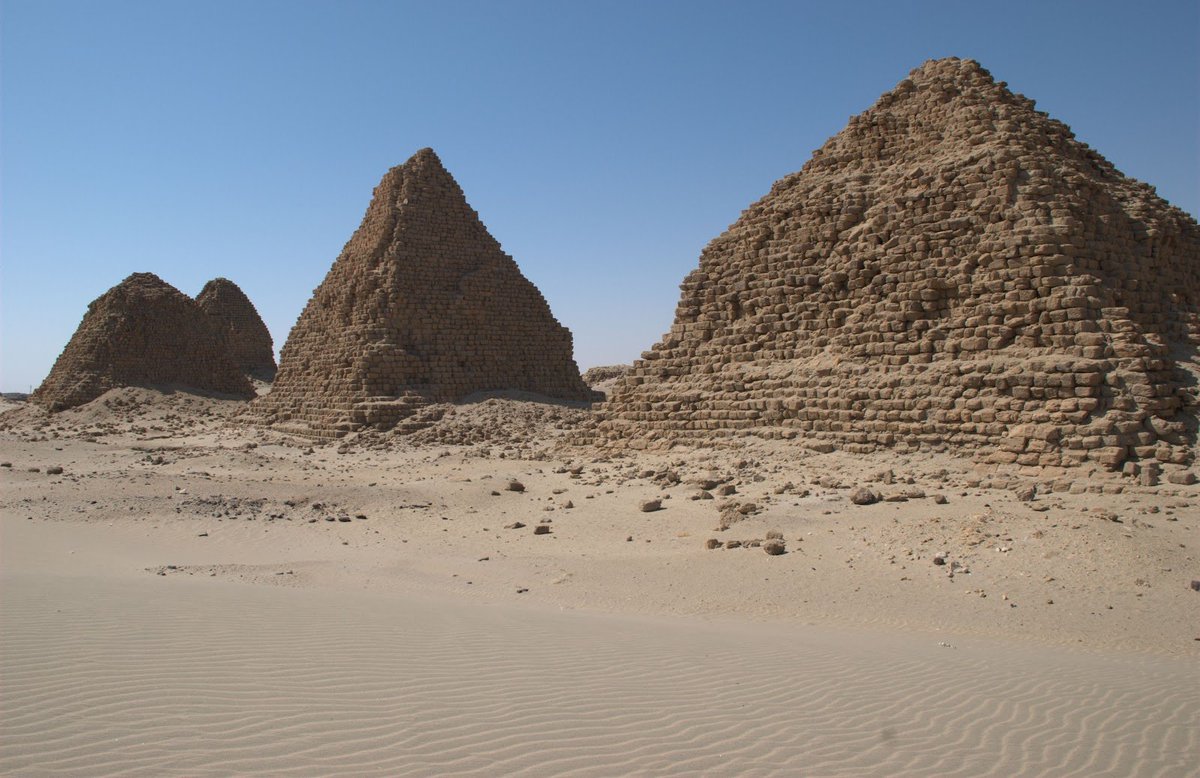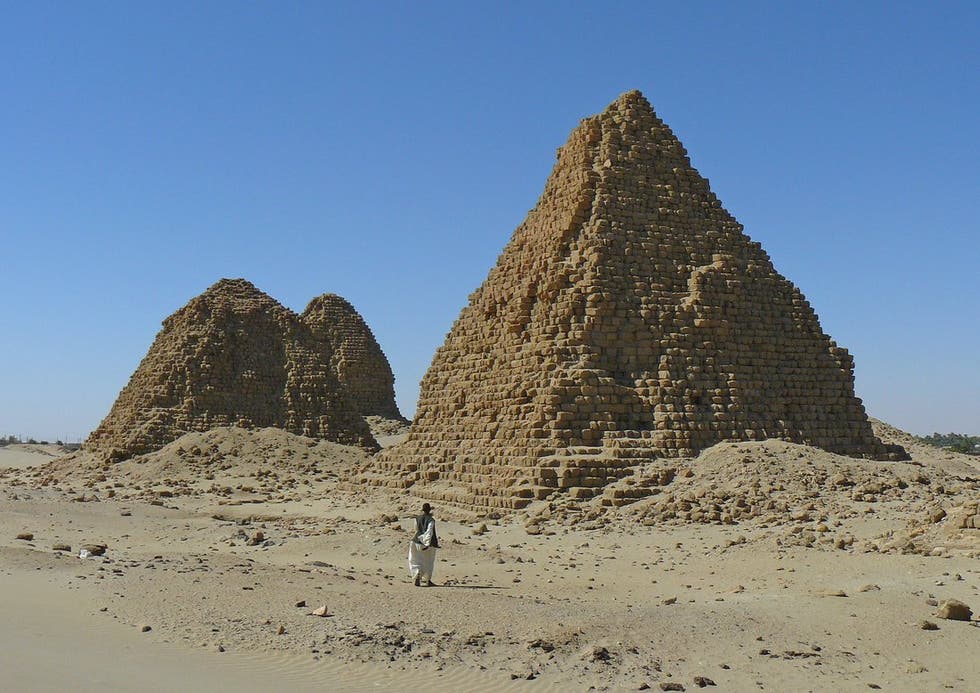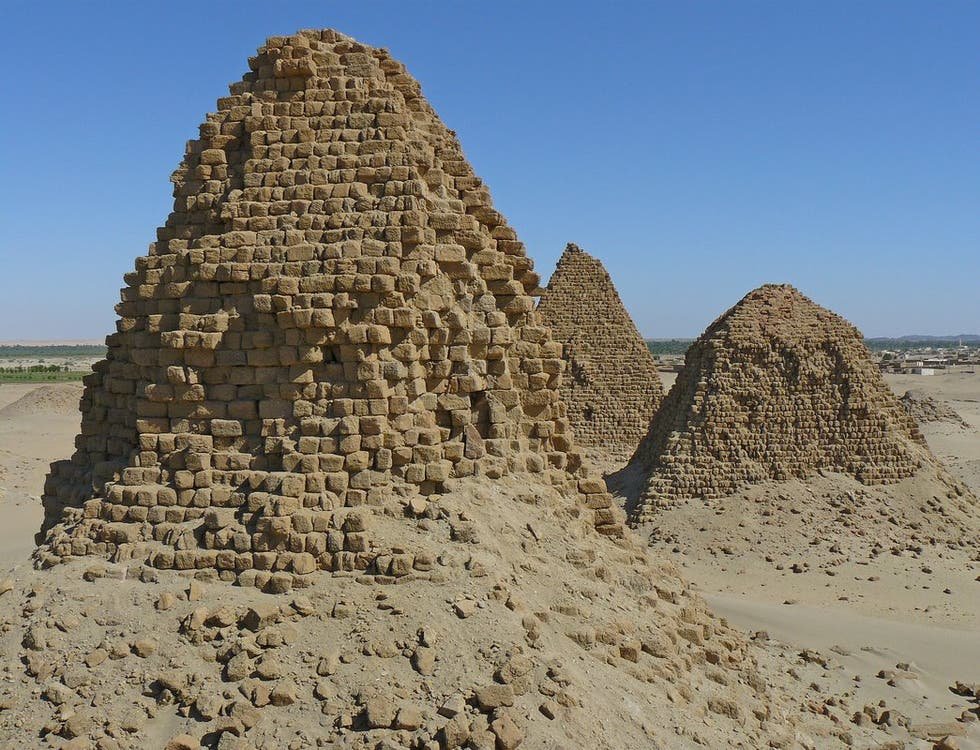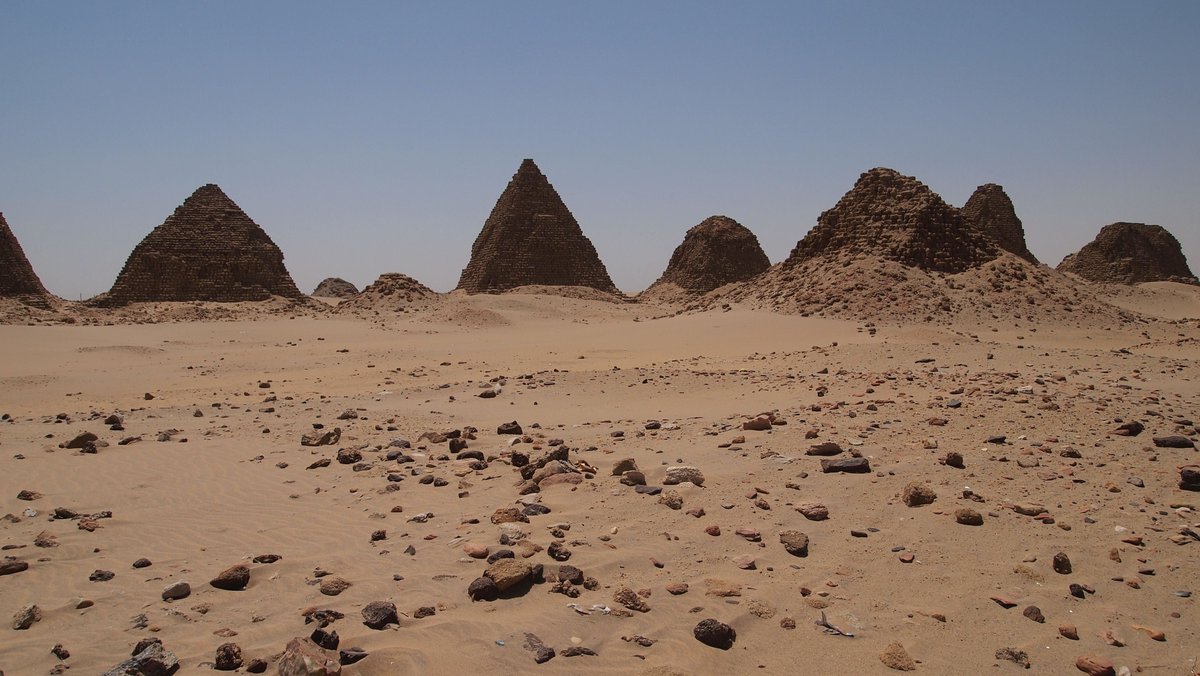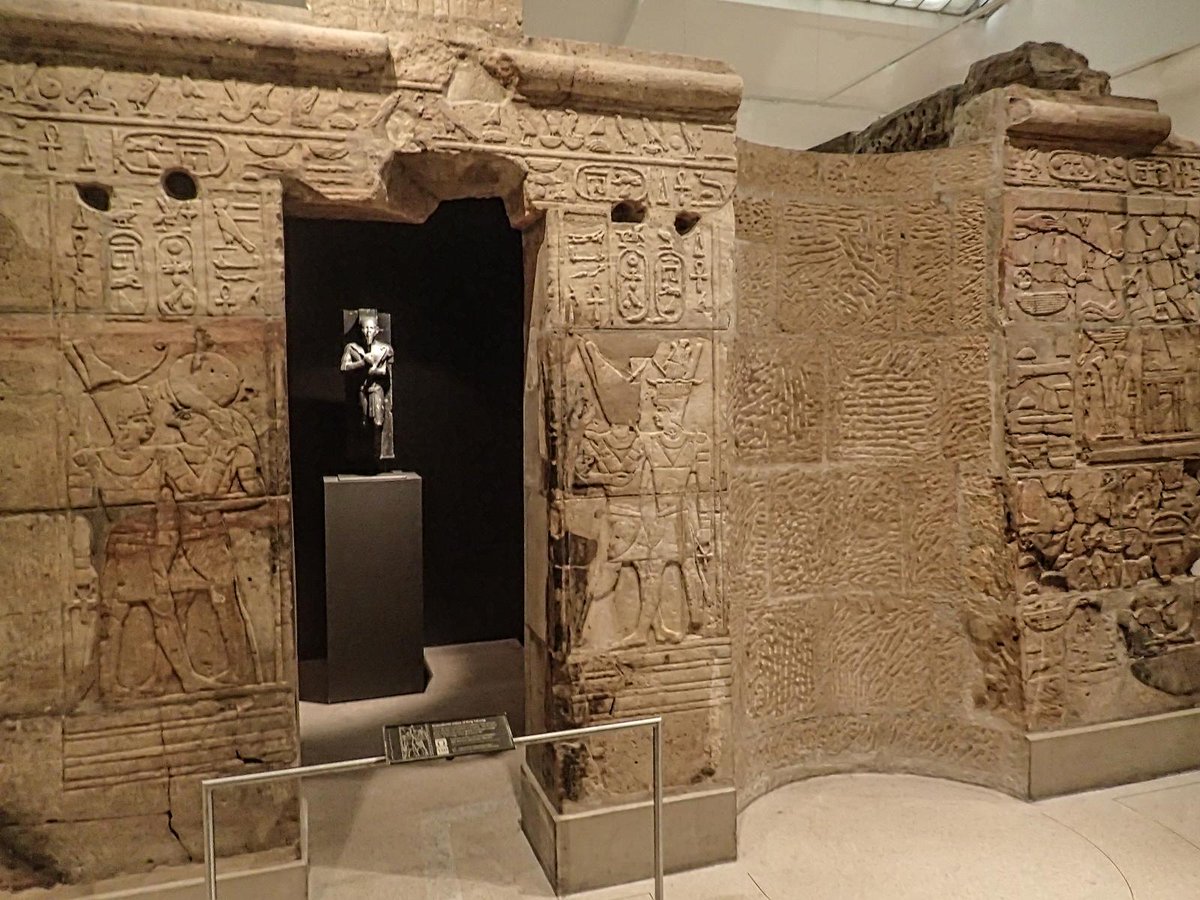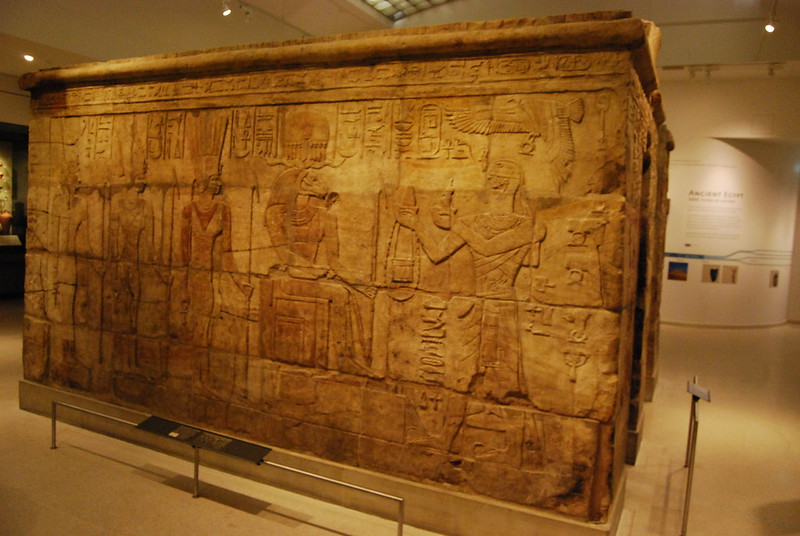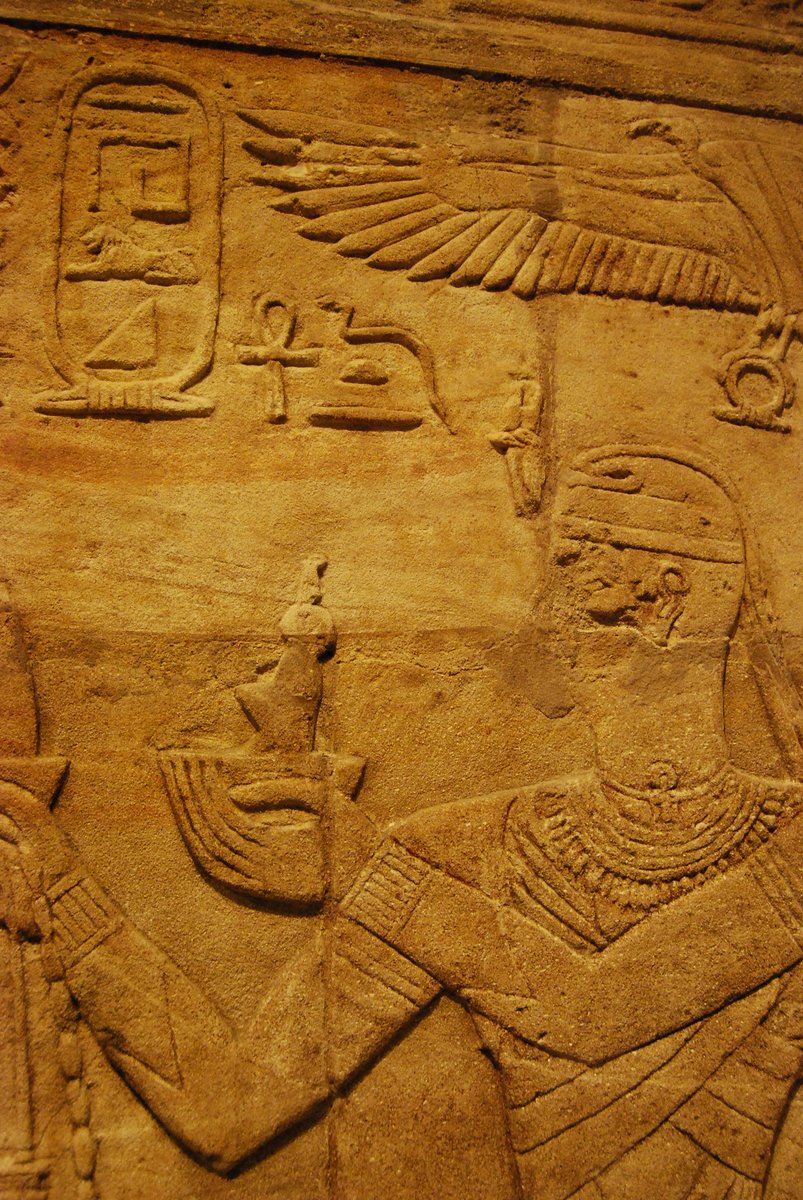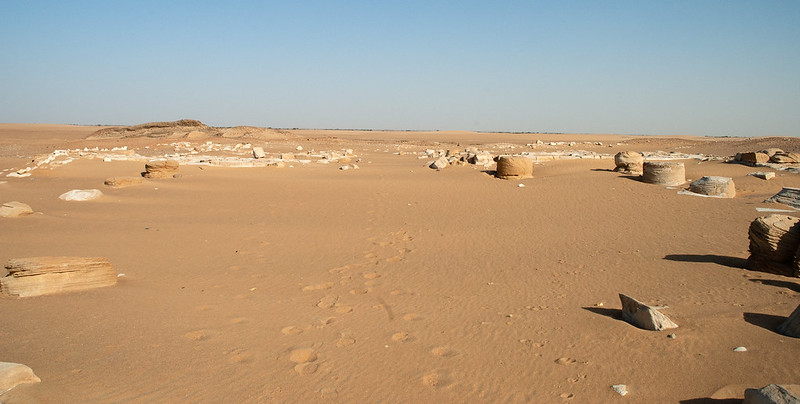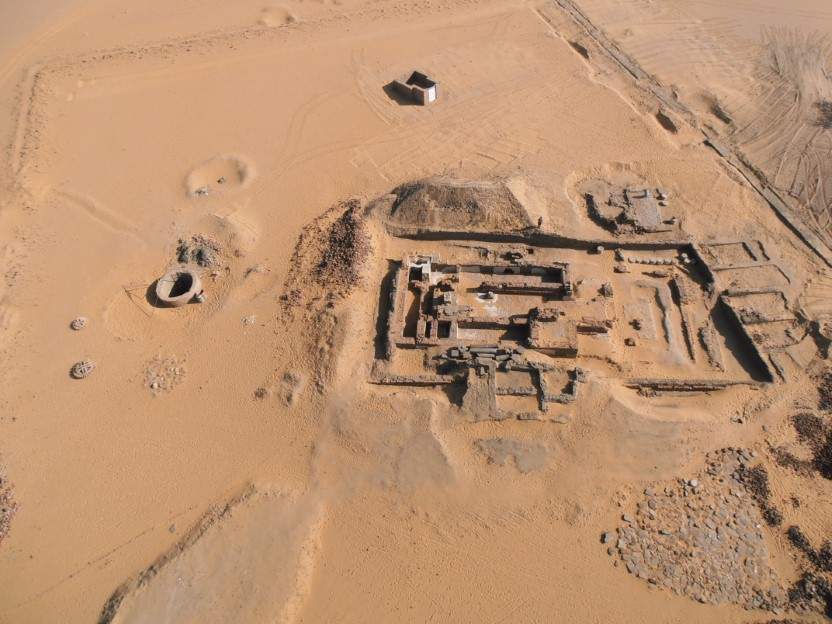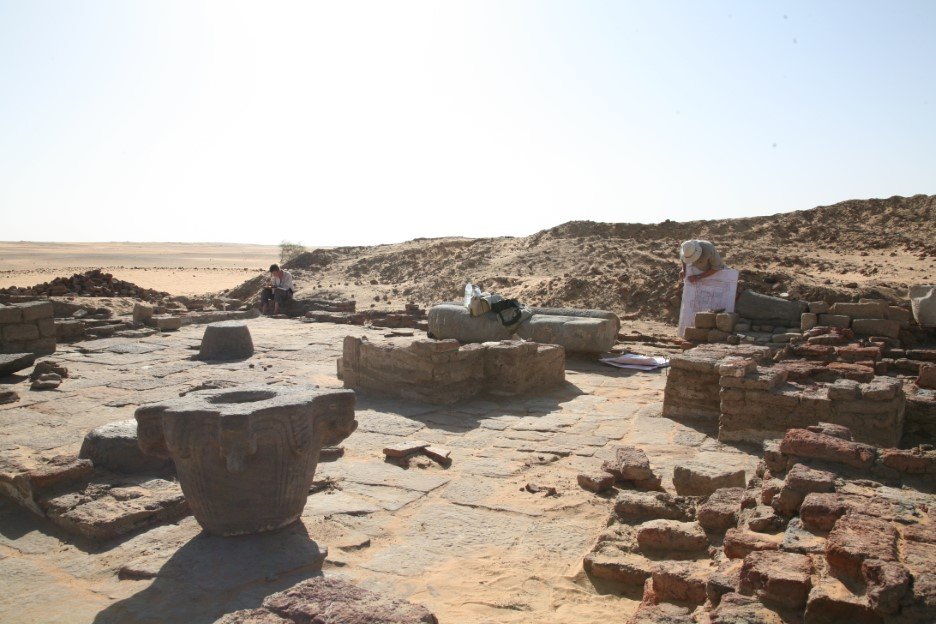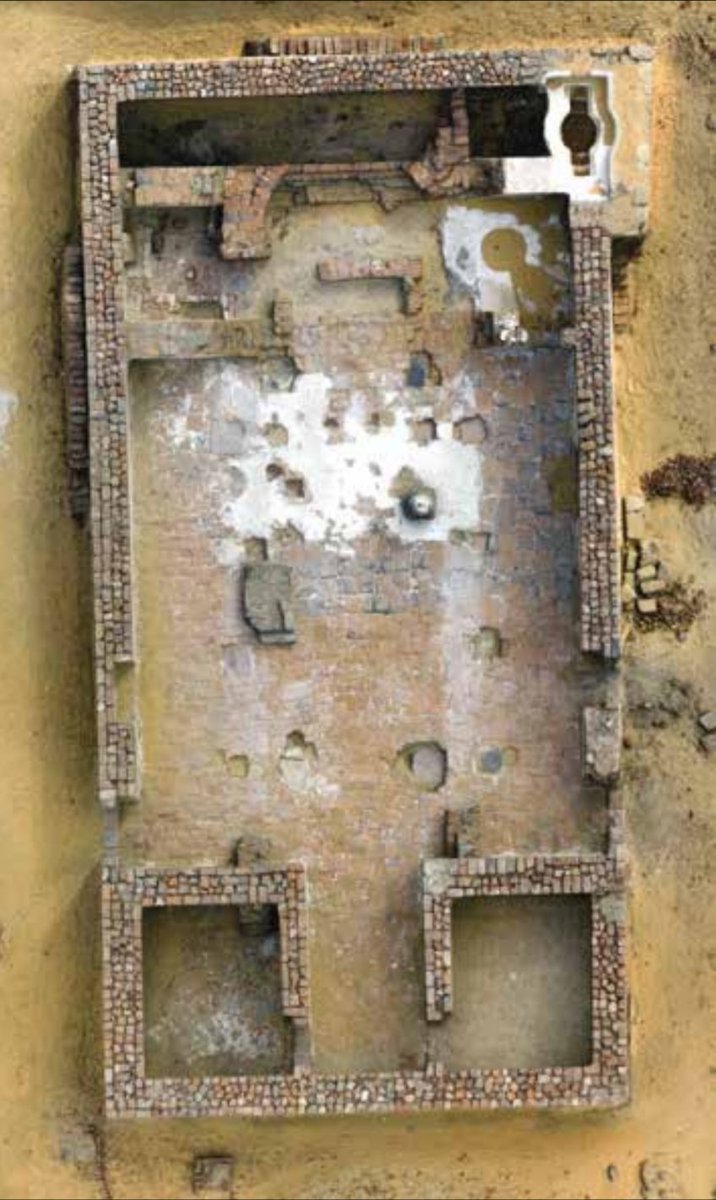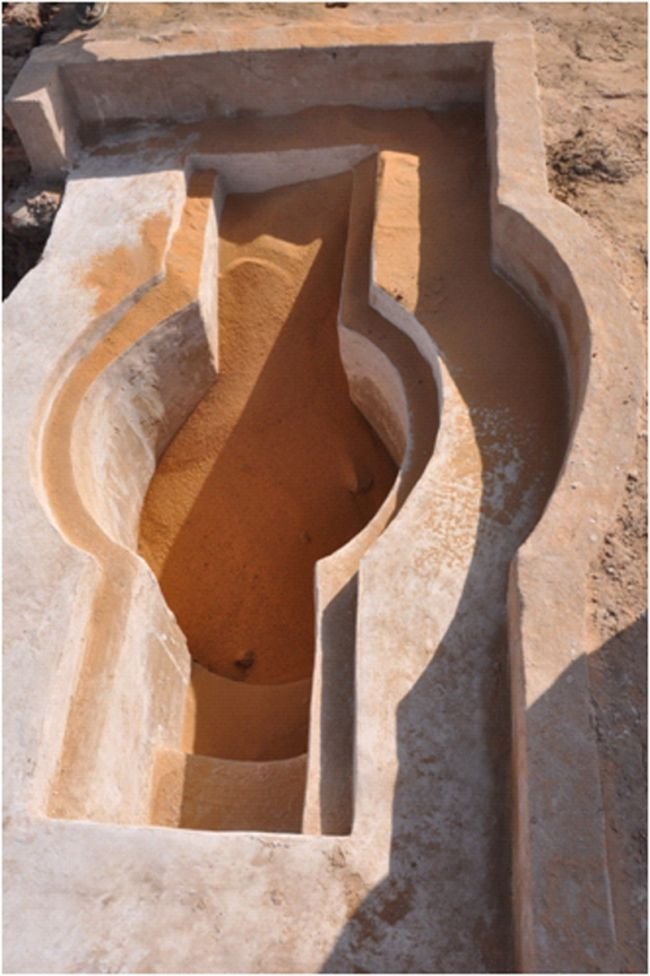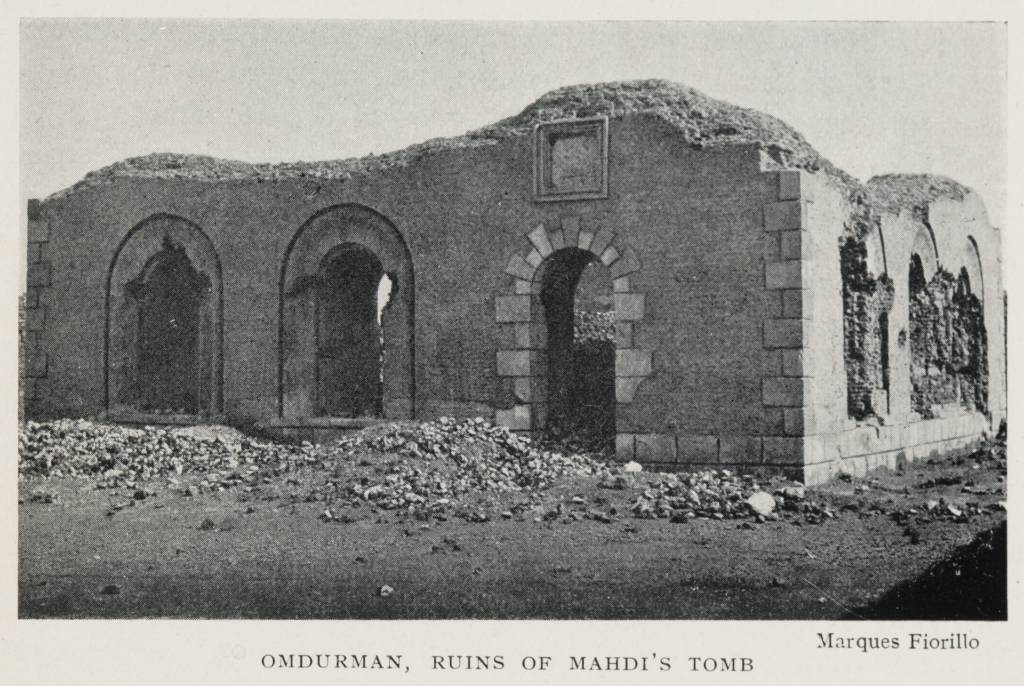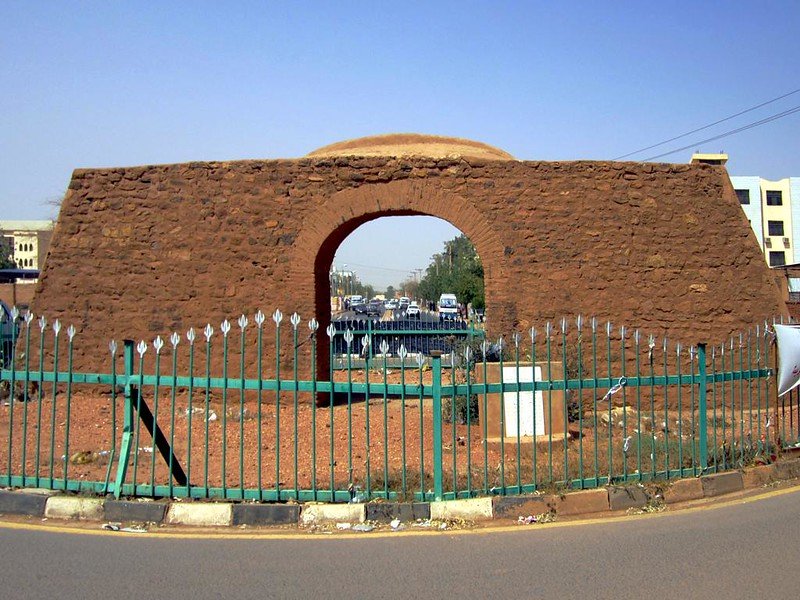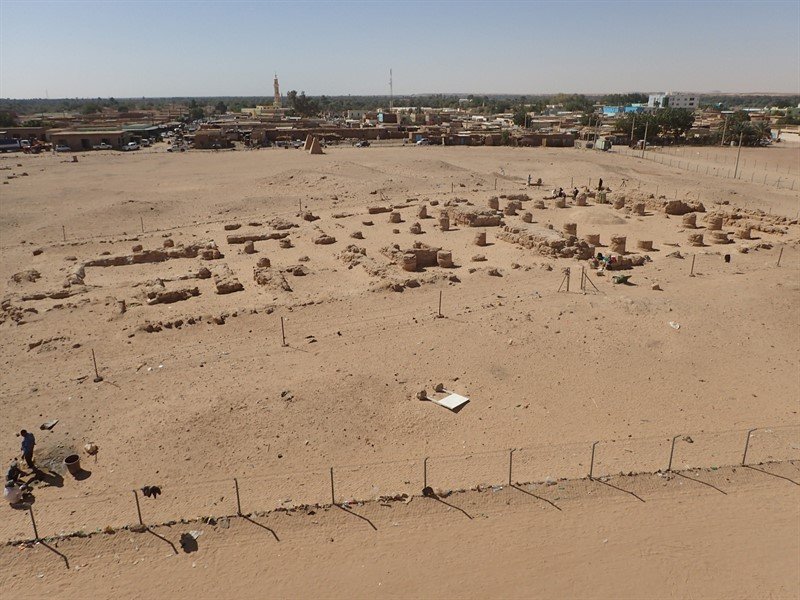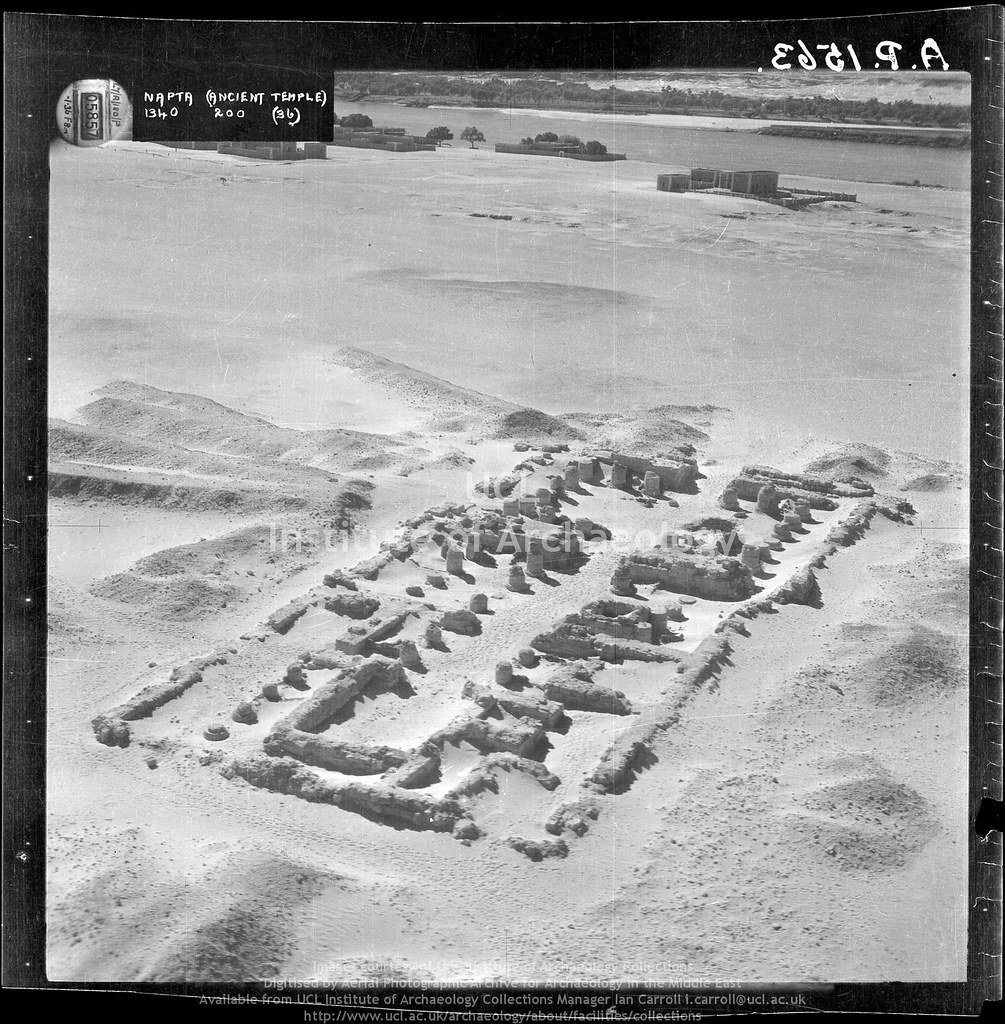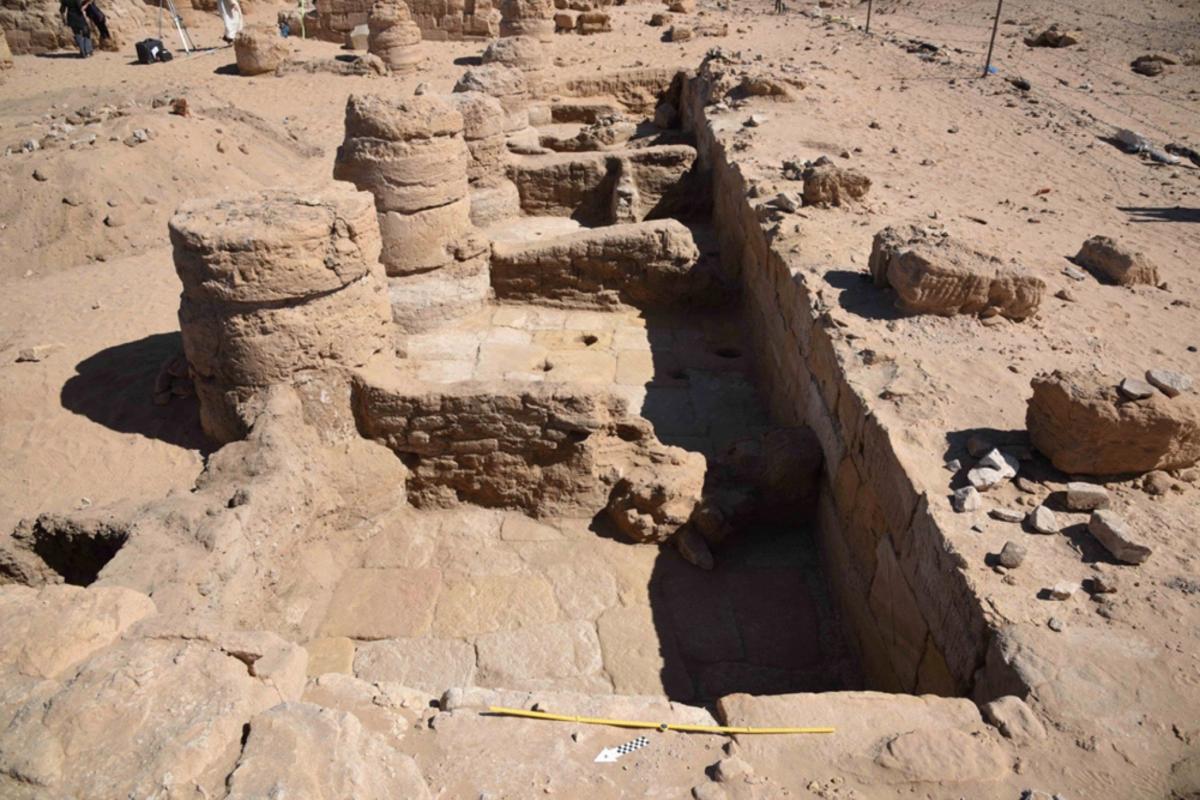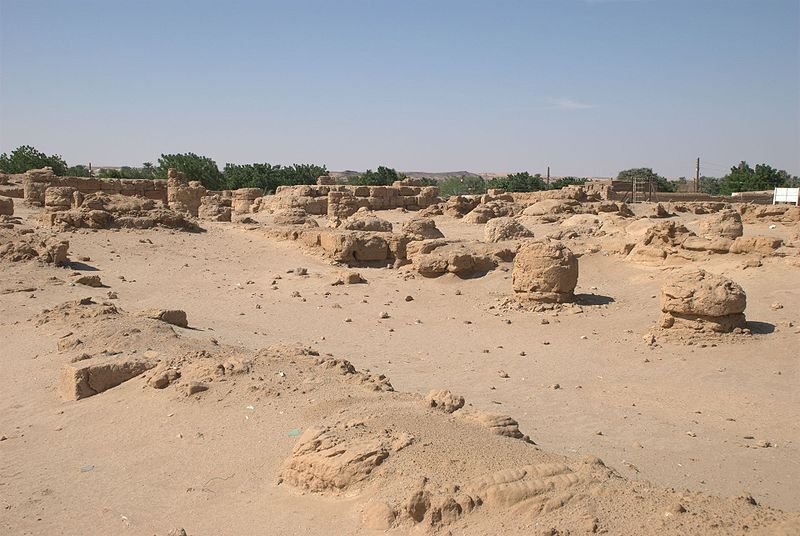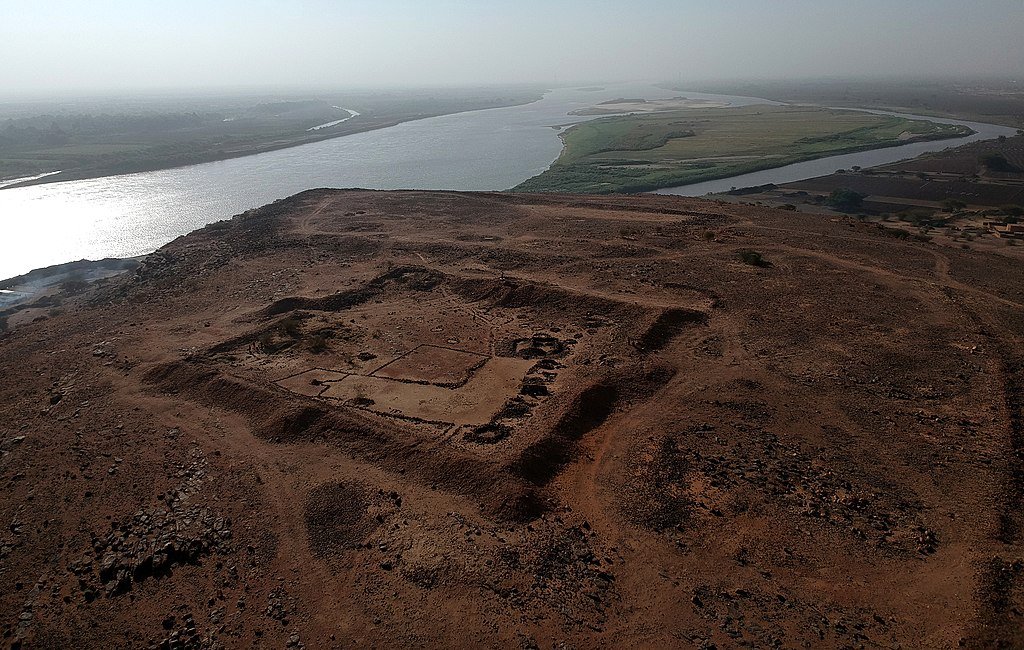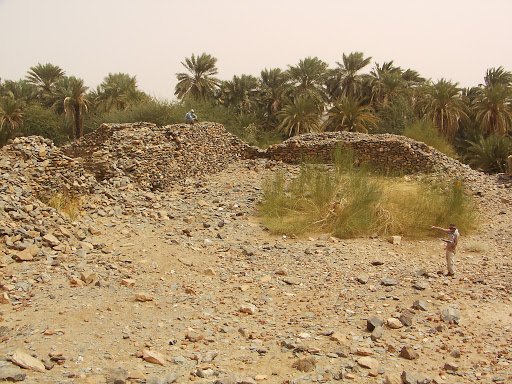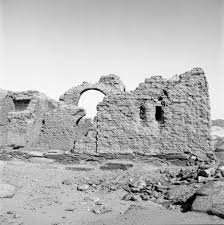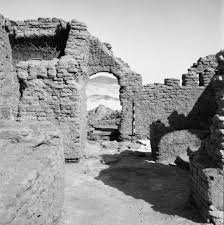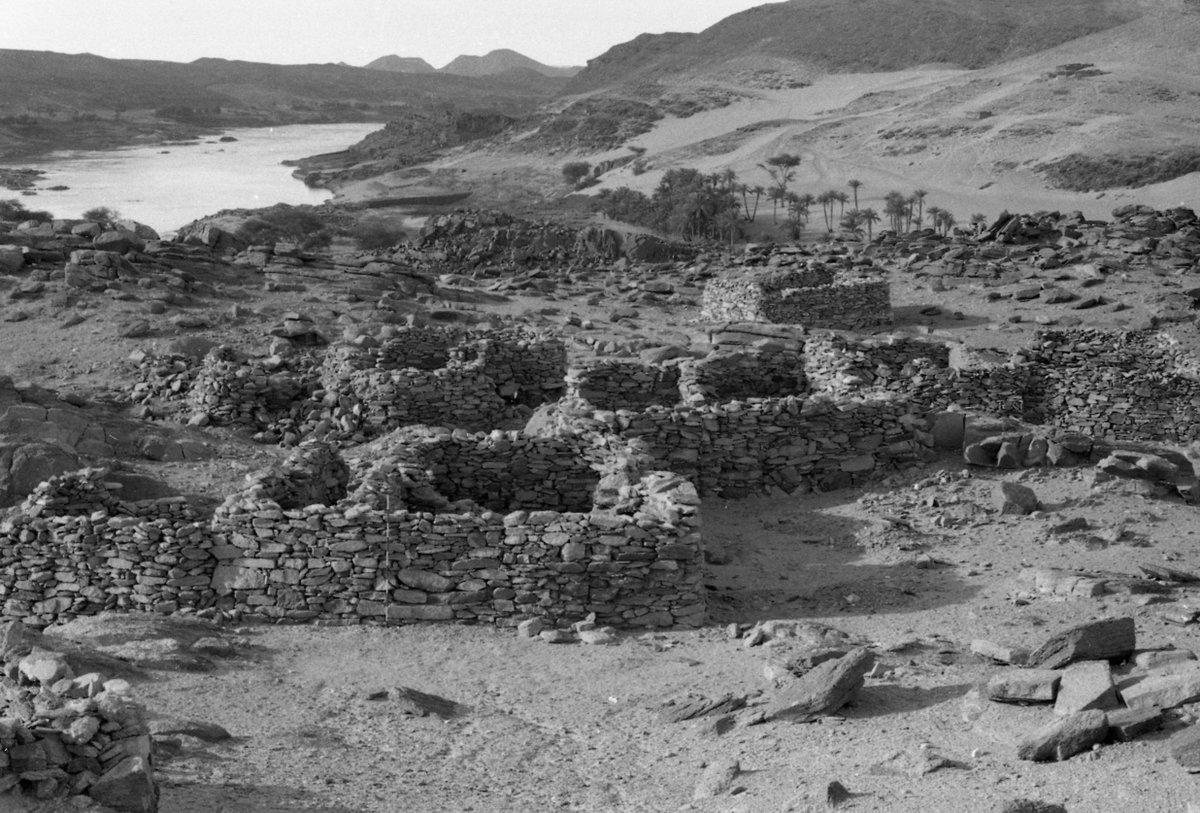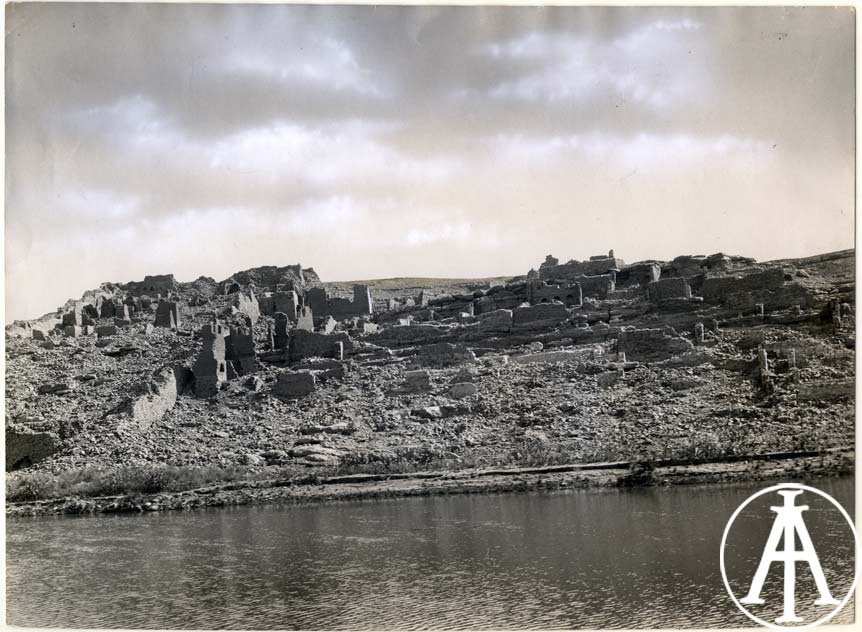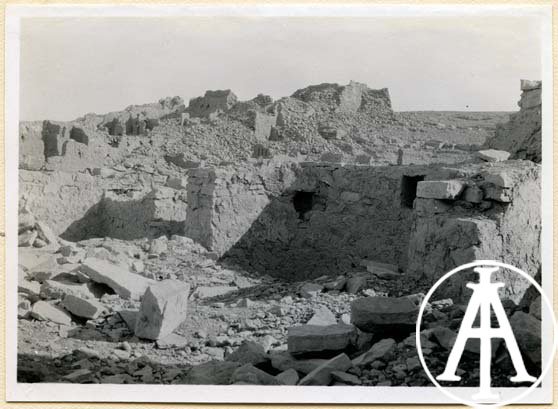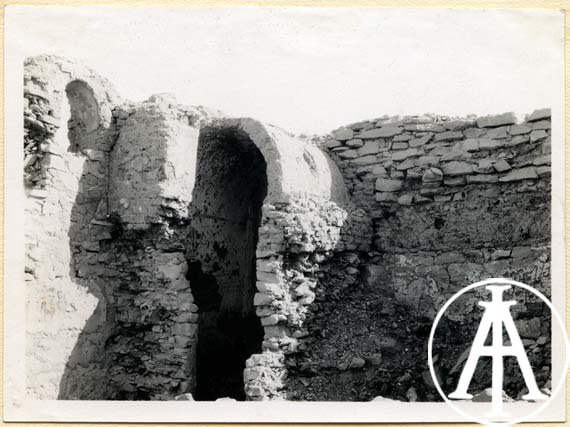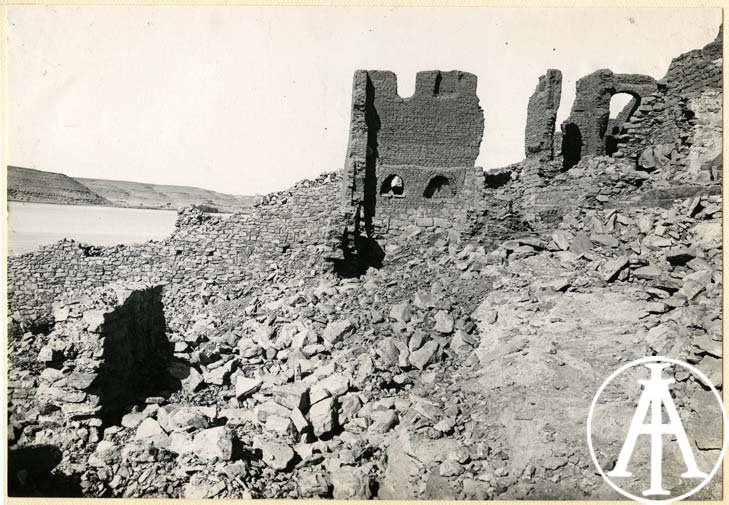Monastery of Ghazali 500AD, makura -christian nubia <the throne room is in the #historyxt thread at dongola>
hope to include more entries from sudan& #39;s christian period 500-1400AD,more;
https://books.google.co.ug/books/about/The_Nubian_Past.html?id=3z-yDRgxn5MC&redir_esc=y
more">https://books.google.co.ug/books/abo... about nubia& #39;s christian monasteries here
http://nubianmonasteries.uw.edu.pl/ ">https://nubianmonasteries.uw.edu.pl/">...
hope to include more entries from sudan& #39;s christian period 500-1400AD,more;
https://books.google.co.ug/books/about/The_Nubian_Past.html?id=3z-yDRgxn5MC&redir_esc=y
more">https://books.google.co.ug/books/abo... about nubia& #39;s christian monasteries here
http://nubianmonasteries.uw.edu.pl/ ">https://nubianmonasteries.uw.edu.pl/">...
more on old dongola https://twitter.com/ElinaRollan/status/827866468301828096">https://twitter.com/ElinaRoll...
4th century pagan & christian nubia fortresses
first
el-Khandaq
https://medievalsaiproject.wordpress.com/2017/12/31/sudan-nubia-21/
second">https://medievalsaiproject.wordpress.com/2017/12/3... is ez zuma (?) plus others
https://www.archaeology.wiki/blog/2016/08/01/riddle-defensive-structures-middle-nile-solved/">https://www.archaeology.wiki/blog/2016...
first
el-Khandaq
https://medievalsaiproject.wordpress.com/2017/12/31/sudan-nubia-21/
second">https://medievalsaiproject.wordpress.com/2017/12/3... is ez zuma (?) plus others
https://www.archaeology.wiki/blog/2016/08/01/riddle-defensive-structures-middle-nile-solved/">https://www.archaeology.wiki/blog/2016...
faras
while i wont include all A C and X-group nubian towns (they& #39;re too many) ill adda few that became christianised
the city dates back to 3800BC, but the cathedral was first used in 700s, the ruins were latter flooded for a dam
#historyxt
http://www.mnw.art.pl/en/collections/permanent-galleries/faras-gallery/">https://www.mnw.art.pl/en/collec...
while i wont include all A C and X-group nubian towns (they& #39;re too many) ill adda few that became christianised
the city dates back to 3800BC, but the cathedral was first used in 700s, the ruins were latter flooded for a dam
#historyxt
http://www.mnw.art.pl/en/collections/permanent-galleries/faras-gallery/">https://www.mnw.art.pl/en/collec...
qsar ibrm
first settled in the 8thcentury BC, grew under the kingdom of makuria <8th century>
the first churches were built in the 6th century and contain many documents in old nubian, greek, arabic and coptic
https://books.google.co.ug/books?id=99gg1AJRmzcC&source=gbs_book_other_versions
-cathedral
-bishop">https://books.google.co.ug/books... gerogios& #39; stele
#historyx
first settled in the 8thcentury BC, grew under the kingdom of makuria <8th century>
the first churches were built in the 6th century and contain many documents in old nubian, greek, arabic and coptic
https://books.google.co.ug/books?id=99gg1AJRmzcC&source=gbs_book_other_versions
-cathedral
-bishop">https://books.google.co.ug/books... gerogios& #39; stele
#historyx
musawwarat es-sufra meroitic temple complex
is a large <55,000m2, 20 column> planned cluster of sandstone temples, courtyards, workshops that served various purposes from 270BC-
including elephant training and astronomy
#historyxt
https://issuu.com/sudarchrs/docs/s_n05-wenig
https://issuu.com/sudarchrs... href=" https://link.springer.com/article/10.1007/s10437-014-9169-0">https://link.springer.com/article/1...
is a large <55,000m2, 20 column> planned cluster of sandstone temples, courtyards, workshops that served various purposes from 270BC-
including elephant training and astronomy
#historyxt
https://issuu.com/sudarchrs/docs/s_n05-wenig
great enclosure
bas relief
lion temple
sculptures of elephants, gods <amun?> and kings
like most pre-christian temples, its grounds were later reused during the christian period as a cemetary
#historyxt
https://books.google.co.ug/books/about/Musawwarat_Es_Sufra.html?id=g5Mu-rJPMYcC&redir_esc=y
kerma 3,000BC
was the capital of the kerma culture<later kingdom> that initially begun as three separate neolithic cultures, later united by 2500BC <until 1500BC> within extensive constructions including the (now ruined) deffufas, a palace and the walled city itself
#historyxt
was the capital of the kerma culture<later kingdom> that initially begun as three separate neolithic cultures, later united by 2500BC <until 1500BC> within extensive constructions including the (now ruined) deffufas, a palace and the walled city itself
#historyxt
reading
Between Two Worlds: The Frontier Region Between Ancient Nubia and Egypt, 3700 BC-AD 500
https://books.google.co.ug/books/about/Between_Two_Worlds.html?id=irbP2hHqDAwC&redir_esc=y
The">https://books.google.co.ug/books/abo... Nubian Past: An Archaeology of the Sudan
https://books.google.co.ug/books?id=3z-yDRgxn5MC&source=gbs_book_other_versions
Kerma:">https://books.google.co.ug/books... The Rise of an African Civilization
https://www.jstor.org/stable/pdf/217388.pdf?refreqid=excelsior%3A6d290e4e56877eca4bcc826b1251a603">https://www.jstor.org/stable/pd...
naqa
one of the largest ruined ancient cities of meroitic kush
occupation starts after 350BC ending after the axumite invasion in the 4th century
the site features some of the best preserved classics of kushite architecture like the apedemak <nubian lion-god> temple
#historyxt
one of the largest ruined ancient cities of meroitic kush
occupation starts after 350BC ending after the axumite invasion in the 4th century
the site features some of the best preserved classics of kushite architecture like the apedemak <nubian lion-god> temple
#historyxt
constructed by king natakamani and queen amanitore during kush& #39;s golden age
 https://abs.twimg.com/emoji/v2/... draggable="false" alt="👆" title="Rückhand Zeigefinger nach oben" aria-label="Emoji: Rückhand Zeigefinger nach oben">
https://abs.twimg.com/emoji/v2/... draggable="false" alt="👆" title="Rückhand Zeigefinger nach oben" aria-label="Emoji: Rückhand Zeigefinger nach oben">
depicting both of them smiting enemies
bas-reliefs of Three-headed Apedemak
"roman kiosk" -actually a transitory/stationary shrine of a smaller nubian deity facing apedemak
 https://abs.twimg.com/emoji/v2/... draggable="false" alt="👇" title="Rückhand Zeigefinger nach unten" aria-label="Emoji: Rückhand Zeigefinger nach unten">amun temple, columns
https://abs.twimg.com/emoji/v2/... draggable="false" alt="👇" title="Rückhand Zeigefinger nach unten" aria-label="Emoji: Rückhand Zeigefinger nach unten">amun temple, columns
depicting both of them smiting enemies
bas-reliefs of Three-headed Apedemak
"roman kiosk" -actually a transitory/stationary shrine of a smaller nubian deity facing apedemak
The Image of the Ordered World in Ancient Nubian Art: The Construction of the Kushite Mind, 800 BC-300 AD
Laszlo Torok
https://books.google.co.ug/books/about/The_Image_of_the_Ordered_World_in_Ancien.html?id=7hpyAAAAMAAJ&source=kp_book_description&redir_esc=y
Amun">https://books.google.co.ug/books/abo... temples in Nubia: a typological study of New Kingdom, Napatan and Meroitic temples
Caroline Michelle https://books.google.co.ug/books/about/Amun_Temples_in_Nubia.html?id=anIPAQAAMAAJ&source=kp_book_description&redir_esc=y">https://books.google.co.ug/books/abo...
Laszlo Torok
https://books.google.co.ug/books/about/The_Image_of_the_Ordered_World_in_Ancien.html?id=7hpyAAAAMAAJ&source=kp_book_description&redir_esc=y
Amun">https://books.google.co.ug/books/abo... temples in Nubia: a typological study of New Kingdom, Napatan and Meroitic temples
Caroline Michelle https://books.google.co.ug/books/about/Amun_Temples_in_Nubia.html?id=anIPAQAAMAAJ&source=kp_book_description&redir_esc=y">https://books.google.co.ug/books/abo...
banganarti, sudan
550AD-
#historyxt
a meroitic to makurian era christian city with two large 6th cent churches, containing over 70 murals (including one of the world& #39;s oldest images of the virgin mary and archangel raphael), 1000 inscriptions in old nubian & greek
the church& #39;s
550AD-
#historyxt
a meroitic to makurian era christian city with two large 6th cent churches, containing over 70 murals (including one of the world& #39;s oldest images of the virgin mary and archangel raphael), 1000 inscriptions in old nubian & greek
the church& #39;s
architectural styles borrow heavily from meroitic temples from its pre-christian era
it was a major pilgrimage centre for southern nubian states travelling to jerusalem
paintings indicate the makurians were in contact with other christian states like Byzantine
-interior
-hell
it was a major pilgrimage centre for southern nubian states travelling to jerusalem
paintings indicate the makurians were in contact with other christian states like Byzantine
-interior
-hell
Guide-to-Banganarti
Bogdan Żurawski
http://centrumnubia.org/files/Guide-to-Banganarti.pdf
Banganarti">https://centrumnubia.org/files/Gui... and Selib: season 2011
Bogdan Żurawski
https://www.pcma.uw.edu.pl/wp-content/uploads/pam/PAM_2011_XXIII_1/PAM_23_1_Banganarti_Zurawski_et_alli.pdf
Medieval">https://www.pcma.uw.edu.pl/wp-conten... Nubia: A Social and Economic History
By Giovanni Ruffini https://books.google.co.ug/books/about/Medieval_Nubia.html?id=NclzrtL9PEEC&source=kp_book_description&redir_esc=y">https://books.google.co.ug/books/abo...
Bogdan Żurawski
http://centrumnubia.org/files/Guide-to-Banganarti.pdf
Banganarti">https://centrumnubia.org/files/Gui... and Selib: season 2011
Bogdan Żurawski
https://www.pcma.uw.edu.pl/wp-content/uploads/pam/PAM_2011_XXIII_1/PAM_23_1_Banganarti_Zurawski_et_alli.pdf
Medieval">https://www.pcma.uw.edu.pl/wp-conten... Nubia: A Social and Economic History
By Giovanni Ruffini https://books.google.co.ug/books/about/Medieval_Nubia.html?id=NclzrtL9PEEC&source=kp_book_description&redir_esc=y">https://books.google.co.ug/books/abo...
"Wad ban Naqa" <not to be confused with naqa/naga> was an important meroitic-era kushite city from the 350BC-
especially during the era amanishakheto and her son natakamani ,
#historyxt
amanishakheto& #39;s palace and apedemak, amun temples
circular temple
Amanitore& #39;s bas relief
especially during the era amanishakheto and her son natakamani ,
#historyxt
amanishakheto& #39;s palace and apedemak, amun temples
circular temple
Amanitore& #39;s bas relief
Wad ben Naga. A history of the site. Sudan & Nubia 18
Pavel Onderka
https://www.academia.edu/15356379/Wad_ben_Naga._A_history_of_the_site._Sudan_and_Nubia_18
Excavation">https://www.academia.edu/15356379/... site with the ruins of Wad Ben Naga
https://www.moin-monja.de/egypt/Nubien/Wad_Ban_Naga/Wad_Ban_Naga.htm
The">https://www.moin-monja.de/egypt/Nub... Kingdom of Kush: Handbook of the Napatan-Meriotic Civilization
László Török https://books.google.com.au/books/about/Der_Nahe_und_Mittlere_Osten.html?id=g0BtAAAAMAAJ&source=kp_book_description&redir_esc=y">https://books.google.com.au/books/abo...
Pavel Onderka
https://www.academia.edu/15356379/Wad_ben_Naga._A_history_of_the_site._Sudan_and_Nubia_18
Excavation">https://www.academia.edu/15356379/... site with the ruins of Wad Ben Naga
https://www.moin-monja.de/egypt/Nubien/Wad_Ban_Naga/Wad_Ban_Naga.htm
The">https://www.moin-monja.de/egypt/Nub... Kingdom of Kush: Handbook of the Napatan-Meriotic Civilization
László Török https://books.google.com.au/books/about/Der_Nahe_und_Mittlere_Osten.html?id=g0BtAAAAMAAJ&source=kp_book_description&redir_esc=y">https://books.google.com.au/books/abo...
Old Dongola -600AD, was the capital of Makuria The site contains many ruins like the 12-column granite church, houses, palaces and graves. most prominent ruin being the citadel/Mosque, originally a Christian coronation hall that was converted into a mosque in 1317 CE.
#historyxt
#historyxt
-The Archaeology of Islam in Sub-Saharan Africa
T. Insoll
https://books.google.co.ug/books/about/The_Archaeology_of_Islam_in_Sub_Saharan.html?id=frC8SAu9QxQC&source=kp_book_description&redir_esc=y
-The">https://books.google.co.ug/books/abo... medieval kingdoms of Nubia: pagans, Christians and Muslims along the Middle Nile
D. A. Welsby
-The Nubian Past: An Archaeology of the Sudan
D. N. Edwards
dangeil was a (7th century BC- ) napatan era city of kush
#historyxt
most prominent ruin is the 1st century AD amun temple likely built by queen amanitore and a large 4th century fortress, it was abandoned after the aksumite invasion of kush
-temple
-altars
cc; @Amesemi
#historyxt
most prominent ruin is the 1st century AD amun temple likely built by queen amanitore and a large 4th century fortress, it was abandoned after the aksumite invasion of kush
-temple
-altars
cc; @Amesemi
reading...
Dangeil, Sudan
https://www.world-archaeology.com/features/dangeil-sudan/
The">https://www.world-archaeology.com/features/... Nubian Past: An Archaeology of the Sudan
David N. Edwards
https://books.google.com.au/books/about/The_Nubian_Past.html?id=3z-yDRgxn5MC&source=kp_book_description&redir_esc=y
The">https://books.google.com.au/books/abo... Double Kingdom Under Taharqo Jeremy W. Pope; Studies in the History of Kush and Egypt, C. 690 – 664 BC https://books.google.com.au/books?id=1m_AAgAAQBAJ&source=gbs_book_other_versions">https://books.google.com.au/books...
Dangeil, Sudan
https://www.world-archaeology.com/features/dangeil-sudan/
The">https://www.world-archaeology.com/features/... Nubian Past: An Archaeology of the Sudan
David N. Edwards
https://books.google.com.au/books/about/The_Nubian_Past.html?id=3z-yDRgxn5MC&source=kp_book_description&redir_esc=y
The">https://books.google.com.au/books/abo... Double Kingdom Under Taharqo Jeremy W. Pope; Studies in the History of Kush and Egypt, C. 690 – 664 BC https://books.google.com.au/books?id=1m_AAgAAQBAJ&source=gbs_book_other_versions">https://books.google.com.au/books...
gebel adda 100AD
#historyxt
the now-flooded fortified city was built during the (late) meroitic - (mukurian) christian era <1st -15th century AD>
the site includes a meroitic stonewall and temple, christian palace, a number of churches and numerous houses
<continued...>
#historyxt
the now-flooded fortified city was built during the (late) meroitic - (mukurian) christian era <1st -15th century AD>
the site includes a meroitic stonewall and temple, christian palace, a number of churches and numerous houses
<continued...>
<minor>
another feature of the makurian state were its hilltop christian monasteries
masida was a small makurian church built in the medieval era , its mudbrick walls still preserve the remains of wallpaintings
another feature of the makurian state were its hilltop christian monasteries
masida was a small makurian church built in the medieval era , its mudbrick walls still preserve the remains of wallpaintings
reading;
expeditions to gebel adda
https://www.gebel-adda.com/
Gebel">https://www.gebel-adda.com/">... Adda Preliminary Report, 1965-66
Nicholas B. Millet
#metadata_info_tab_contents">https://www.jstor.org/stable/40000733?seq=1 #metadata_info_tab_contents
The">https://www.jstor.org/stable/40... Nubian Past: An Archaeology of the Sudan
By David N. Edwards https://books.google.co.ug/books/about/The_Nubian_Past.html?id=3z-yDRgxn5MC&source=kp_book_description&redir_esc=y">https://books.google.co.ug/books/abo...
expeditions to gebel adda
https://www.gebel-adda.com/
Gebel">https://www.gebel-adda.com/">... Adda Preliminary Report, 1965-66
Nicholas B. Millet
#metadata_info_tab_contents">https://www.jstor.org/stable/40000733?seq=1 #metadata_info_tab_contents
The">https://www.jstor.org/stable/40... Nubian Past: An Archaeology of the Sudan
By David N. Edwards https://books.google.co.ug/books/about/The_Nubian_Past.html?id=3z-yDRgxn5MC&source=kp_book_description&redir_esc=y">https://books.google.co.ug/books/abo...
3rd-2nd cent. BC meroitic era;
temple of dakka built by king Arqamani
temple of debod was built by king Adikhalamani <now in spain>
#historyxt
both built when kush annexed lower nubia by arqamani taking advantage of Hugronaphor& #39;s revolt
both later extended by the ptolemies
temple of dakka built by king Arqamani
temple of debod was built by king Adikhalamani <now in spain>
#historyxt
both built when kush annexed lower nubia by arqamani taking advantage of Hugronaphor& #39;s revolt
both later extended by the ptolemies
Between Two Worlds: The Frontier Region Between Ancient Nubia and Egypt, 3700 BC-AD 500
László Török
https://books.google.co.ug/books/about/Between_Two_Worlds.html?id=irbP2hHqDAwC&redir_esc=y
Güterbegriff">https://books.google.co.ug/books/abo... und Handlungstheorie
Al Mooren https://books.google.co.ug/books/about/G%C3%BCterbegriff_und_Handlungstheorie.html?id=0rG3tspSj6oC&redir_esc=y">https://books.google.co.ug/books/abo...
László Török
https://books.google.co.ug/books/about/Between_Two_Worlds.html?id=irbP2hHqDAwC&redir_esc=y
Güterbegriff">https://books.google.co.ug/books/abo... und Handlungstheorie
Al Mooren https://books.google.co.ug/books/about/G%C3%BCterbegriff_und_Handlungstheorie.html?id=0rG3tspSj6oC&redir_esc=y">https://books.google.co.ug/books/abo...
6th-12th century medieval nubian forts of Hisn al-Bab and kulubnarti -the later was converted into a castle
such forts were common during the christian era esp as makuria faced a hostile mamluk and ottoman egypt
#historyxt
Hisn fort and stables
Kulubnarti island fort/houses
such forts were common during the christian era esp as makuria faced a hostile mamluk and ottoman egypt
#historyxt
Hisn fort and stables
Kulubnarti island fort/houses
The forts of Hisn al-Bab and the First Cataract Frontier
A L. Gascoigne and P J. Rose
Mighty Kingdoms and their Forts
Mariusz Drzewiecki
Kulubnarti I: The Architectural Remains
W Y. Adams
The power of walls fortifications in ancient Northeastern Africa
F Jesse, C. Vogel
A L. Gascoigne and P J. Rose
Mighty Kingdoms and their Forts
Mariusz Drzewiecki
Kulubnarti I: The Architectural Remains
W Y. Adams
The power of walls fortifications in ancient Northeastern Africa
F Jesse, C. Vogel
8th century BC fortress of Gala Abu Ahmed in sudan
#historyxt
the 120 x 180m napatan era drystone fortress now mostly covered in sand housed over 200 soldiers in several buildings
it was abandoned during the meroitic era
#historyxt
the 120 x 180m napatan era drystone fortress now mostly covered in sand housed over 200 soldiers in several buildings
it was abandoned during the meroitic era
for more on similar nubian fortresses, see sources in thread
The power of walls : fortifications in ancient Northeastern Africa: Proceedings of the international workshop held at the University of Cologne 4th-7th August 2011
Friederike Jesse, Carola Vogel https://books.google.co.ug/books/about/The_power_of_walls_fortifications_in_anc.html?id=wUiWDwAAQBAJ&redir_esc=y">https://books.google.co.ug/books/abo...
The power of walls : fortifications in ancient Northeastern Africa: Proceedings of the international workshop held at the University of Cologne 4th-7th August 2011
Friederike Jesse, Carola Vogel https://books.google.co.ug/books/about/The_power_of_walls_fortifications_in_anc.html?id=wUiWDwAAQBAJ&redir_esc=y">https://books.google.co.ug/books/abo...
Sedeinga 400BC
#historyxt
was a napatan-meroitic era town and cemetery of elites of the kingdom of kush in over 35 small pyramids with a unique inner cycle <cupola> design probably an extension of kerma& #39;s tumulus burials
cupola-type pyramids
intel of the goddess maat
#historyxt
was a napatan-meroitic era town and cemetery of elites of the kingdom of kush in over 35 small pyramids with a unique inner cycle <cupola> design probably an extension of kerma& #39;s tumulus burials
cupola-type pyramids
intel of the goddess maat
brief on sedeinga
http://www.cnrs.fr/en/ancient-nubia-present-day-sudan-footsteps-napata-and-meroe-kingdoms
others;">https://www.cnrs.fr/en/ancien...
Beads and pendants from Sedeinga, Nubia
Joanna Then-Obłuska
https://www.academia.edu/28331138/Beads_and_pendants_from_Sedeinga_Nubia
Excavations">https://www.academia.edu/28331138/... of the French Archaeological Mission in Sedeinga, 2011 Season
Vincent Francigny, Claude Rilly https://www.researchgate.net/publication/262141350_Excavations_of_the_French_Archaeological_Mission_in_Sedeinga_2011_Season">https://www.researchgate.net/publicati...
http://www.cnrs.fr/en/ancient-nubia-present-day-sudan-footsteps-napata-and-meroe-kingdoms
others;">https://www.cnrs.fr/en/ancien...
Beads and pendants from Sedeinga, Nubia
Joanna Then-Obłuska
https://www.academia.edu/28331138/Beads_and_pendants_from_Sedeinga_Nubia
Excavations">https://www.academia.edu/28331138/... of the French Archaeological Mission in Sedeinga, 2011 Season
Vincent Francigny, Claude Rilly https://www.researchgate.net/publication/262141350_Excavations_of_the_French_Archaeological_Mission_in_Sedeinga_2011_Season">https://www.researchgate.net/publicati...
9th cent. BC el kurru napatan royal cemetery , sudan
the oldest of the five major nubian cemeteries of the kingdom of kush <including 25th dynasty>
#historyxt
-mortuary temple
-"k 1" pyramid - largest at the site <abt 1/4 of giza>
-paintings in Tanutamani & Qalhata& #39;s tombs
the oldest of the five major nubian cemeteries of the kingdom of kush <including 25th dynasty>
#historyxt
-mortuary temple
-"k 1" pyramid - largest at the site <abt 1/4 of giza>
-paintings in Tanutamani & Qalhata& #39;s tombs
they initially begun as tumuli -a revival of nubian mortuary traditions from kerma later transitioning into more steeply inclined pyramids borrowing from the old-kingdom style after piye& #39;s reign
the site was settled from the napatan era and abandoned after the christian era
the site was settled from the napatan era and abandoned after the christian era
Excavations at El Kurru 2015-2016
Rachael J Dann et al
https://www.academia.edu/30958361/Excavations_at_El_Kurru_2015-2016._Sudan_and_Nubia
The">https://www.academia.edu/30958361/... Nubian Past: An Archaeology of the Sudan
David N. Edwards https://books.google.co.ug/books?id=3z-yDRgxn5MC&source=gbs_book_other_versions">https://books.google.co.ug/books...
Rachael J Dann et al
https://www.academia.edu/30958361/Excavations_at_El_Kurru_2015-2016._Sudan_and_Nubia
The">https://www.academia.edu/30958361/... Nubian Past: An Archaeology of the Sudan
David N. Edwards https://books.google.co.ug/books?id=3z-yDRgxn5MC&source=gbs_book_other_versions">https://books.google.co.ug/books...
kawa/gematon - 2400BC-400AD
#historyxt
is an ancient city in sudan, settlement dates back to the kerma period <25th cent> growing into a pharaonic town <14th cent.> declining then resurging during the kushite <BC 8th- AD 4th cent> era from which most of the ruins are dated 1/2
#historyxt
is an ancient city in sudan, settlement dates back to the kerma period <25th cent> growing into a pharaonic town <14th cent.> declining then resurging during the kushite <BC 8th- AD 4th cent> era from which most of the ruins are dated 1/2
-taharqo& #39;s 684BC temple and shrine
-one of the 16 pyramids found at the meroitic era cemetery
-tin bronze offering table
most of the ruins are buried in windblown sand, pyramids were built for both the commoners and the elite most were destroyed by grave robbers
-one of the 16 pyramids found at the meroitic era cemetery
-tin bronze offering table
most of the ruins are buried in windblown sand, pyramids were built for both the commoners and the elite most were destroyed by grave robbers
The Pharaonic and Kushite Town of Gematon
Derek A. Welsby
https://www.qsap.org.qa/images/doc/kawa_qsap_english_booklet.pdf
The">https://www.qsap.org.qa/images/do... Double Kingdom Under Taharqo: Studies in the History of Kush and Egypt, c. 690 – 664 BC
Jeremy W. Pope https://books.google.co.ug/books/about/The_Double_Kingdom_Under_Taharqo.html?id=1m_AAgAAQBAJ&redir_esc=y">https://books.google.co.ug/books/abo...
Derek A. Welsby
https://www.qsap.org.qa/images/doc/kawa_qsap_english_booklet.pdf
The">https://www.qsap.org.qa/images/do... Double Kingdom Under Taharqo: Studies in the History of Kush and Egypt, c. 690 – 664 BC
Jeremy W. Pope https://books.google.co.ug/books/about/The_Double_Kingdom_Under_Taharqo.html?id=1m_AAgAAQBAJ&redir_esc=y">https://books.google.co.ug/books/abo...
AL-khandaq 6th century (?)
settlement dates back to the kushite era, the city grew under the makurian kingdom during which the fortress was built around the 13th century, occupation continued during the islamic era under the funj kingdom
#historyxt
-fort
-gate to city
-ruins
settlement dates back to the kushite era, the city grew under the makurian kingdom during which the fortress was built around the 13th century, occupation continued during the islamic era under the funj kingdom
#historyxt
-fort
-gate to city
-ruins
as one of the sultanate& #39;s northernmost towns with a number of mudbrick structures dating from that era, itd later went through a resurgence by the end of the 19th century after which it was mostly abandoned by the 70s
-abandoned houses
-abandoned houses
Islamic Archaeology in the Sudan
Intisar Soghayroun Elzein
https://books.google.co.ug/books/about/Islamic_Archaeology_in_the_Sudan.html?id=2jwuAQAAIAAJ&source=kp_book_description&redir_esc=y
The">https://books.google.co.ug/books/abo... Nubian Past: An Archaeology of the Sudan
David N. Edwards https://books.google.co.ug/books/about/The_Nubian_Past.html?id=PijVMNJze98C&source=kp_book_description&redir_esc=y">https://books.google.co.ug/books/abo...
Intisar Soghayroun Elzein
https://books.google.co.ug/books/about/Islamic_Archaeology_in_the_Sudan.html?id=2jwuAQAAIAAJ&source=kp_book_description&redir_esc=y
The">https://books.google.co.ug/books/abo... Nubian Past: An Archaeology of the Sudan
David N. Edwards https://books.google.co.ug/books/about/The_Nubian_Past.html?id=PijVMNJze98C&source=kp_book_description&redir_esc=y">https://books.google.co.ug/books/abo...
1st century BC Nalote/Karanog was a provincial capital of the meroitic kingdom occupied till the christian era <now flooded under lake nasser>
#historyxt
the city contained a governor& #39;s "castle" (inset https://abs.twimg.com/emoji/v2/... draggable="false" alt="👇" title="Rückhand Zeigefinger nach unten" aria-label="Emoji: Rückhand Zeigefinger nach unten">) , two temples, a pyramid-cemeteries and several storied mudbrick homes
https://abs.twimg.com/emoji/v2/... draggable="false" alt="👇" title="Rückhand Zeigefinger nach unten" aria-label="Emoji: Rückhand Zeigefinger nach unten">) , two temples, a pyramid-cemeteries and several storied mudbrick homes
#historyxt
the city contained a governor& #39;s "castle" (inset
The medieval kingdoms of Nubia: pagans, Christians and Muslims along the Middle Nile
Derek A. Welsby
https://books.google.com/books/about/The_Medieval_Kingdoms_of_Nubia.html?id=mXIPAQAAMAAJ&source=kp_book_description
The">https://books.google.com/books/abo... Kingdom of Kush: Handbook of the Napatan-Meriotic Civilization
László Török https://books.google.com/books/about/Der_Nahe_und_Mittlere_Osten.html?id=g0BtAAAAMAAJ&source=kp_book_description">https://books.google.com/books/abo...
Derek A. Welsby
https://books.google.com/books/about/The_Medieval_Kingdoms_of_Nubia.html?id=mXIPAQAAMAAJ&source=kp_book_description
The">https://books.google.com/books/abo... Kingdom of Kush: Handbook of the Napatan-Meriotic Civilization
László Török https://books.google.com/books/about/Der_Nahe_und_Mittlere_Osten.html?id=g0BtAAAAMAAJ&source=kp_book_description">https://books.google.com/books/abo...
Gebel barkal <13th, 8th - 1st cent. BC>
was large nubian city during the empire of kush <25th dynasty egypt> the site has one of the most extensive complex of kushite temples considered a sacred site 1/2
-piye& #39;s amun temple
-taharqa& #39;s mut temple
-kushite pyramids
#historyxt
was large nubian city during the empire of kush <25th dynasty egypt> the site has one of the most extensive complex of kushite temples considered a sacred site 1/2
-piye& #39;s amun temple
-taharqa& #39;s mut temple
-kushite pyramids
#historyxt
<holy mountain>
the most prominent ruins on the site are the temples of amun <small temple built by Thutmose III, rebuilt and expanded by piye, destroyed by the romans, rebuilt by natakamani> and mut <built by taharqa> and the pyramids
UNESCO; https://whc.unesco.org/en/list/1073/
https://whc.unesco.org/en/list/1... href="https://twtext.com//hashtag/historyxt"> #historyxt
the most prominent ruins on the site are the temples of amun <small temple built by Thutmose III, rebuilt and expanded by piye, destroyed by the romans, rebuilt by natakamani> and mut <built by taharqa> and the pyramids
UNESCO; https://whc.unesco.org/en/list/1073/
reading
László Török& #39;s to books;
The Kingdom of Kush: Handbook of the Napatan-Meroitic Civilization,
Between Two Worlds: The Frontier Region Between Ancient Nubia and Egypt,
https://books.google.com/books/about/Between_Two_Worlds.html?id=irbP2hHqDAwC
The">https://books.google.com/books/abo... Double Kingdom Under Taharqo
Jeremy W. Pope https://books.google.com/books/about/The_Double_Kingdom_Under_Taharqo.html?id=1m_AAgAAQBAJ&source=kp_book_description">https://books.google.com/books/abo...
László Török& #39;s to books;
The Kingdom of Kush: Handbook of the Napatan-Meroitic Civilization,
Between Two Worlds: The Frontier Region Between Ancient Nubia and Egypt,
https://books.google.com/books/about/Between_Two_Worlds.html?id=irbP2hHqDAwC
The">https://books.google.com/books/abo... Double Kingdom Under Taharqo
Jeremy W. Pope https://books.google.com/books/about/The_Double_Kingdom_Under_Taharqo.html?id=1m_AAgAAQBAJ&source=kp_book_description">https://books.google.com/books/abo...
7th cent. BC
nuri royal necropolis
one of several nubian cemeteries. consisting of over 20 pyramids.
construction started with pharaoh taharqa (of the 25th dynasty) and ceased with King Nastasen in the 4th cent BC afterwhich the capital and necropolis moved to meroe
#historyxt
nuri royal necropolis
one of several nubian cemeteries. consisting of over 20 pyramids.
construction started with pharaoh taharqa (of the 25th dynasty) and ceased with King Nastasen in the 4th cent BC afterwhich the capital and necropolis moved to meroe
#historyxt
For list of nubian sovereigns buried at nuri
Ancient Nubia
Shinnie
https://books.google.co.ug/books?id=AUTYAQAAQBAJ&source=gbs_book_other_versions
For">https://books.google.co.ug/books... general history of the region;
Between Two Worlds: The Frontier Region Between Ancient Nubia and Egypt, 3700 BC-AD 500
László Török https://books.google.co.ug/books/about/Between_Two_Worlds.html?id=irbP2hHqDAwC&source=kp_book_description&redir_esc=y">https://books.google.co.ug/books/abo...
Ancient Nubia
Shinnie
https://books.google.co.ug/books?id=AUTYAQAAQBAJ&source=gbs_book_other_versions
For">https://books.google.co.ug/books... general history of the region;
Between Two Worlds: The Frontier Region Between Ancient Nubia and Egypt, 3700 BC-AD 500
László Török https://books.google.co.ug/books/about/Between_Two_Worlds.html?id=irbP2hHqDAwC&source=kp_book_description&redir_esc=y">https://books.google.co.ug/books/abo...
taharqo& #39;s shrine built in 680 BC inside his larger temple at kawa
-ashmolean museum
#historyxt
the shrine symbolically functioned as the "dwelling" of king within the temple by the king who was chosen as pharaoh by amun of napata "lord of the throne of Two-lands"
25th dynasty
-ashmolean museum
#historyxt
the shrine symbolically functioned as the "dwelling" of king within the temple by the king who was chosen as pharaoh by amun of napata "lord of the throne of Two-lands"
25th dynasty
pharaoh taharqo was a prolific builder undertaking extensive construction works in both egypt and sudan receding temples, shrines and colossal status in his double kingdom
he had promised to build the temple before his 701BC battle against sennacarib that rescued jerusalem
he had promised to build the temple before his 701BC battle against sennacarib that rescued jerusalem
The Image of the Ordered World in Ancient Nubian Art: The Construction of the Kushite Mind, 800 BC-300 AD
by László Török https://books.google.co.ug/books?id=CXQ0BbSAtXoC&source=gbs_book_other_versions">https://books.google.co.ug/books...
by László Török https://books.google.co.ug/books?id=CXQ0BbSAtXoC&source=gbs_book_other_versions">https://books.google.co.ug/books...
selib, sudan 1st cent. AD
#historyxt
occupation dates back to the meroitic era, it grew during the christian era under the makurian kingdom when five churches were constructed surrounded by a defensive wall serving as a fort
-st menas church
-phase I church and baptismal area
#historyxt
occupation dates back to the meroitic era, it grew during the christian era under the makurian kingdom when five churches were constructed surrounded by a defensive wall serving as a fort
-st menas church
-phase I church and baptismal area
on selib
Filling in the gaps. Excavations on the site of Selib (1st to 13th century)
Bogdan Żurawski
http://www.sudarchrs.org.uk/wp-content/uploads/2019/07/SARS_SN20_Zurawski.pdf
general
The">https://www.sudarchrs.org.uk/wp-conten... medieval kingdoms of Nubia: pagans, Christians and Muslims along the Middle Nile
Derek A. Welsby https://books.google.co.ug/books/about/The_medieval_kingdoms_of_Nubia.html?id=mXIPAQAAMAAJ&redir_esc=y">https://books.google.co.ug/books/abo...
Filling in the gaps. Excavations on the site of Selib (1st to 13th century)
Bogdan Żurawski
http://www.sudarchrs.org.uk/wp-content/uploads/2019/07/SARS_SN20_Zurawski.pdf
general
The">https://www.sudarchrs.org.uk/wp-conten... medieval kingdoms of Nubia: pagans, Christians and Muslims along the Middle Nile
Derek A. Welsby https://books.google.co.ug/books/about/The_medieval_kingdoms_of_Nubia.html?id=mXIPAQAAMAAJ&redir_esc=y">https://books.google.co.ug/books/abo...
Omdurman
It was the capital of the Mahdist state in 1881 (which covered much of modern sudan)
with a population of over 250,000
#historyxt
-view of old town
-Original tomb of the Mahdist state& #39;s nubian founder Muhammad Ahmad built 1885
-Khalifa house built 1888
-ruined gate
It was the capital of the Mahdist state in 1881 (which covered much of modern sudan)
with a population of over 250,000
#historyxt
-view of old town
-Original tomb of the Mahdist state& #39;s nubian founder Muhammad Ahmad built 1885
-Khalifa house built 1888
-ruined gate
A Good Dusting: The Sudan Campaigns 1883-1899
Henry Keown-Boyd https://books.google.com/books?id=lcyXAwAAQBAJ&source=gbs_book_other_versions">https://books.google.com/books...
Henry Keown-Boyd https://books.google.com/books?id=lcyXAwAAQBAJ&source=gbs_book_other_versions">https://books.google.com/books...
Sanam temple, 675BC -Sudan built by pharaoh taharqo
#historyxt
the first half of his reign was a period of prosperity for the kushite empire which extended as far as lebanon and vast building projects were undertaken
Temples like these became the nuclei for urban settlements
#historyxt
the first half of his reign was a period of prosperity for the kushite empire which extended as far as lebanon and vast building projects were undertaken
Temples like these became the nuclei for urban settlements
The double Kingdom under taharqo :studies in the history of kush and egypt 690-664BC
Jeremy Pope https://books.google.nl/books/about/The_Double_Kingdom_Under_Taharqo.html?id=1m_AAgAAQBAJ&source=kp_book_description&redir_esc=y">https://books.google.nl/books/abo...
Jeremy Pope https://books.google.nl/books/about/The_Double_Kingdom_Under_Taharqo.html?id=1m_AAgAAQBAJ&source=kp_book_description&redir_esc=y">https://books.google.nl/books/abo...
Fortresses of the late and post-Meroitic period, Sudan
(2nd-6th cent. A.D) a period of social upheaval b& #39;tn the fall of meroe, the aksumite-kushite wars and rise of Christian nubia
#historyxt
-ras al-jazira
-umm marrahi
- el-koro
- al-hilla (1415 late christian/early islamic)
(2nd-6th cent. A.D) a period of social upheaval b& #39;tn the fall of meroe, the aksumite-kushite wars and rise of Christian nubia
#historyxt
-ras al-jazira
-umm marrahi
- el-koro
- al-hilla (1415 late christian/early islamic)
The Fortresses of Mograt Island Project
Gareth Rees, et al.
Expedition to Hosh el-Kab, Abu Nafisa, and Umm Marrahi forts.
Authors:
Mariusz Drzewiecki et al.
The Nubian past : an archeology of sudan
David Edwards https://books.google.com/books/about/The_Nubian_Past.html?id=PijVMNJze98C&source=kp_book_description">https://books.google.com/books/abo...
Gareth Rees, et al.
Expedition to Hosh el-Kab, Abu Nafisa, and Umm Marrahi forts.
Authors:
Mariusz Drzewiecki et al.
The Nubian past : an archeology of sudan
David Edwards https://books.google.com/books/about/The_Nubian_Past.html?id=PijVMNJze98C&source=kp_book_description">https://books.google.com/books/abo...
<minor>
13th cent. Duweishat church and settlement, sudan
A large mudbrick church surrounded by around 25 drystone houses and a cemetary; all from the late christian nubia era, likely functioned as a monastery.
#historyxt
13th cent. Duweishat church and settlement, sudan
A large mudbrick church surrounded by around 25 drystone houses and a cemetary; all from the late christian nubia era, likely functioned as a monastery.
#historyxt
Photos:The Archaeological Survey of Sudanese Nubia (ASSN) 1963-1969
Site archaeology:
Kush: Journal of the Sudan Antiquities Service, Volume 13
https://books.google.com/books/about/Kush.html?id=aCEQAQAAMAAJ
Dating:">https://books.google.com/books/abo...
Architectural Evolution of the Nubian Church, 500-1400 A.D.
William Y. Adams
#metadata_info_tab_contents">https://www.jstor.org/stable/40001005?seq=1 #metadata_info_tab_contents">https://www.jstor.org/stable/40...
Site archaeology:
Kush: Journal of the Sudan Antiquities Service, Volume 13
https://books.google.com/books/about/Kush.html?id=aCEQAQAAMAAJ
Dating:">https://books.google.com/books/abo...
Architectural Evolution of the Nubian Church, 500-1400 A.D.
William Y. Adams
#metadata_info_tab_contents">https://www.jstor.org/stable/40001005?seq=1 #metadata_info_tab_contents">https://www.jstor.org/stable/40...
The fortified christian nubian city of sabagura
Built in the 6th/7th cent. within a 150m long enclosing wall were many mudbrick houses with nubian vaults and two large vaulted churches built in the 9th cent.
It& #39;s one of several early-christian nubian fortresses
#historyxt
Built in the 6th/7th cent. within a 150m long enclosing wall were many mudbrick houses with nubian vaults and two large vaulted churches built in the 9th cent.
It& #39;s one of several early-christian nubian fortresses
#historyxt
The city is now flooded under lake nasser.
It was one of the northernmost nubian cities of the early Christian era (associated with the kingdom of noubadia)
Reading ...
The power of walls: Fortifications in ancient North Eastern Africa
F. Jesse C. Vogel https://books.google.com/books/about/The_power_of_walls_fortifications_in_anc.html?id=wUiWDwAAQBAJ">https://books.google.com/books/abo...
It was one of the northernmost nubian cities of the early Christian era (associated with the kingdom of noubadia)
Reading ...
The power of walls: Fortifications in ancient North Eastern Africa
F. Jesse C. Vogel https://books.google.com/books/about/The_power_of_walls_fortifications_in_anc.html?id=wUiWDwAAQBAJ">https://books.google.com/books/abo...

 Read on Twitter
Read on Twitter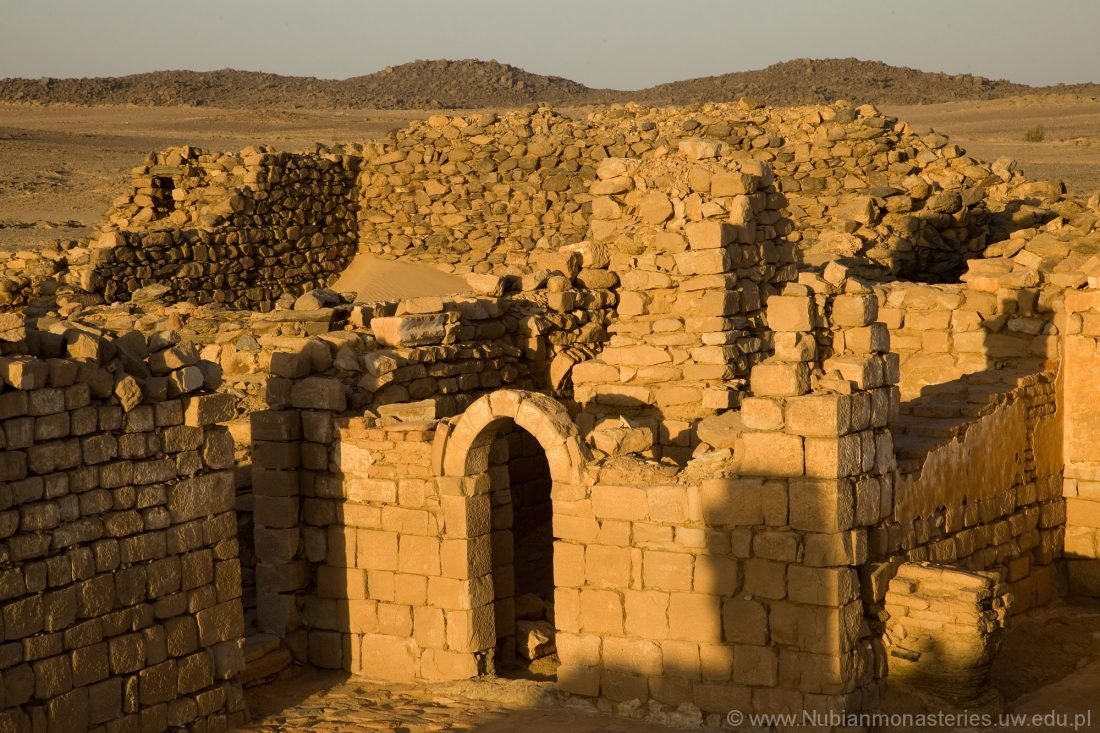
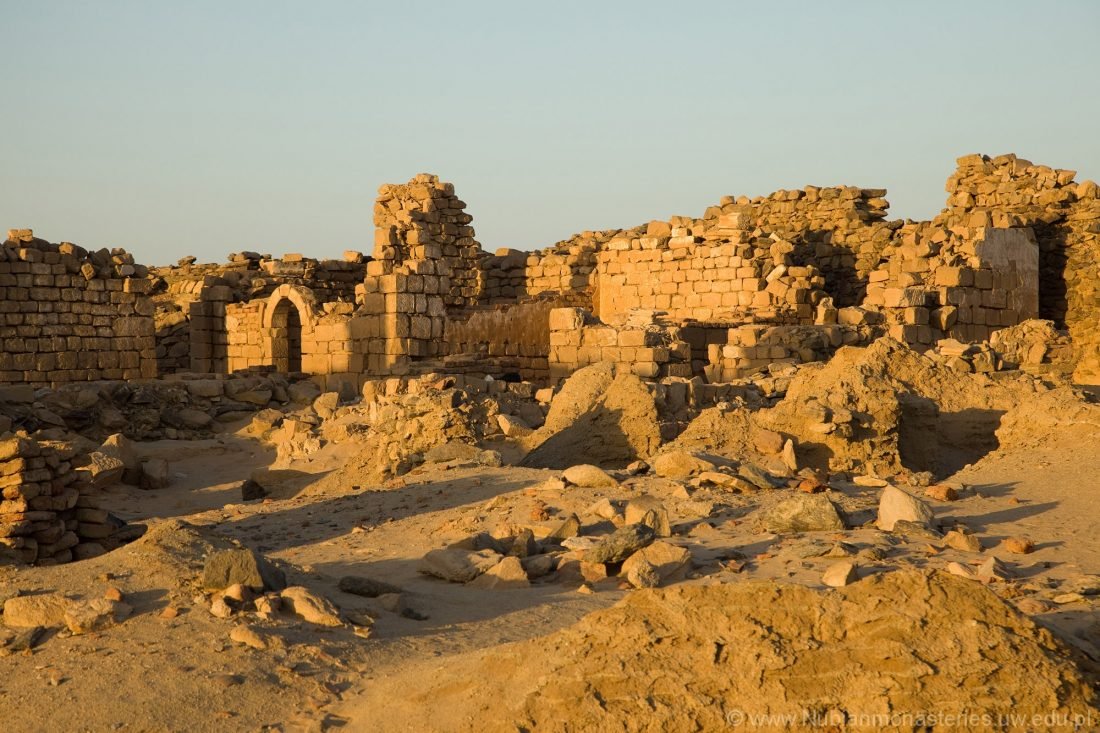
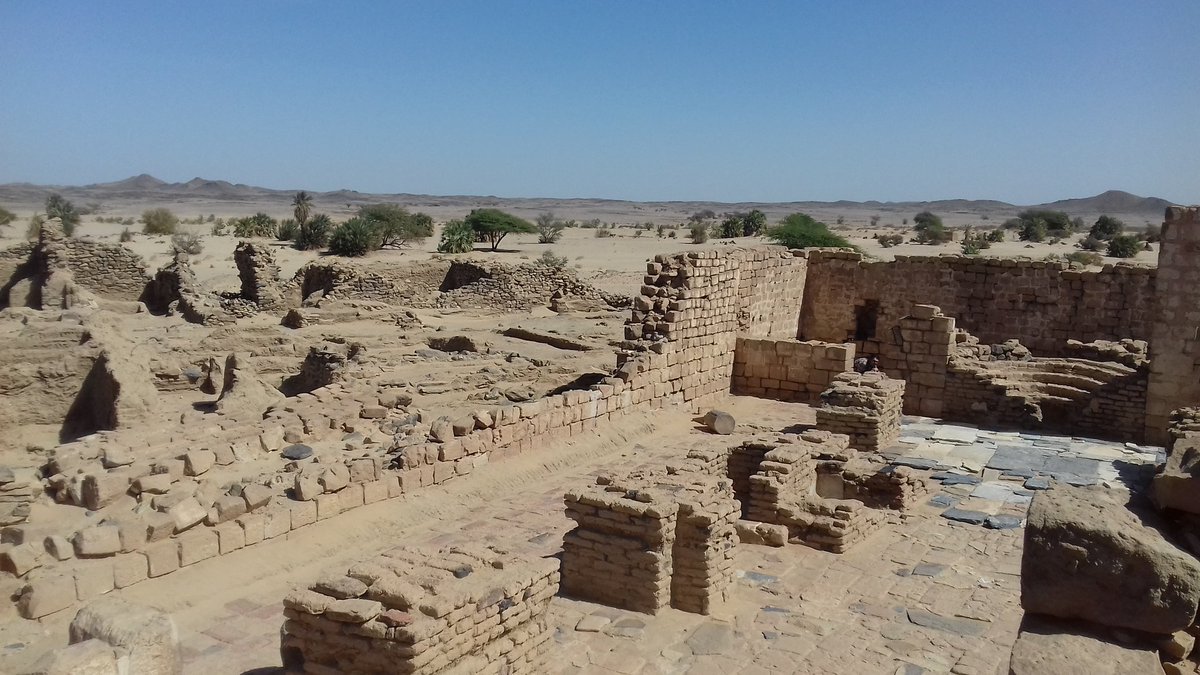
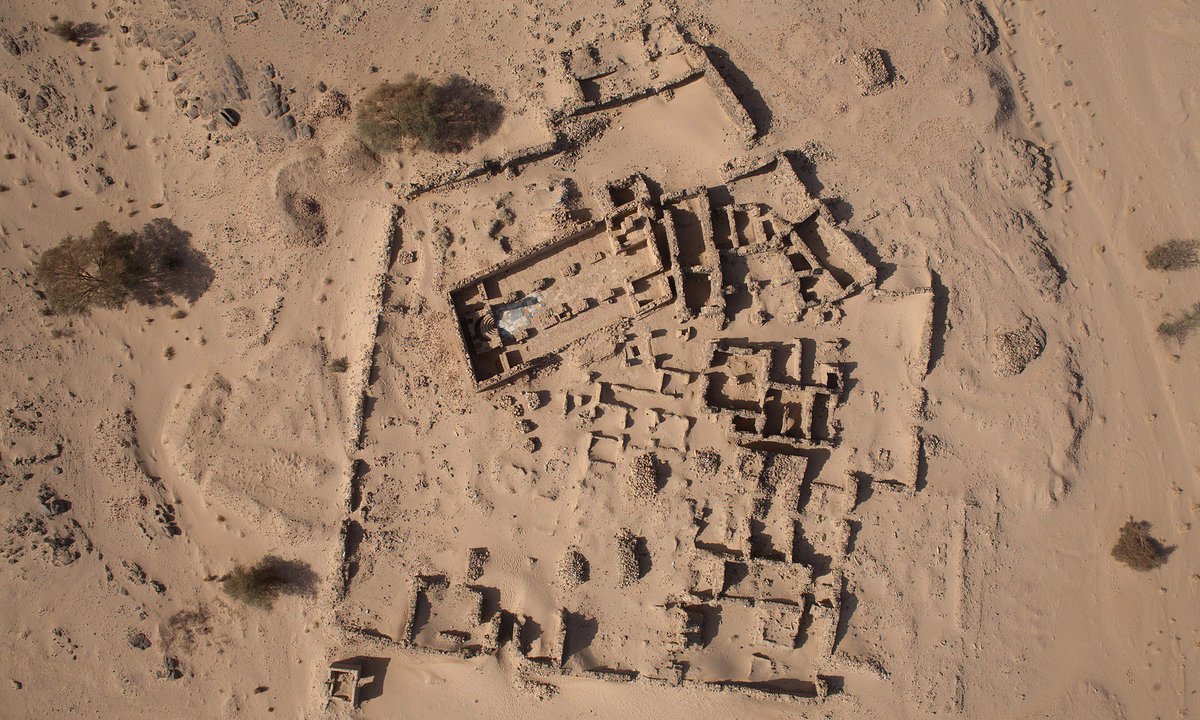
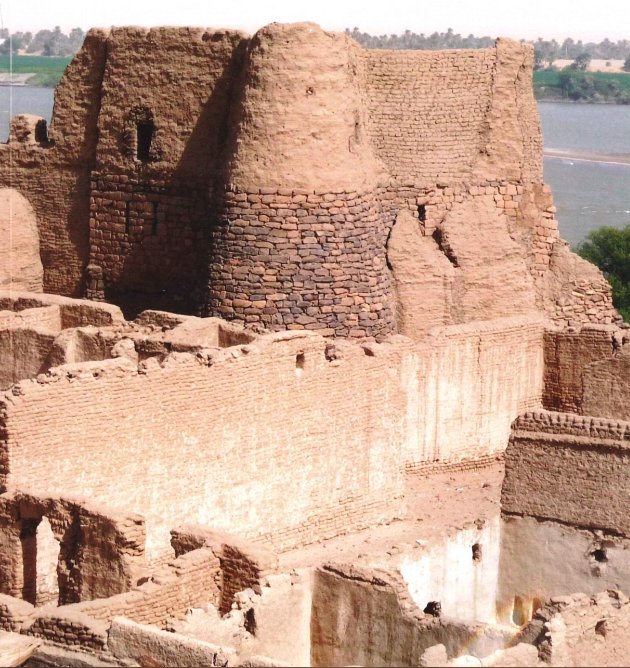
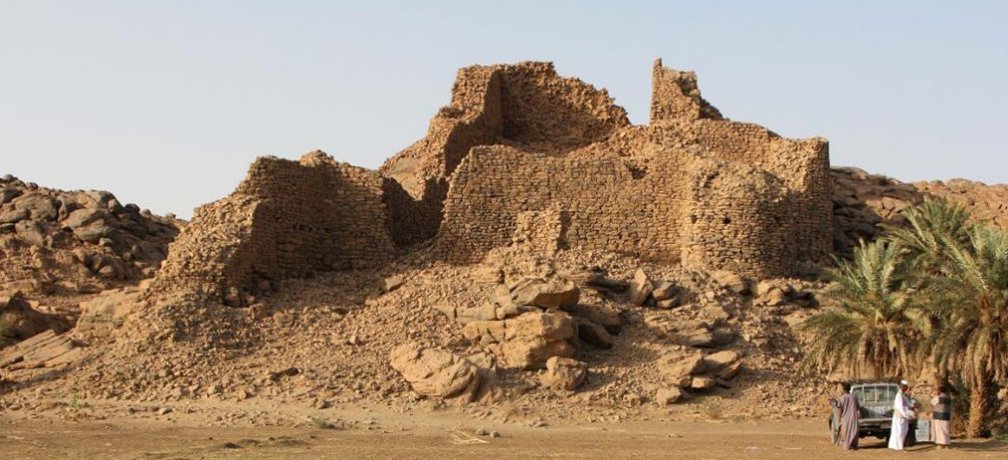
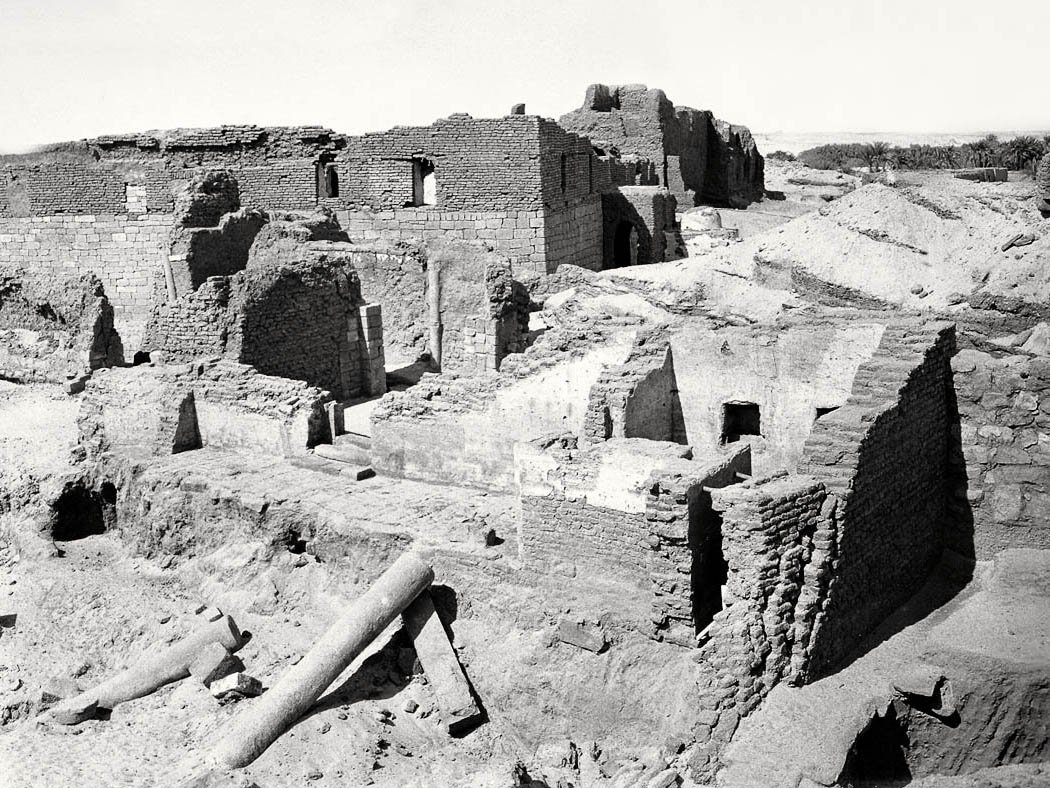
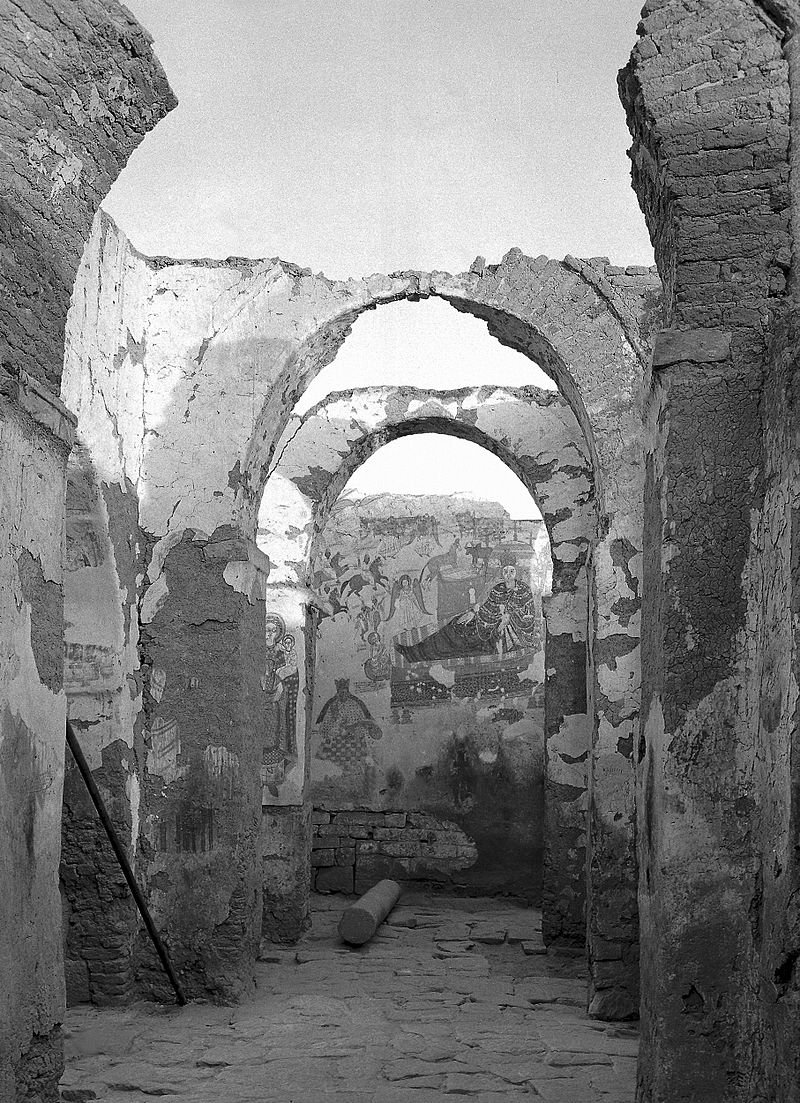
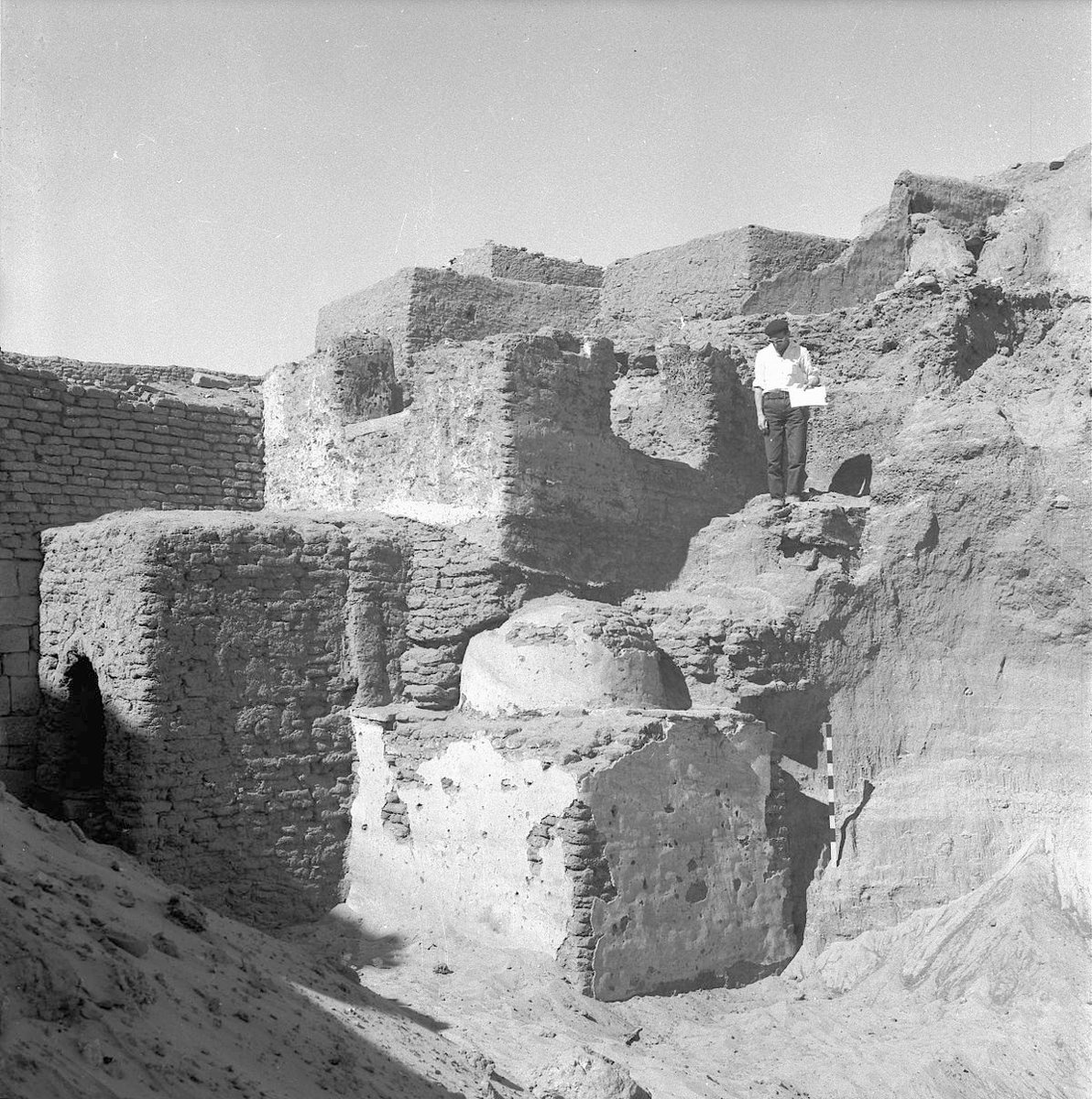
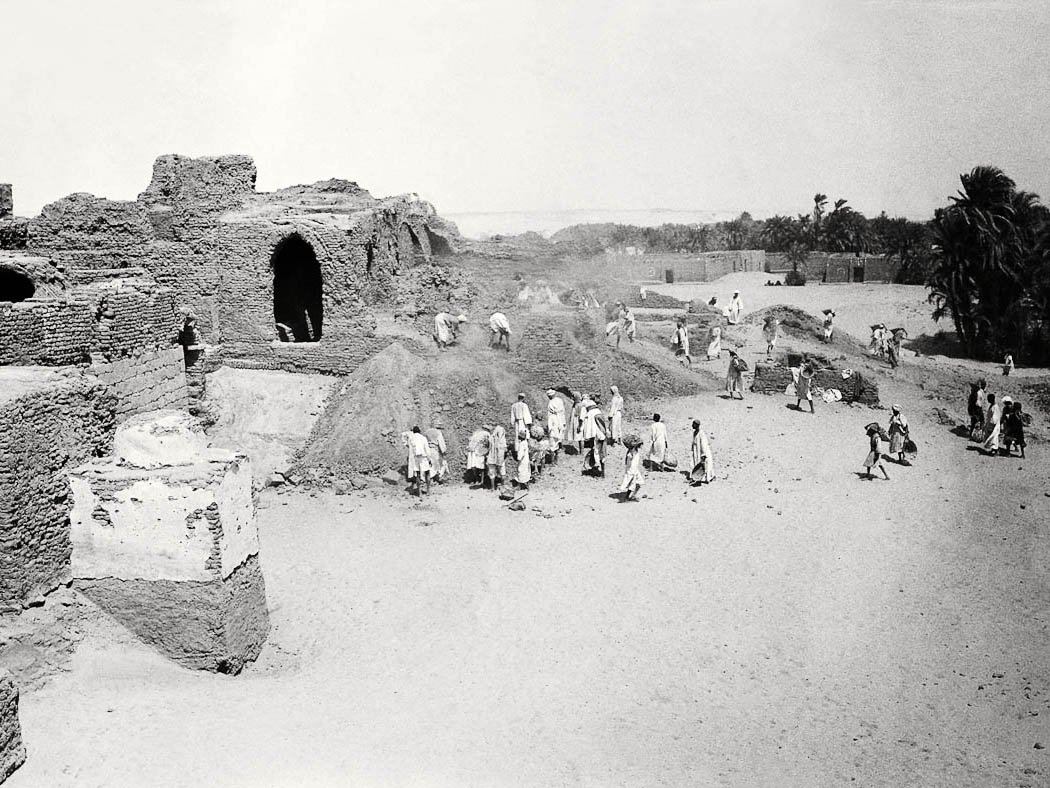
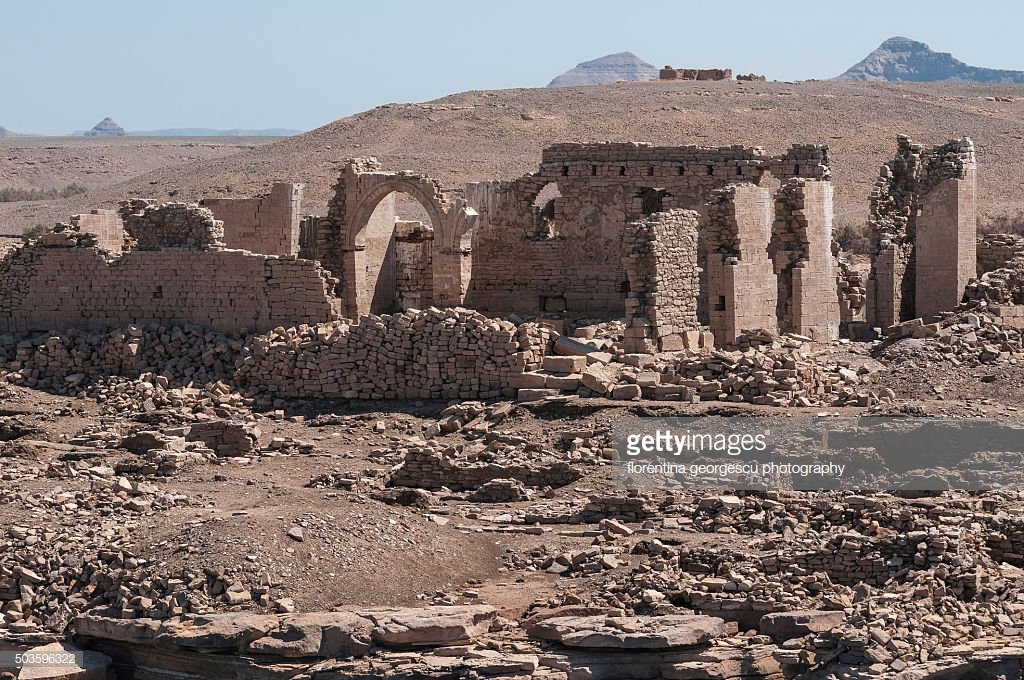
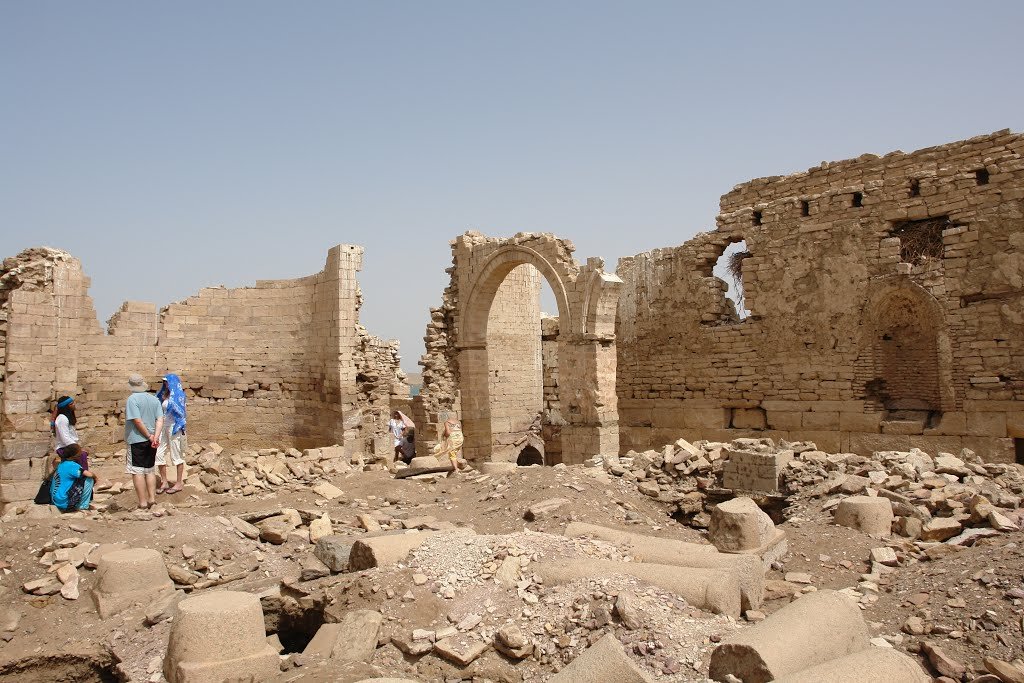

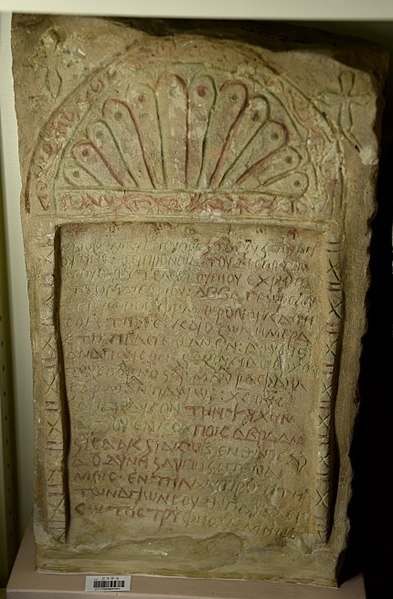
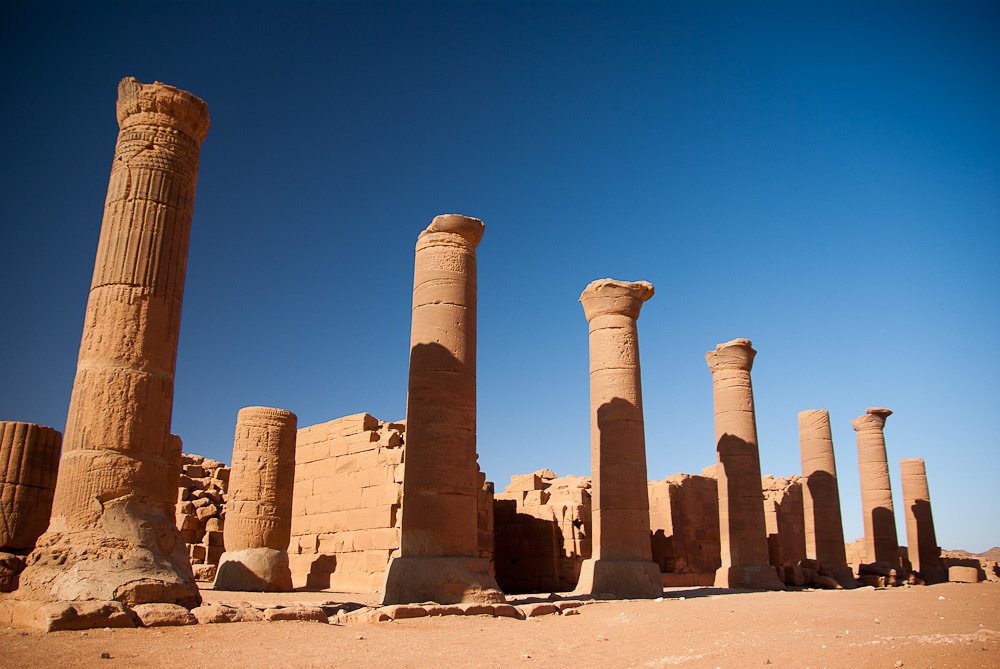 https://link.springer.com/article/1..." title="musawwarat es-sufra meroitic temple complex is a large <55,000m2, 20 column> planned cluster of sandstone temples, courtyards, workshops that served various purposes from 270BC-including elephant training and astronomy #historyxt https://issuu.com/sudarchrs... href=" https://link.springer.com/article/10.1007/s10437-014-9169-0">https://link.springer.com/article/1...">
https://link.springer.com/article/1..." title="musawwarat es-sufra meroitic temple complex is a large <55,000m2, 20 column> planned cluster of sandstone temples, courtyards, workshops that served various purposes from 270BC-including elephant training and astronomy #historyxt https://issuu.com/sudarchrs... href=" https://link.springer.com/article/10.1007/s10437-014-9169-0">https://link.springer.com/article/1...">
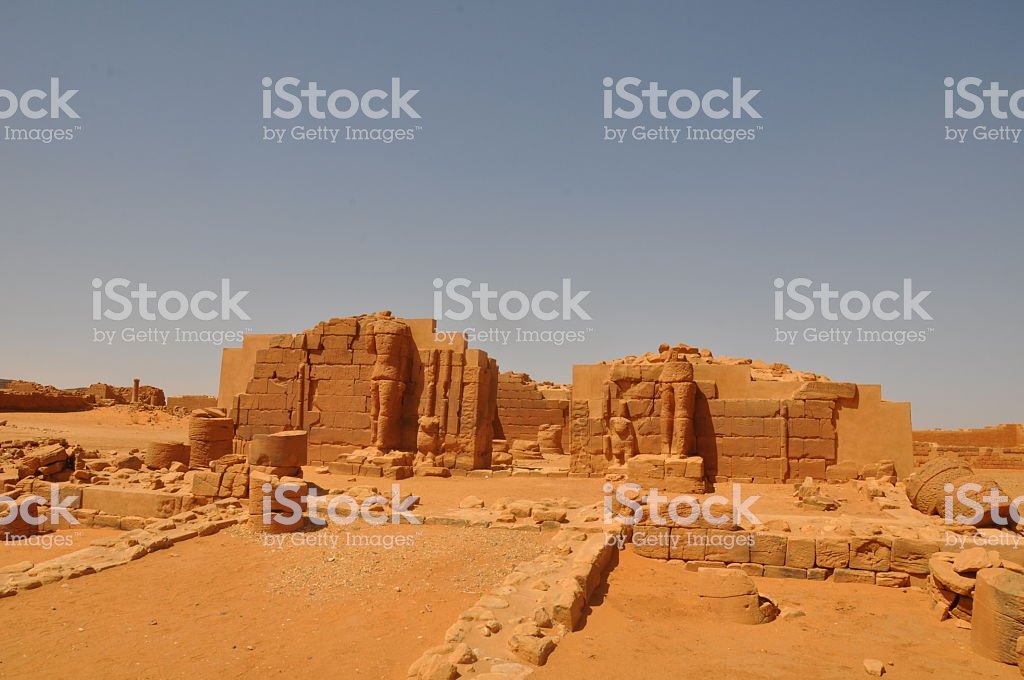 https://link.springer.com/article/1..." title="musawwarat es-sufra meroitic temple complex is a large <55,000m2, 20 column> planned cluster of sandstone temples, courtyards, workshops that served various purposes from 270BC-including elephant training and astronomy #historyxt https://issuu.com/sudarchrs... href=" https://link.springer.com/article/10.1007/s10437-014-9169-0">https://link.springer.com/article/1...">
https://link.springer.com/article/1..." title="musawwarat es-sufra meroitic temple complex is a large <55,000m2, 20 column> planned cluster of sandstone temples, courtyards, workshops that served various purposes from 270BC-including elephant training and astronomy #historyxt https://issuu.com/sudarchrs... href=" https://link.springer.com/article/10.1007/s10437-014-9169-0">https://link.springer.com/article/1...">
 https://link.springer.com/article/1..." title="musawwarat es-sufra meroitic temple complex is a large <55,000m2, 20 column> planned cluster of sandstone temples, courtyards, workshops that served various purposes from 270BC-including elephant training and astronomy #historyxt https://issuu.com/sudarchrs... href=" https://link.springer.com/article/10.1007/s10437-014-9169-0">https://link.springer.com/article/1...">
https://link.springer.com/article/1..." title="musawwarat es-sufra meroitic temple complex is a large <55,000m2, 20 column> planned cluster of sandstone temples, courtyards, workshops that served various purposes from 270BC-including elephant training and astronomy #historyxt https://issuu.com/sudarchrs... href=" https://link.springer.com/article/10.1007/s10437-014-9169-0">https://link.springer.com/article/1...">
 https://link.springer.com/article/1..." title="musawwarat es-sufra meroitic temple complex is a large <55,000m2, 20 column> planned cluster of sandstone temples, courtyards, workshops that served various purposes from 270BC-including elephant training and astronomy #historyxt https://issuu.com/sudarchrs... href=" https://link.springer.com/article/10.1007/s10437-014-9169-0">https://link.springer.com/article/1...">
https://link.springer.com/article/1..." title="musawwarat es-sufra meroitic temple complex is a large <55,000m2, 20 column> planned cluster of sandstone temples, courtyards, workshops that served various purposes from 270BC-including elephant training and astronomy #historyxt https://issuu.com/sudarchrs... href=" https://link.springer.com/article/10.1007/s10437-014-9169-0">https://link.springer.com/article/1...">
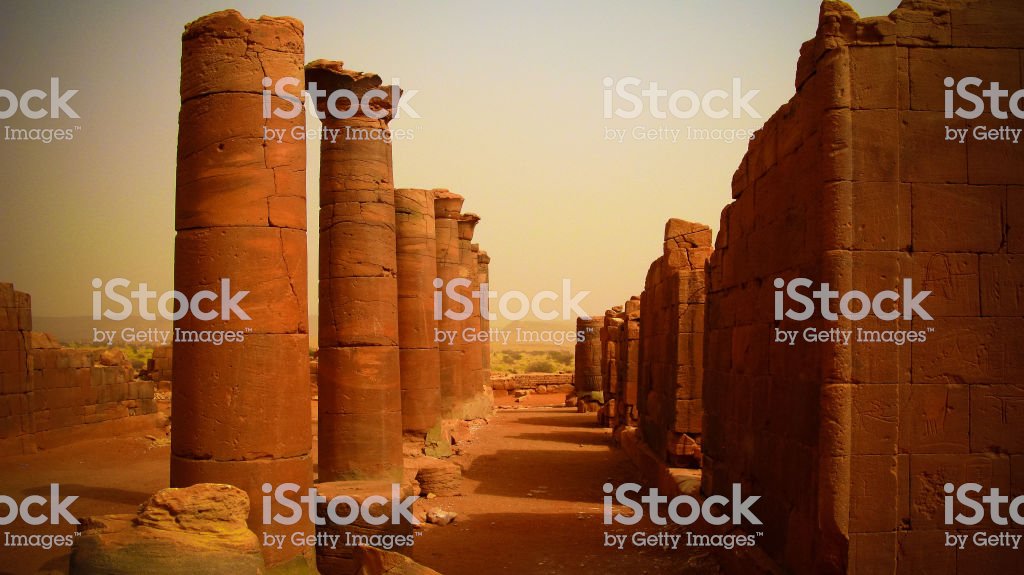 columnsgreat enclosurebas relieflion templehttps://abs.twimg.com/emoji/v2/... draggable="false" alt="👇" title="Rückhand Zeigefinger nach unten" aria-label="Emoji: Rückhand Zeigefinger nach unten">interiorsculptures of elephants, gods <amun?> and kingslike most pre-christian temples, its grounds were later reused during the christian period as a cemetary #historyxt https://books.google.co.ug/books/abo... href=" https://books.google.co.ug/books/about/The_Medieval_Kingdoms_of_Nubia.html?id=mXIPAQAAMAAJ&source=kp_book_description&redir_esc=y">https://books.google.co.ug/books/abo..." title="https://abs.twimg.com/emoji/v2/... draggable="false" alt="👆" title="Rückhand Zeigefinger nach oben" aria-label="Emoji: Rückhand Zeigefinger nach oben">columnsgreat enclosurebas relieflion templehttps://abs.twimg.com/emoji/v2/... draggable="false" alt="👇" title="Rückhand Zeigefinger nach unten" aria-label="Emoji: Rückhand Zeigefinger nach unten">interiorsculptures of elephants, gods <amun?> and kingslike most pre-christian temples, its grounds were later reused during the christian period as a cemetary #historyxt https://books.google.co.ug/books/abo... href=" https://books.google.co.ug/books/about/The_Medieval_Kingdoms_of_Nubia.html?id=mXIPAQAAMAAJ&source=kp_book_description&redir_esc=y">https://books.google.co.ug/books/abo...">
columnsgreat enclosurebas relieflion templehttps://abs.twimg.com/emoji/v2/... draggable="false" alt="👇" title="Rückhand Zeigefinger nach unten" aria-label="Emoji: Rückhand Zeigefinger nach unten">interiorsculptures of elephants, gods <amun?> and kingslike most pre-christian temples, its grounds were later reused during the christian period as a cemetary #historyxt https://books.google.co.ug/books/abo... href=" https://books.google.co.ug/books/about/The_Medieval_Kingdoms_of_Nubia.html?id=mXIPAQAAMAAJ&source=kp_book_description&redir_esc=y">https://books.google.co.ug/books/abo..." title="https://abs.twimg.com/emoji/v2/... draggable="false" alt="👆" title="Rückhand Zeigefinger nach oben" aria-label="Emoji: Rückhand Zeigefinger nach oben">columnsgreat enclosurebas relieflion templehttps://abs.twimg.com/emoji/v2/... draggable="false" alt="👇" title="Rückhand Zeigefinger nach unten" aria-label="Emoji: Rückhand Zeigefinger nach unten">interiorsculptures of elephants, gods <amun?> and kingslike most pre-christian temples, its grounds were later reused during the christian period as a cemetary #historyxt https://books.google.co.ug/books/abo... href=" https://books.google.co.ug/books/about/The_Medieval_Kingdoms_of_Nubia.html?id=mXIPAQAAMAAJ&source=kp_book_description&redir_esc=y">https://books.google.co.ug/books/abo...">
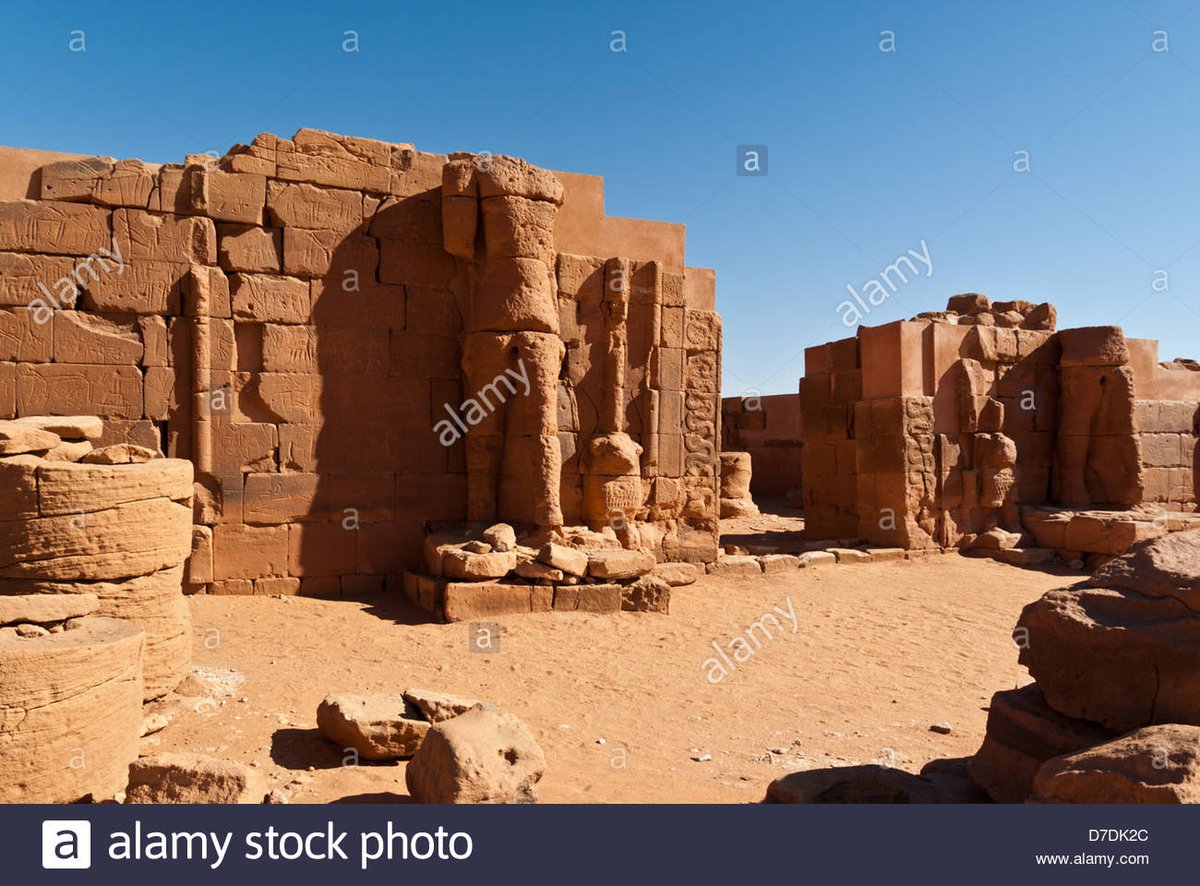 columnsgreat enclosurebas relieflion templehttps://abs.twimg.com/emoji/v2/... draggable="false" alt="👇" title="Rückhand Zeigefinger nach unten" aria-label="Emoji: Rückhand Zeigefinger nach unten">interiorsculptures of elephants, gods <amun?> and kingslike most pre-christian temples, its grounds were later reused during the christian period as a cemetary #historyxt https://books.google.co.ug/books/abo... href=" https://books.google.co.ug/books/about/The_Medieval_Kingdoms_of_Nubia.html?id=mXIPAQAAMAAJ&source=kp_book_description&redir_esc=y">https://books.google.co.ug/books/abo..." title="https://abs.twimg.com/emoji/v2/... draggable="false" alt="👆" title="Rückhand Zeigefinger nach oben" aria-label="Emoji: Rückhand Zeigefinger nach oben">columnsgreat enclosurebas relieflion templehttps://abs.twimg.com/emoji/v2/... draggable="false" alt="👇" title="Rückhand Zeigefinger nach unten" aria-label="Emoji: Rückhand Zeigefinger nach unten">interiorsculptures of elephants, gods <amun?> and kingslike most pre-christian temples, its grounds were later reused during the christian period as a cemetary #historyxt https://books.google.co.ug/books/abo... href=" https://books.google.co.ug/books/about/The_Medieval_Kingdoms_of_Nubia.html?id=mXIPAQAAMAAJ&source=kp_book_description&redir_esc=y">https://books.google.co.ug/books/abo...">
columnsgreat enclosurebas relieflion templehttps://abs.twimg.com/emoji/v2/... draggable="false" alt="👇" title="Rückhand Zeigefinger nach unten" aria-label="Emoji: Rückhand Zeigefinger nach unten">interiorsculptures of elephants, gods <amun?> and kingslike most pre-christian temples, its grounds were later reused during the christian period as a cemetary #historyxt https://books.google.co.ug/books/abo... href=" https://books.google.co.ug/books/about/The_Medieval_Kingdoms_of_Nubia.html?id=mXIPAQAAMAAJ&source=kp_book_description&redir_esc=y">https://books.google.co.ug/books/abo..." title="https://abs.twimg.com/emoji/v2/... draggable="false" alt="👆" title="Rückhand Zeigefinger nach oben" aria-label="Emoji: Rückhand Zeigefinger nach oben">columnsgreat enclosurebas relieflion templehttps://abs.twimg.com/emoji/v2/... draggable="false" alt="👇" title="Rückhand Zeigefinger nach unten" aria-label="Emoji: Rückhand Zeigefinger nach unten">interiorsculptures of elephants, gods <amun?> and kingslike most pre-christian temples, its grounds were later reused during the christian period as a cemetary #historyxt https://books.google.co.ug/books/abo... href=" https://books.google.co.ug/books/about/The_Medieval_Kingdoms_of_Nubia.html?id=mXIPAQAAMAAJ&source=kp_book_description&redir_esc=y">https://books.google.co.ug/books/abo...">
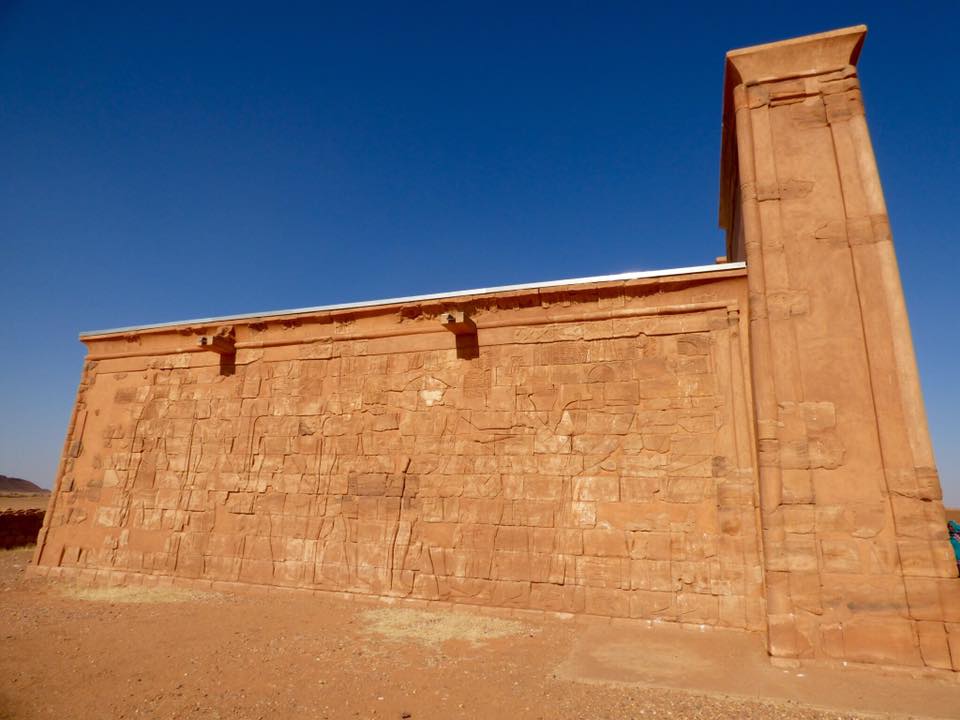 columnsgreat enclosurebas relieflion templehttps://abs.twimg.com/emoji/v2/... draggable="false" alt="👇" title="Rückhand Zeigefinger nach unten" aria-label="Emoji: Rückhand Zeigefinger nach unten">interiorsculptures of elephants, gods <amun?> and kingslike most pre-christian temples, its grounds were later reused during the christian period as a cemetary #historyxt https://books.google.co.ug/books/abo... href=" https://books.google.co.ug/books/about/The_Medieval_Kingdoms_of_Nubia.html?id=mXIPAQAAMAAJ&source=kp_book_description&redir_esc=y">https://books.google.co.ug/books/abo..." title="https://abs.twimg.com/emoji/v2/... draggable="false" alt="👆" title="Rückhand Zeigefinger nach oben" aria-label="Emoji: Rückhand Zeigefinger nach oben">columnsgreat enclosurebas relieflion templehttps://abs.twimg.com/emoji/v2/... draggable="false" alt="👇" title="Rückhand Zeigefinger nach unten" aria-label="Emoji: Rückhand Zeigefinger nach unten">interiorsculptures of elephants, gods <amun?> and kingslike most pre-christian temples, its grounds were later reused during the christian period as a cemetary #historyxt https://books.google.co.ug/books/abo... href=" https://books.google.co.ug/books/about/The_Medieval_Kingdoms_of_Nubia.html?id=mXIPAQAAMAAJ&source=kp_book_description&redir_esc=y">https://books.google.co.ug/books/abo...">
columnsgreat enclosurebas relieflion templehttps://abs.twimg.com/emoji/v2/... draggable="false" alt="👇" title="Rückhand Zeigefinger nach unten" aria-label="Emoji: Rückhand Zeigefinger nach unten">interiorsculptures of elephants, gods <amun?> and kingslike most pre-christian temples, its grounds were later reused during the christian period as a cemetary #historyxt https://books.google.co.ug/books/abo... href=" https://books.google.co.ug/books/about/The_Medieval_Kingdoms_of_Nubia.html?id=mXIPAQAAMAAJ&source=kp_book_description&redir_esc=y">https://books.google.co.ug/books/abo..." title="https://abs.twimg.com/emoji/v2/... draggable="false" alt="👆" title="Rückhand Zeigefinger nach oben" aria-label="Emoji: Rückhand Zeigefinger nach oben">columnsgreat enclosurebas relieflion templehttps://abs.twimg.com/emoji/v2/... draggable="false" alt="👇" title="Rückhand Zeigefinger nach unten" aria-label="Emoji: Rückhand Zeigefinger nach unten">interiorsculptures of elephants, gods <amun?> and kingslike most pre-christian temples, its grounds were later reused during the christian period as a cemetary #historyxt https://books.google.co.ug/books/abo... href=" https://books.google.co.ug/books/about/The_Medieval_Kingdoms_of_Nubia.html?id=mXIPAQAAMAAJ&source=kp_book_description&redir_esc=y">https://books.google.co.ug/books/abo...">
 columnsgreat enclosurebas relieflion templehttps://abs.twimg.com/emoji/v2/... draggable="false" alt="👇" title="Rückhand Zeigefinger nach unten" aria-label="Emoji: Rückhand Zeigefinger nach unten">interiorsculptures of elephants, gods <amun?> and kingslike most pre-christian temples, its grounds were later reused during the christian period as a cemetary #historyxt https://books.google.co.ug/books/abo... href=" https://books.google.co.ug/books/about/The_Medieval_Kingdoms_of_Nubia.html?id=mXIPAQAAMAAJ&source=kp_book_description&redir_esc=y">https://books.google.co.ug/books/abo..." title="https://abs.twimg.com/emoji/v2/... draggable="false" alt="👆" title="Rückhand Zeigefinger nach oben" aria-label="Emoji: Rückhand Zeigefinger nach oben">columnsgreat enclosurebas relieflion templehttps://abs.twimg.com/emoji/v2/... draggable="false" alt="👇" title="Rückhand Zeigefinger nach unten" aria-label="Emoji: Rückhand Zeigefinger nach unten">interiorsculptures of elephants, gods <amun?> and kingslike most pre-christian temples, its grounds were later reused during the christian period as a cemetary #historyxt https://books.google.co.ug/books/abo... href=" https://books.google.co.ug/books/about/The_Medieval_Kingdoms_of_Nubia.html?id=mXIPAQAAMAAJ&source=kp_book_description&redir_esc=y">https://books.google.co.ug/books/abo...">
columnsgreat enclosurebas relieflion templehttps://abs.twimg.com/emoji/v2/... draggable="false" alt="👇" title="Rückhand Zeigefinger nach unten" aria-label="Emoji: Rückhand Zeigefinger nach unten">interiorsculptures of elephants, gods <amun?> and kingslike most pre-christian temples, its grounds were later reused during the christian period as a cemetary #historyxt https://books.google.co.ug/books/abo... href=" https://books.google.co.ug/books/about/The_Medieval_Kingdoms_of_Nubia.html?id=mXIPAQAAMAAJ&source=kp_book_description&redir_esc=y">https://books.google.co.ug/books/abo..." title="https://abs.twimg.com/emoji/v2/... draggable="false" alt="👆" title="Rückhand Zeigefinger nach oben" aria-label="Emoji: Rückhand Zeigefinger nach oben">columnsgreat enclosurebas relieflion templehttps://abs.twimg.com/emoji/v2/... draggable="false" alt="👇" title="Rückhand Zeigefinger nach unten" aria-label="Emoji: Rückhand Zeigefinger nach unten">interiorsculptures of elephants, gods <amun?> and kingslike most pre-christian temples, its grounds were later reused during the christian period as a cemetary #historyxt https://books.google.co.ug/books/abo... href=" https://books.google.co.ug/books/about/The_Medieval_Kingdoms_of_Nubia.html?id=mXIPAQAAMAAJ&source=kp_book_description&redir_esc=y">https://books.google.co.ug/books/abo...">
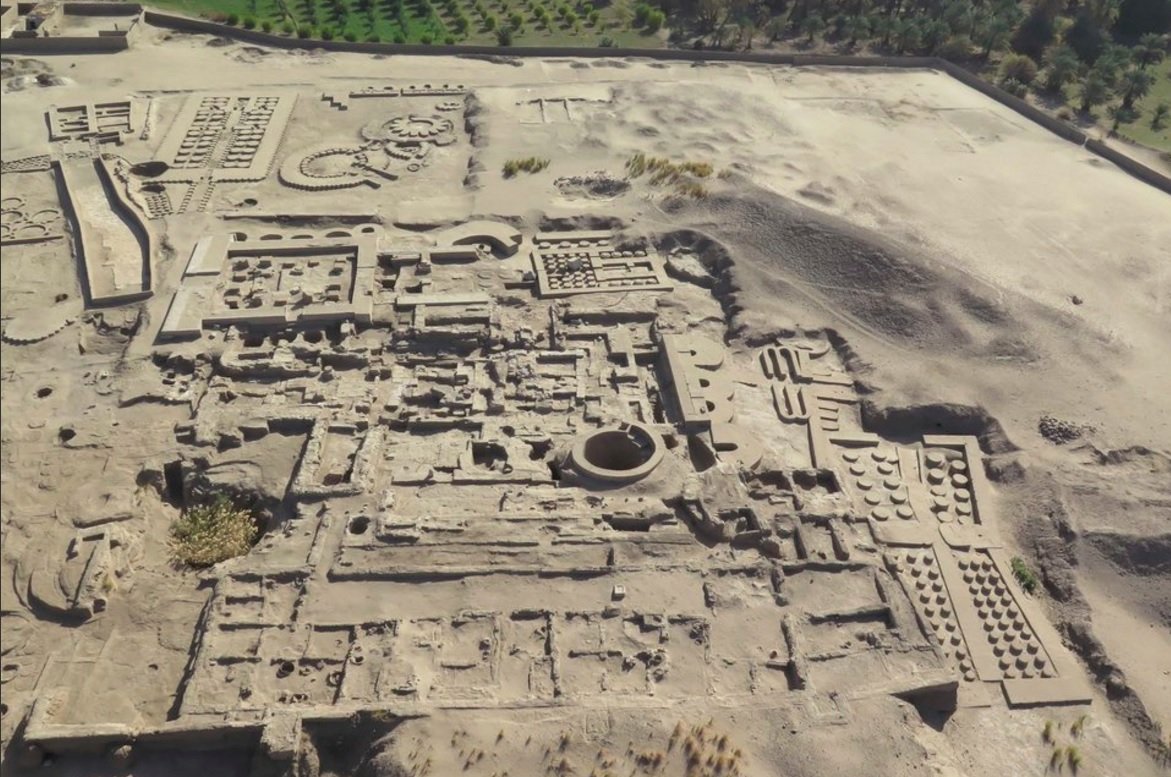
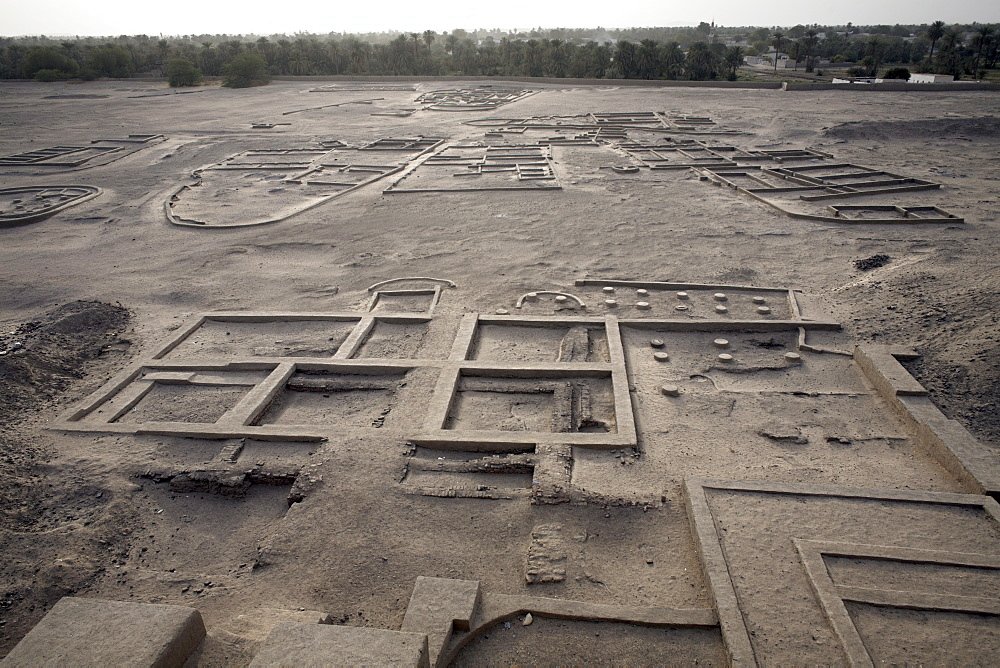
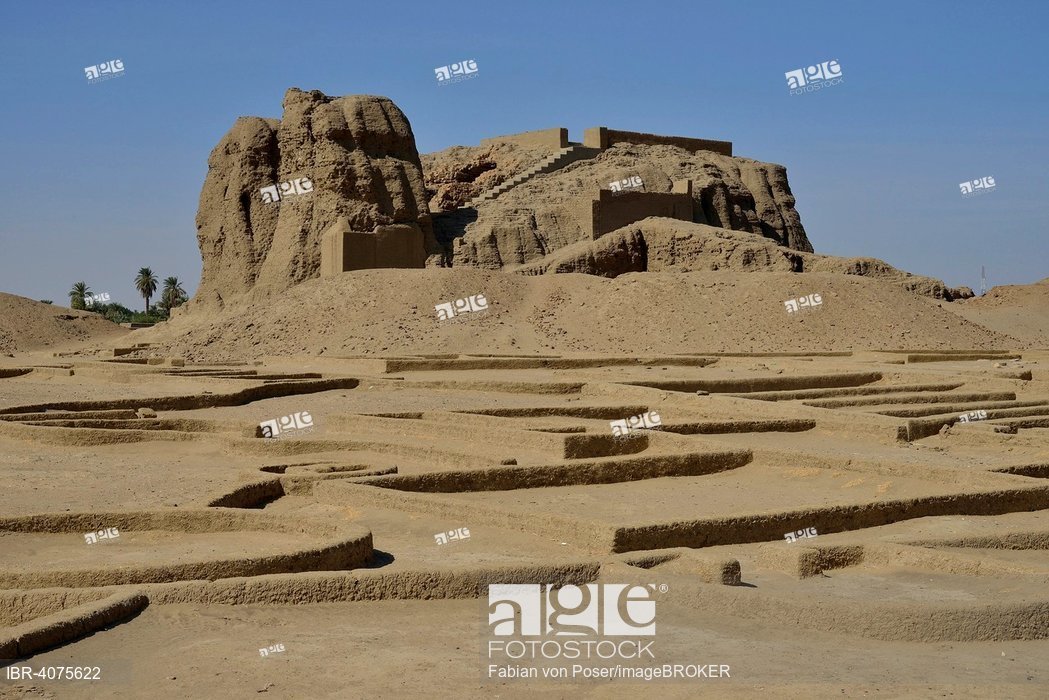
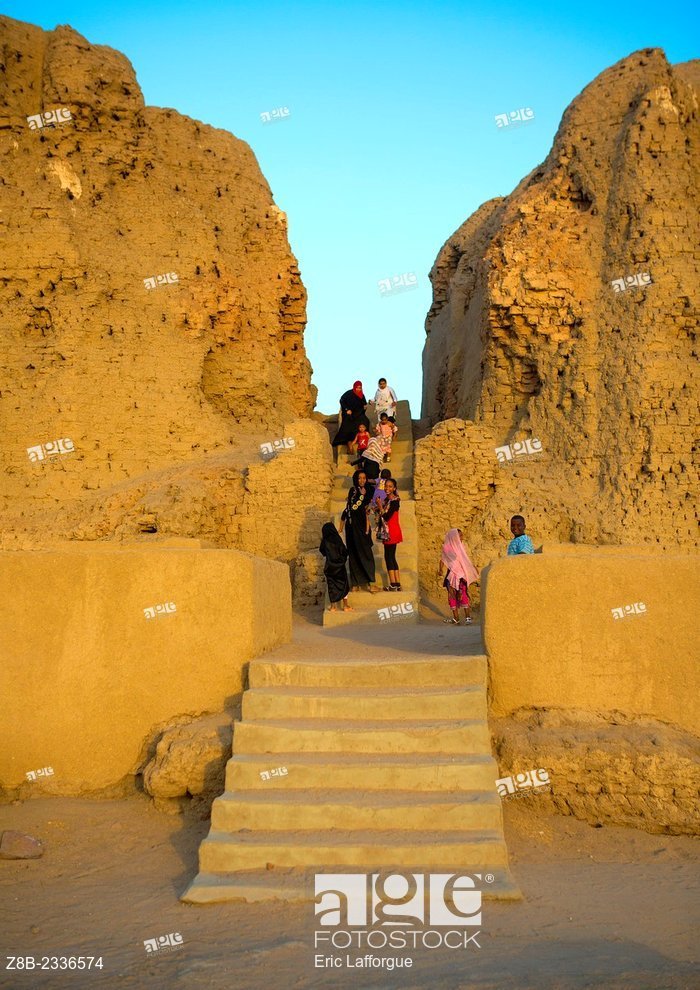
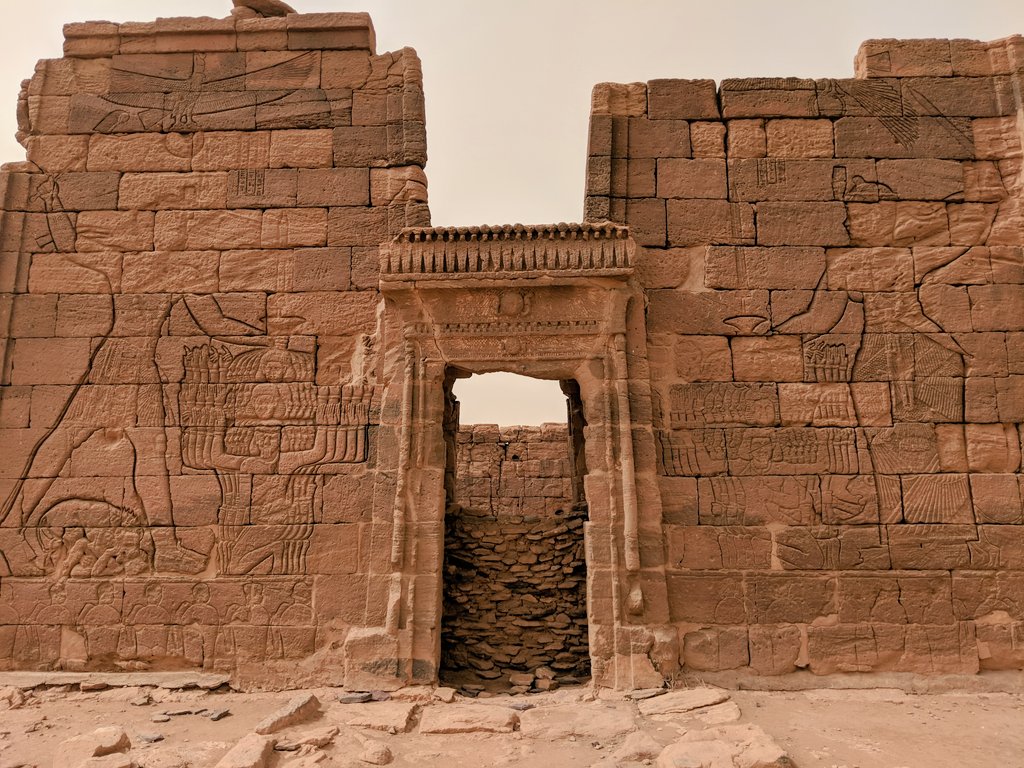
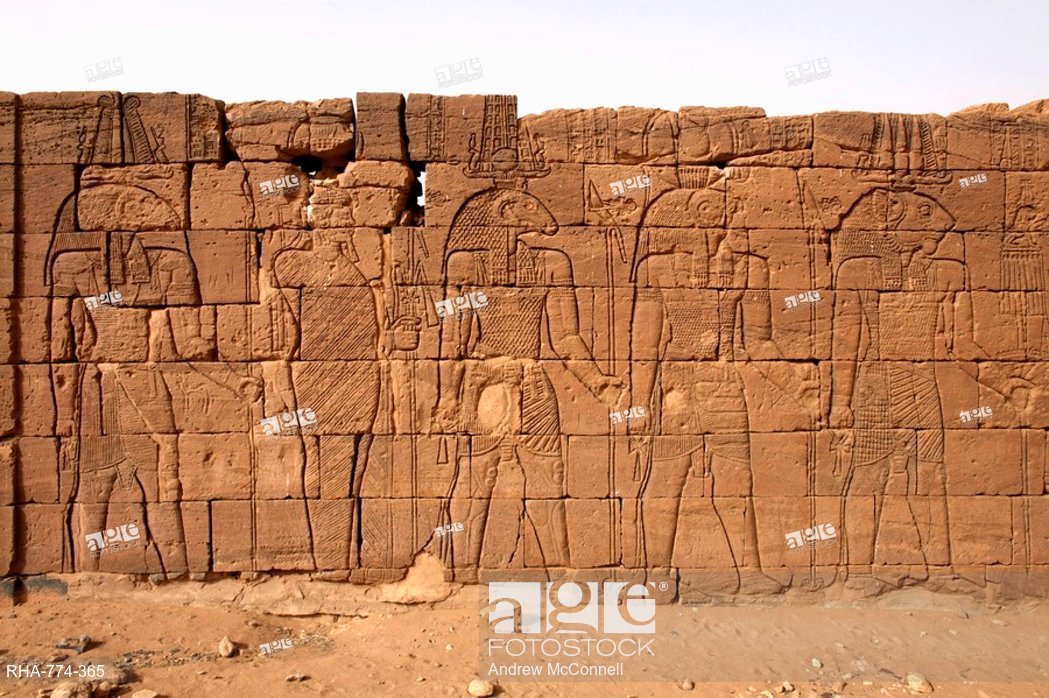
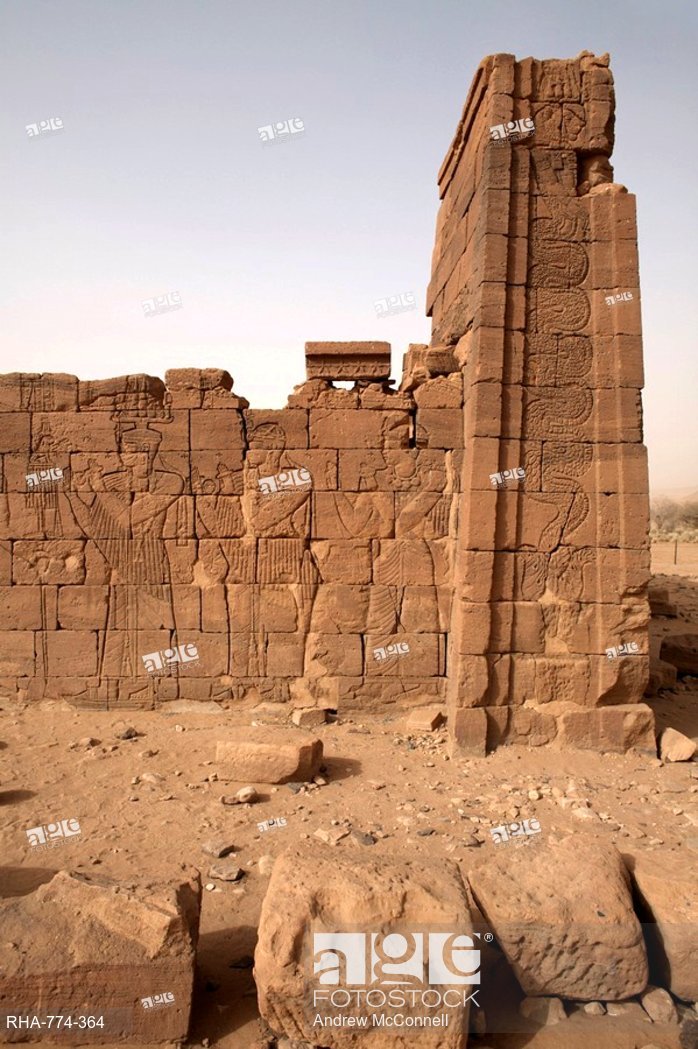

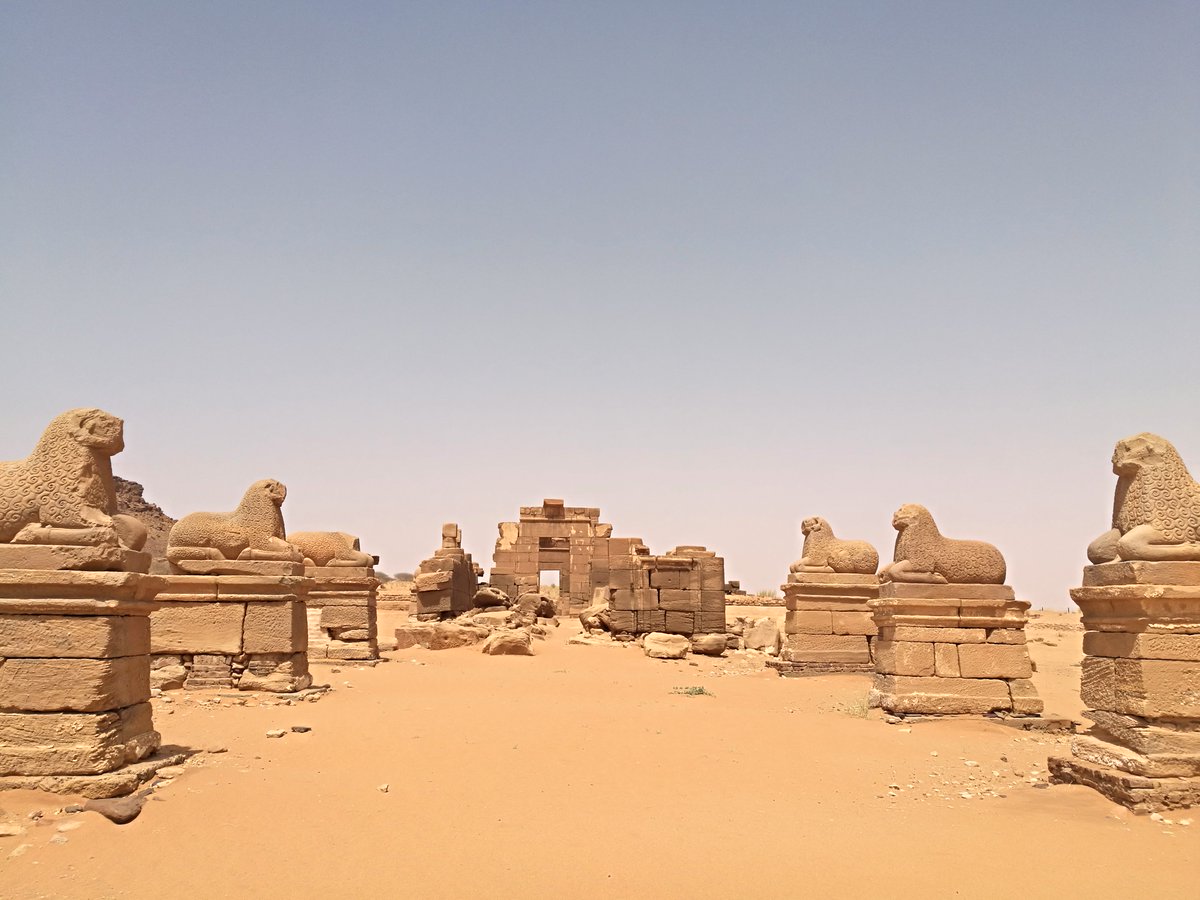 depicting both of them smiting enemiesbas-reliefs of Three-headed Apedemak "roman kiosk" -actually a transitory/stationary shrine of a smaller nubian deity facing apedemakhttps://abs.twimg.com/emoji/v2/... draggable="false" alt="👇" title="Rückhand Zeigefinger nach unten" aria-label="Emoji: Rückhand Zeigefinger nach unten">amun temple, columns" title="constructed by king natakamani and queen amanitore during kush& #39;s golden age https://abs.twimg.com/emoji/v2/... draggable="false" alt="👆" title="Rückhand Zeigefinger nach oben" aria-label="Emoji: Rückhand Zeigefinger nach oben"> depicting both of them smiting enemiesbas-reliefs of Three-headed Apedemak "roman kiosk" -actually a transitory/stationary shrine of a smaller nubian deity facing apedemakhttps://abs.twimg.com/emoji/v2/... draggable="false" alt="👇" title="Rückhand Zeigefinger nach unten" aria-label="Emoji: Rückhand Zeigefinger nach unten">amun temple, columns">
depicting both of them smiting enemiesbas-reliefs of Three-headed Apedemak "roman kiosk" -actually a transitory/stationary shrine of a smaller nubian deity facing apedemakhttps://abs.twimg.com/emoji/v2/... draggable="false" alt="👇" title="Rückhand Zeigefinger nach unten" aria-label="Emoji: Rückhand Zeigefinger nach unten">amun temple, columns" title="constructed by king natakamani and queen amanitore during kush& #39;s golden age https://abs.twimg.com/emoji/v2/... draggable="false" alt="👆" title="Rückhand Zeigefinger nach oben" aria-label="Emoji: Rückhand Zeigefinger nach oben"> depicting both of them smiting enemiesbas-reliefs of Three-headed Apedemak "roman kiosk" -actually a transitory/stationary shrine of a smaller nubian deity facing apedemakhttps://abs.twimg.com/emoji/v2/... draggable="false" alt="👇" title="Rückhand Zeigefinger nach unten" aria-label="Emoji: Rückhand Zeigefinger nach unten">amun temple, columns">
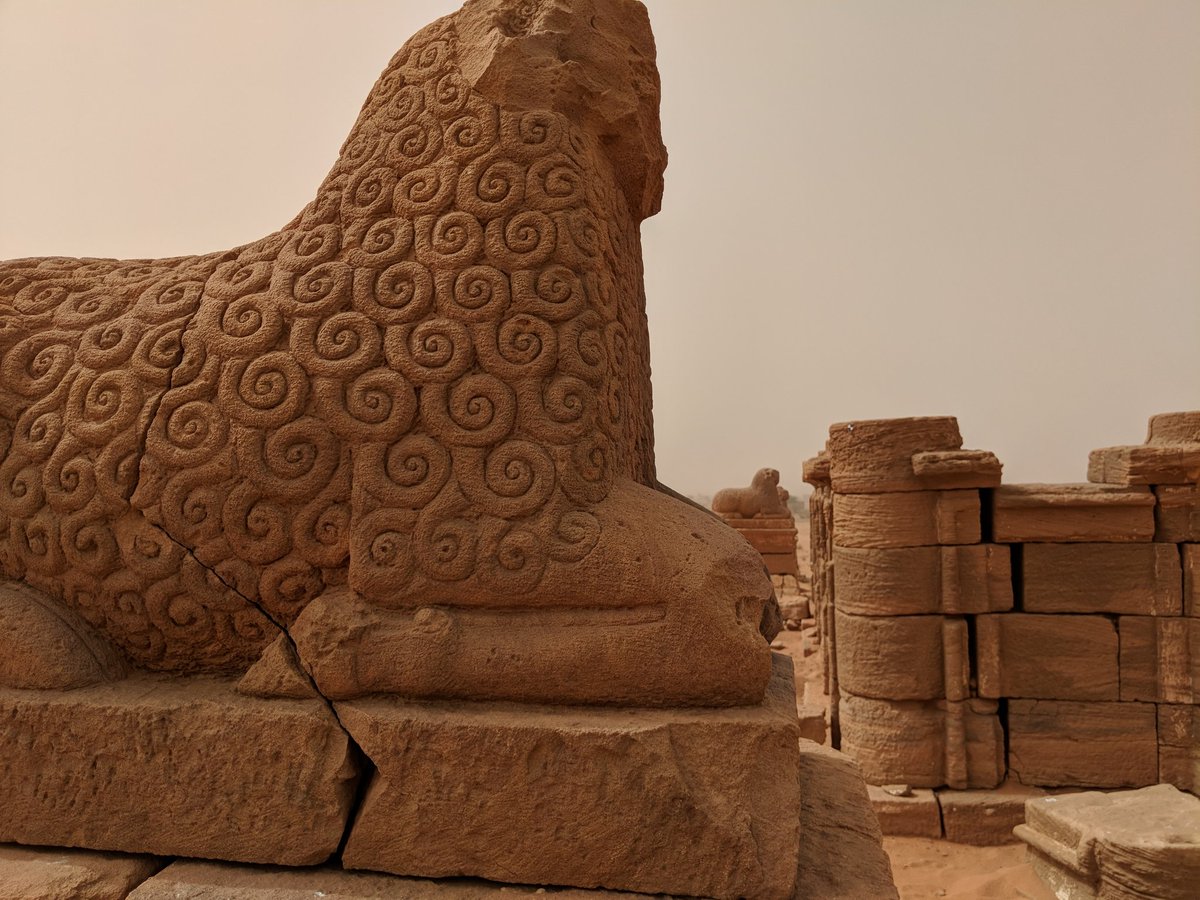 depicting both of them smiting enemiesbas-reliefs of Three-headed Apedemak "roman kiosk" -actually a transitory/stationary shrine of a smaller nubian deity facing apedemakhttps://abs.twimg.com/emoji/v2/... draggable="false" alt="👇" title="Rückhand Zeigefinger nach unten" aria-label="Emoji: Rückhand Zeigefinger nach unten">amun temple, columns" title="constructed by king natakamani and queen amanitore during kush& #39;s golden age https://abs.twimg.com/emoji/v2/... draggable="false" alt="👆" title="Rückhand Zeigefinger nach oben" aria-label="Emoji: Rückhand Zeigefinger nach oben"> depicting both of them smiting enemiesbas-reliefs of Three-headed Apedemak "roman kiosk" -actually a transitory/stationary shrine of a smaller nubian deity facing apedemakhttps://abs.twimg.com/emoji/v2/... draggable="false" alt="👇" title="Rückhand Zeigefinger nach unten" aria-label="Emoji: Rückhand Zeigefinger nach unten">amun temple, columns">
depicting both of them smiting enemiesbas-reliefs of Three-headed Apedemak "roman kiosk" -actually a transitory/stationary shrine of a smaller nubian deity facing apedemakhttps://abs.twimg.com/emoji/v2/... draggable="false" alt="👇" title="Rückhand Zeigefinger nach unten" aria-label="Emoji: Rückhand Zeigefinger nach unten">amun temple, columns" title="constructed by king natakamani and queen amanitore during kush& #39;s golden age https://abs.twimg.com/emoji/v2/... draggable="false" alt="👆" title="Rückhand Zeigefinger nach oben" aria-label="Emoji: Rückhand Zeigefinger nach oben"> depicting both of them smiting enemiesbas-reliefs of Three-headed Apedemak "roman kiosk" -actually a transitory/stationary shrine of a smaller nubian deity facing apedemakhttps://abs.twimg.com/emoji/v2/... draggable="false" alt="👇" title="Rückhand Zeigefinger nach unten" aria-label="Emoji: Rückhand Zeigefinger nach unten">amun temple, columns">
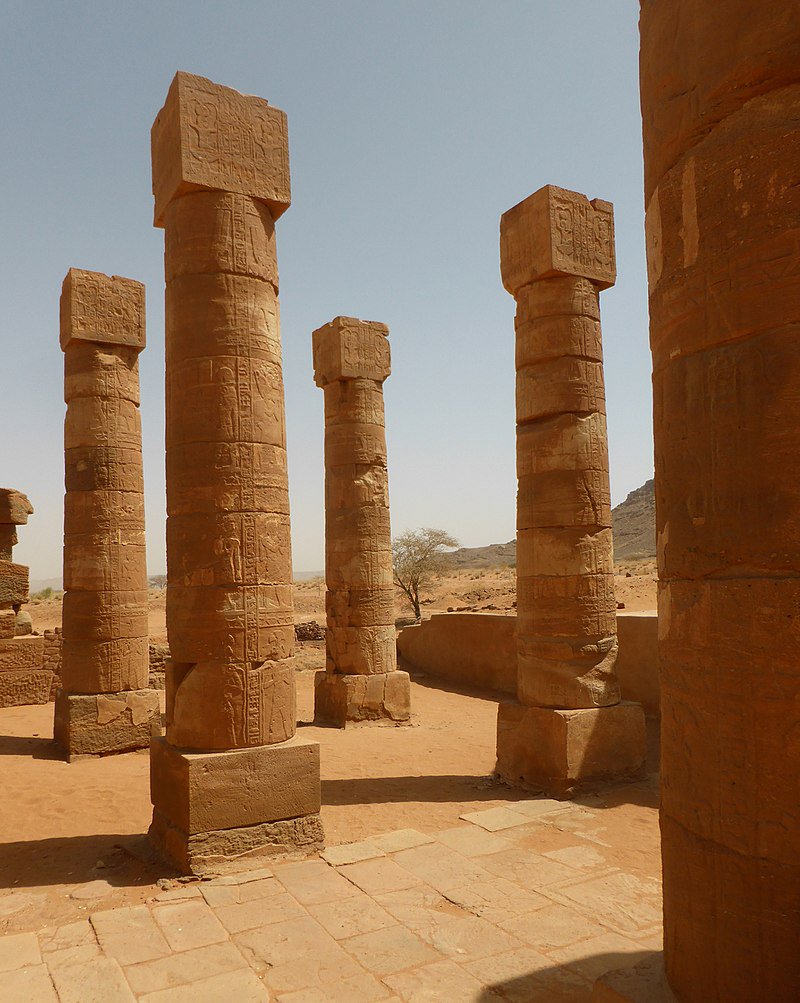 depicting both of them smiting enemiesbas-reliefs of Three-headed Apedemak "roman kiosk" -actually a transitory/stationary shrine of a smaller nubian deity facing apedemakhttps://abs.twimg.com/emoji/v2/... draggable="false" alt="👇" title="Rückhand Zeigefinger nach unten" aria-label="Emoji: Rückhand Zeigefinger nach unten">amun temple, columns" title="constructed by king natakamani and queen amanitore during kush& #39;s golden age https://abs.twimg.com/emoji/v2/... draggable="false" alt="👆" title="Rückhand Zeigefinger nach oben" aria-label="Emoji: Rückhand Zeigefinger nach oben"> depicting both of them smiting enemiesbas-reliefs of Three-headed Apedemak "roman kiosk" -actually a transitory/stationary shrine of a smaller nubian deity facing apedemakhttps://abs.twimg.com/emoji/v2/... draggable="false" alt="👇" title="Rückhand Zeigefinger nach unten" aria-label="Emoji: Rückhand Zeigefinger nach unten">amun temple, columns">
depicting both of them smiting enemiesbas-reliefs of Three-headed Apedemak "roman kiosk" -actually a transitory/stationary shrine of a smaller nubian deity facing apedemakhttps://abs.twimg.com/emoji/v2/... draggable="false" alt="👇" title="Rückhand Zeigefinger nach unten" aria-label="Emoji: Rückhand Zeigefinger nach unten">amun temple, columns" title="constructed by king natakamani and queen amanitore during kush& #39;s golden age https://abs.twimg.com/emoji/v2/... draggable="false" alt="👆" title="Rückhand Zeigefinger nach oben" aria-label="Emoji: Rückhand Zeigefinger nach oben"> depicting both of them smiting enemiesbas-reliefs of Three-headed Apedemak "roman kiosk" -actually a transitory/stationary shrine of a smaller nubian deity facing apedemakhttps://abs.twimg.com/emoji/v2/... draggable="false" alt="👇" title="Rückhand Zeigefinger nach unten" aria-label="Emoji: Rückhand Zeigefinger nach unten">amun temple, columns">
 depicting both of them smiting enemiesbas-reliefs of Three-headed Apedemak "roman kiosk" -actually a transitory/stationary shrine of a smaller nubian deity facing apedemakhttps://abs.twimg.com/emoji/v2/... draggable="false" alt="👇" title="Rückhand Zeigefinger nach unten" aria-label="Emoji: Rückhand Zeigefinger nach unten">amun temple, columns" title="constructed by king natakamani and queen amanitore during kush& #39;s golden age https://abs.twimg.com/emoji/v2/... draggable="false" alt="👆" title="Rückhand Zeigefinger nach oben" aria-label="Emoji: Rückhand Zeigefinger nach oben"> depicting both of them smiting enemiesbas-reliefs of Three-headed Apedemak "roman kiosk" -actually a transitory/stationary shrine of a smaller nubian deity facing apedemakhttps://abs.twimg.com/emoji/v2/... draggable="false" alt="👇" title="Rückhand Zeigefinger nach unten" aria-label="Emoji: Rückhand Zeigefinger nach unten">amun temple, columns">
depicting both of them smiting enemiesbas-reliefs of Three-headed Apedemak "roman kiosk" -actually a transitory/stationary shrine of a smaller nubian deity facing apedemakhttps://abs.twimg.com/emoji/v2/... draggable="false" alt="👇" title="Rückhand Zeigefinger nach unten" aria-label="Emoji: Rückhand Zeigefinger nach unten">amun temple, columns" title="constructed by king natakamani and queen amanitore during kush& #39;s golden age https://abs.twimg.com/emoji/v2/... draggable="false" alt="👆" title="Rückhand Zeigefinger nach oben" aria-label="Emoji: Rückhand Zeigefinger nach oben"> depicting both of them smiting enemiesbas-reliefs of Three-headed Apedemak "roman kiosk" -actually a transitory/stationary shrine of a smaller nubian deity facing apedemakhttps://abs.twimg.com/emoji/v2/... draggable="false" alt="👇" title="Rückhand Zeigefinger nach unten" aria-label="Emoji: Rückhand Zeigefinger nach unten">amun temple, columns">



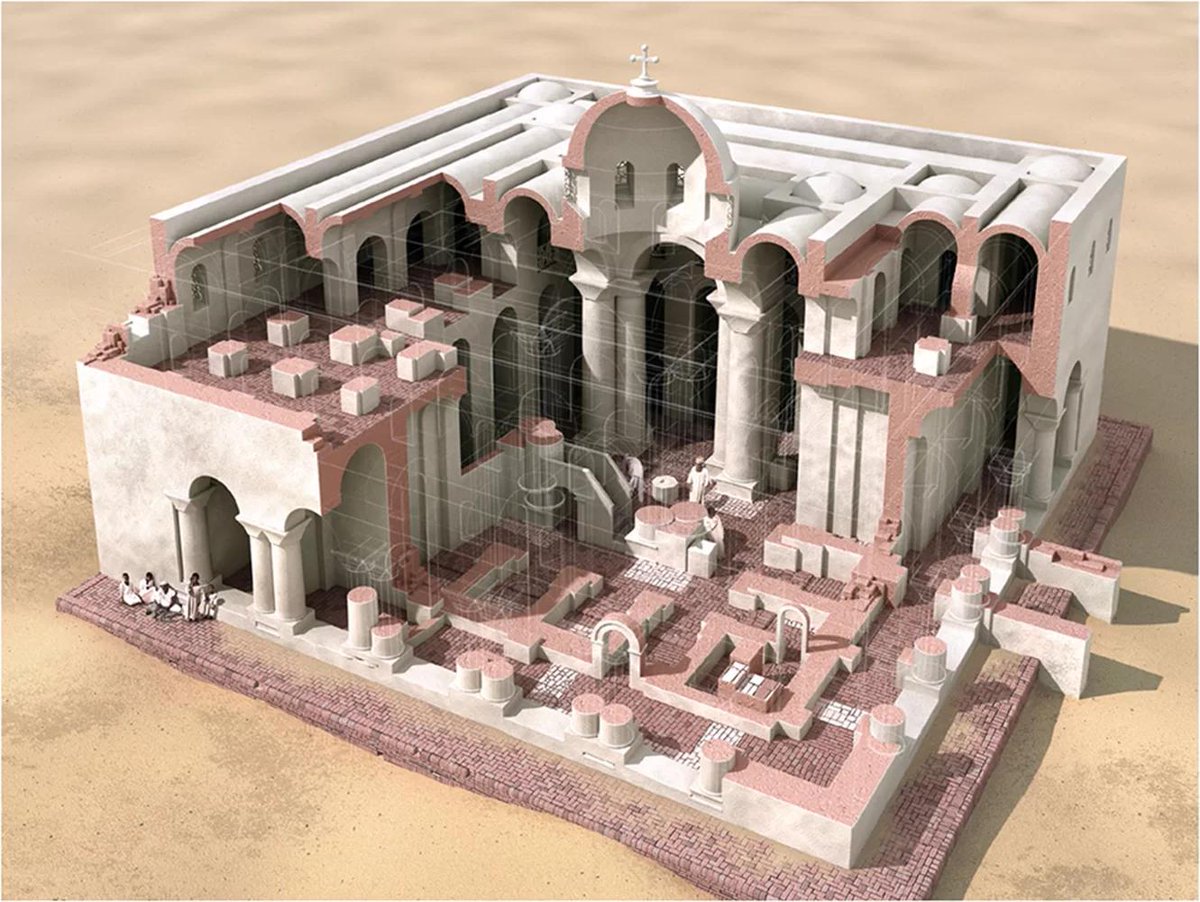
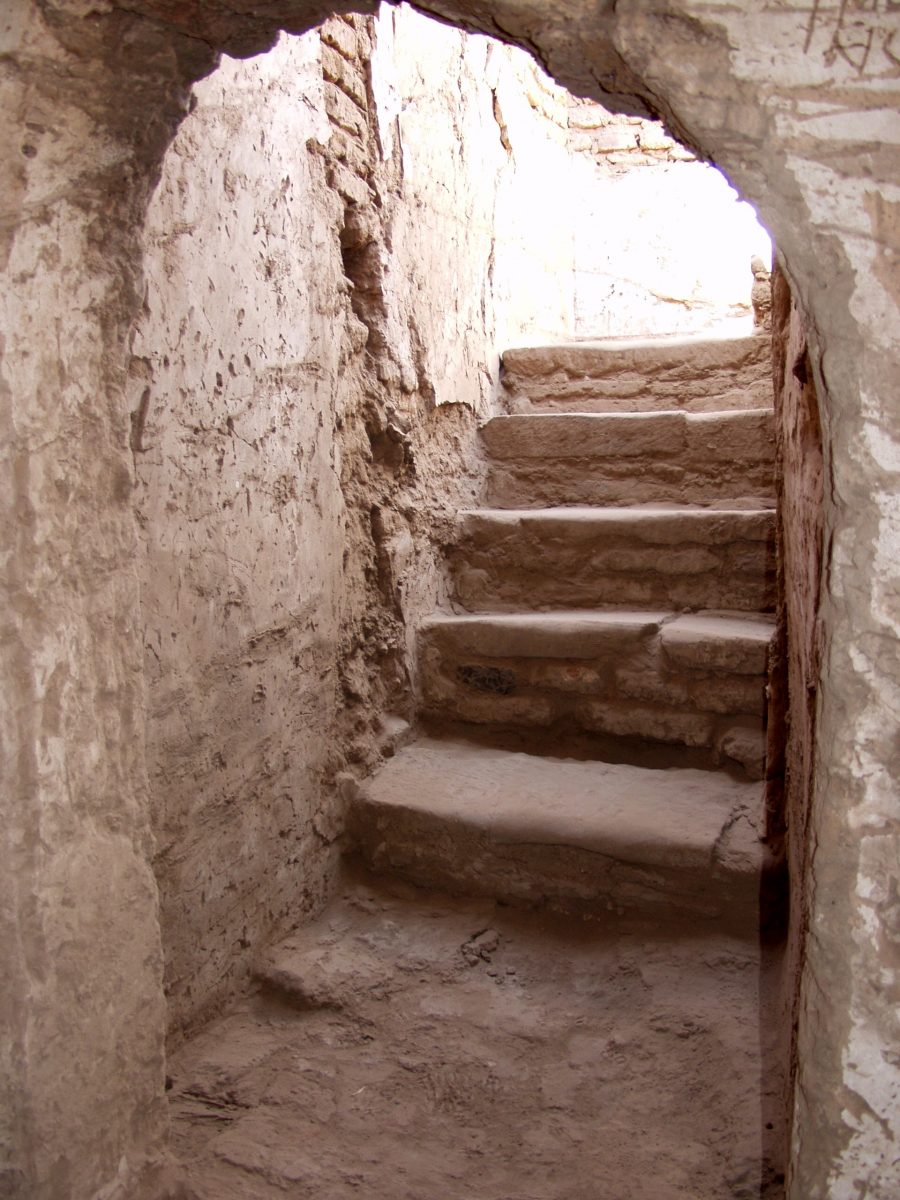
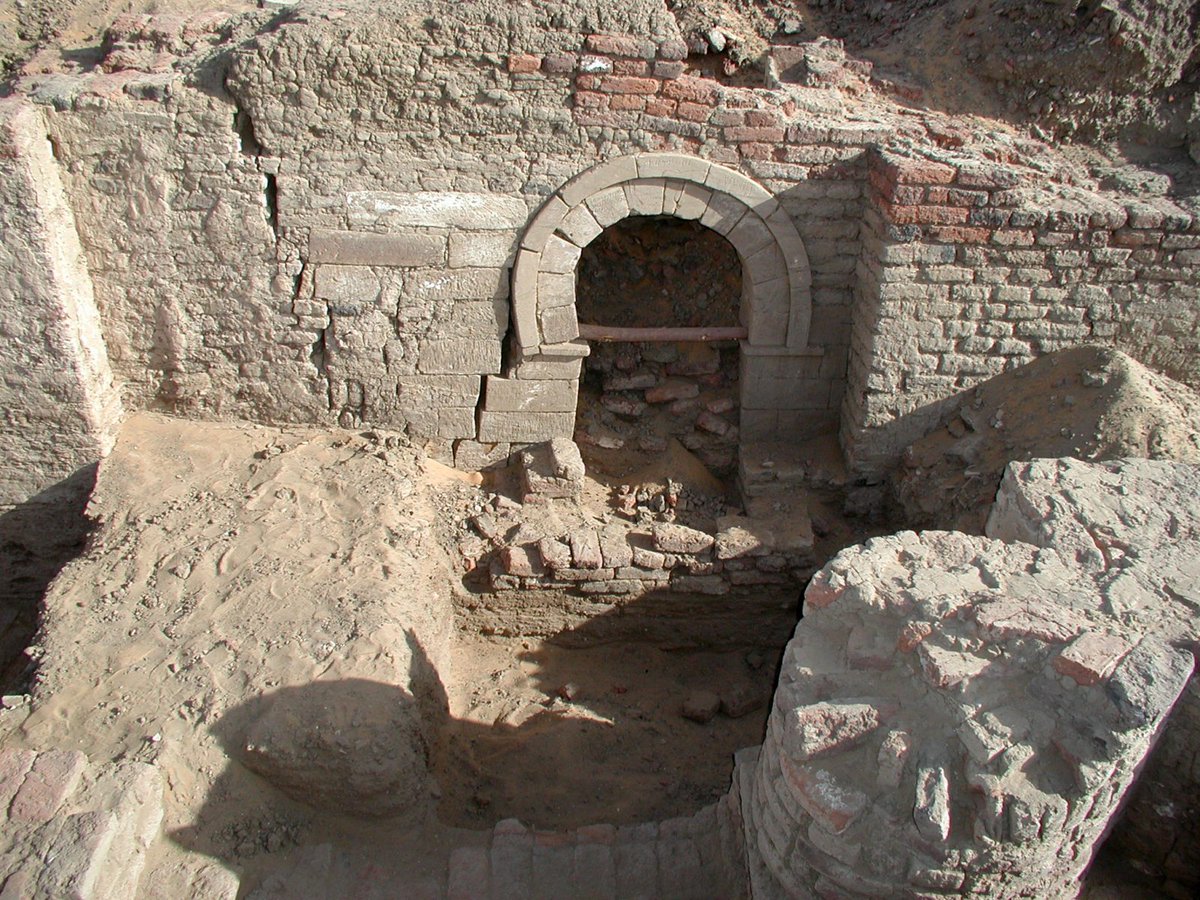
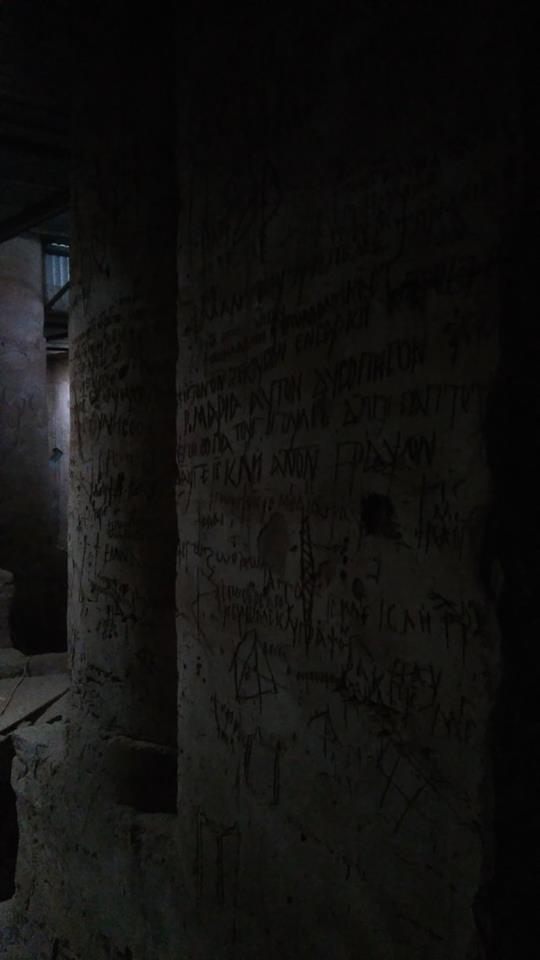

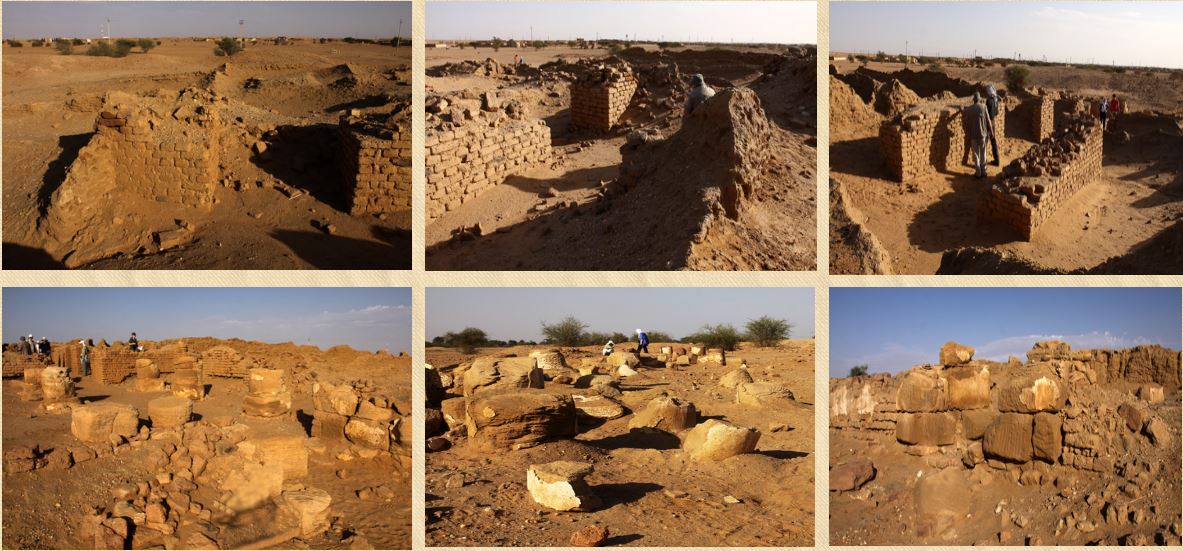

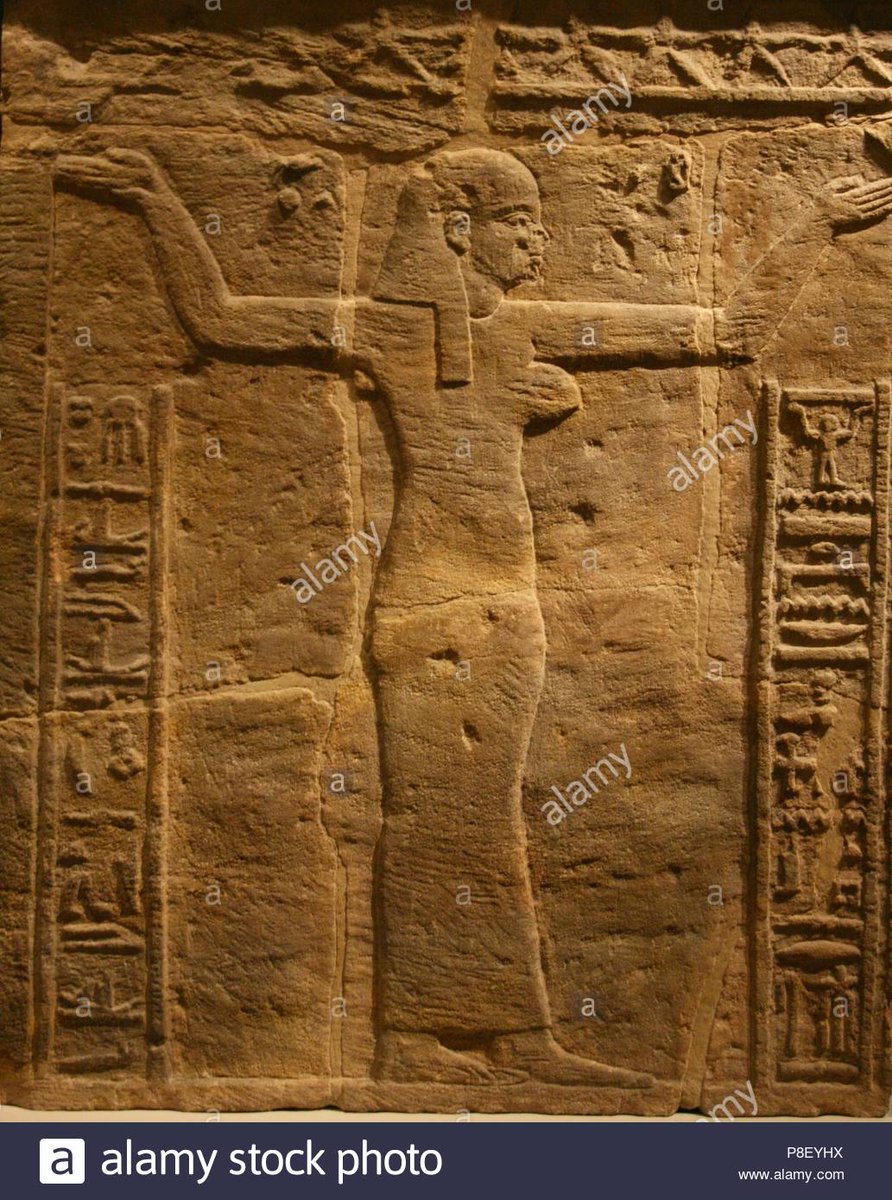

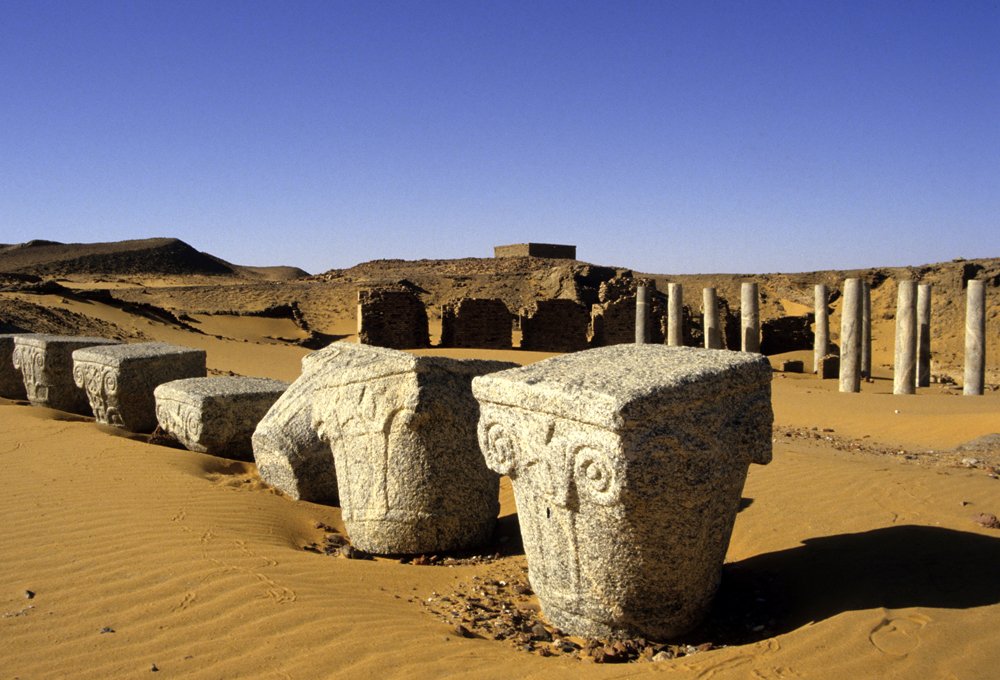


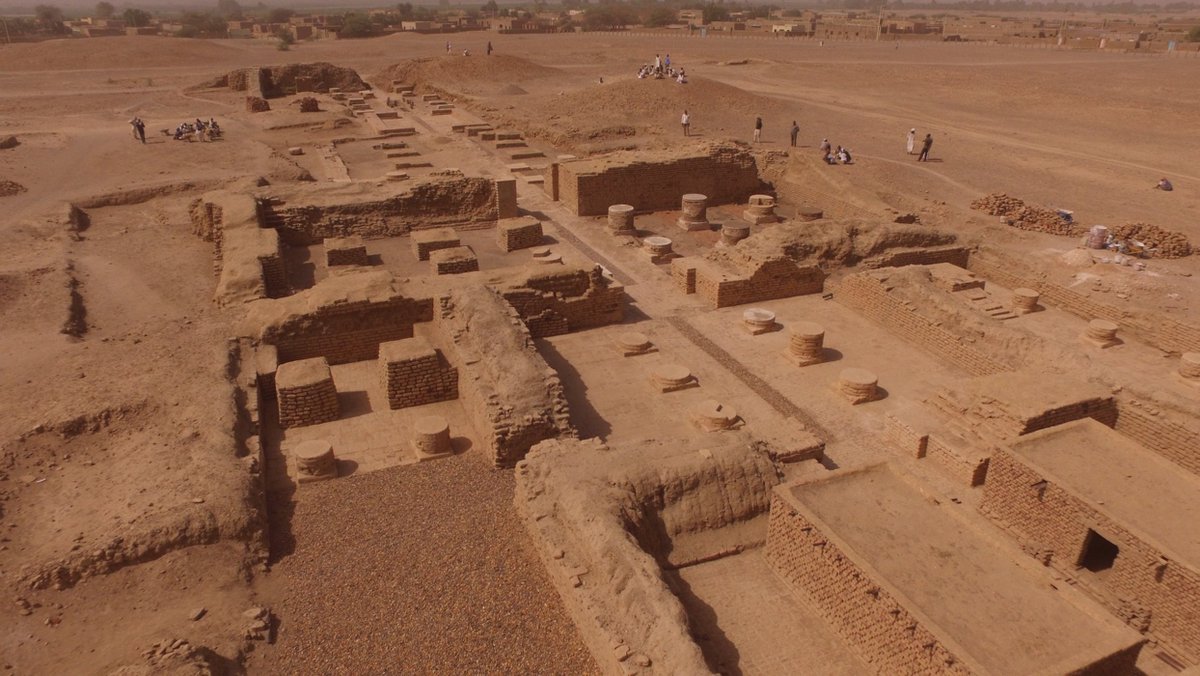

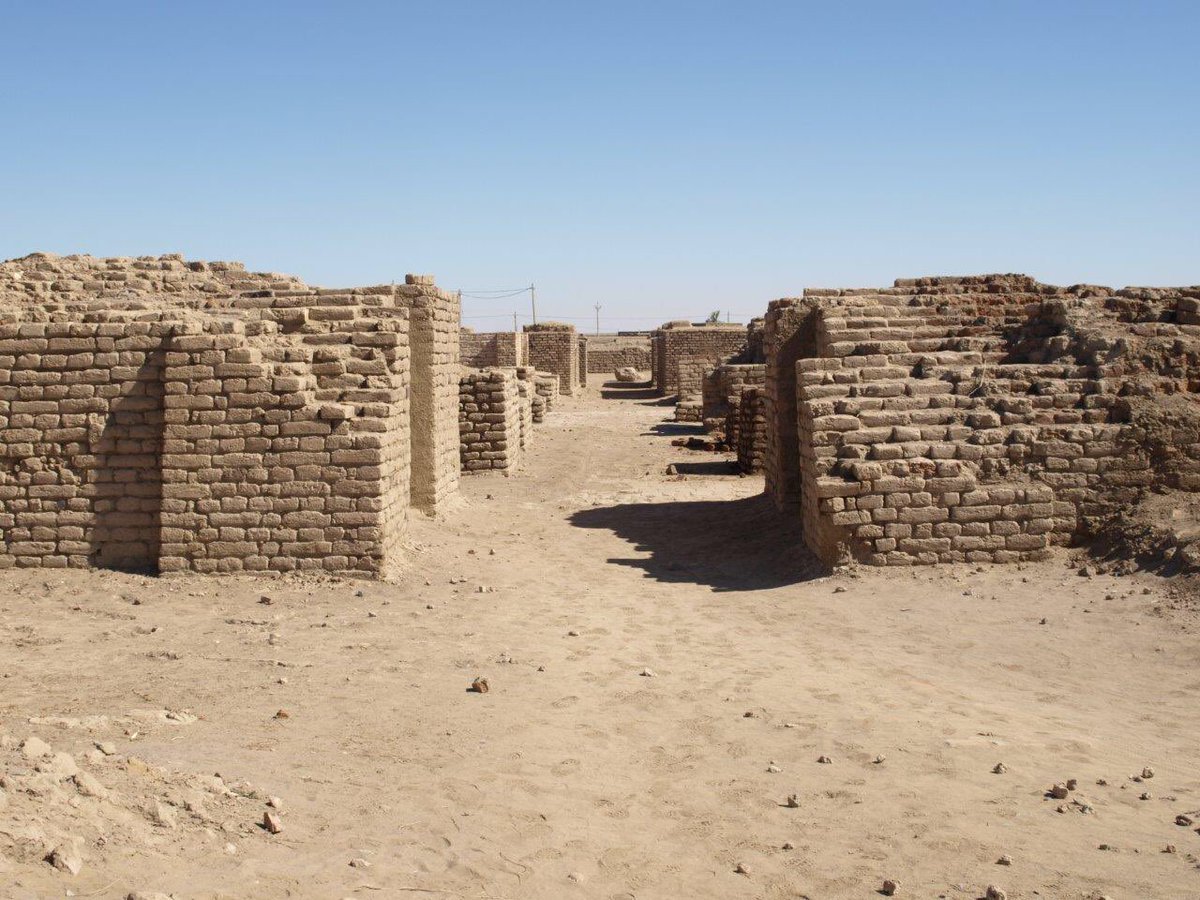


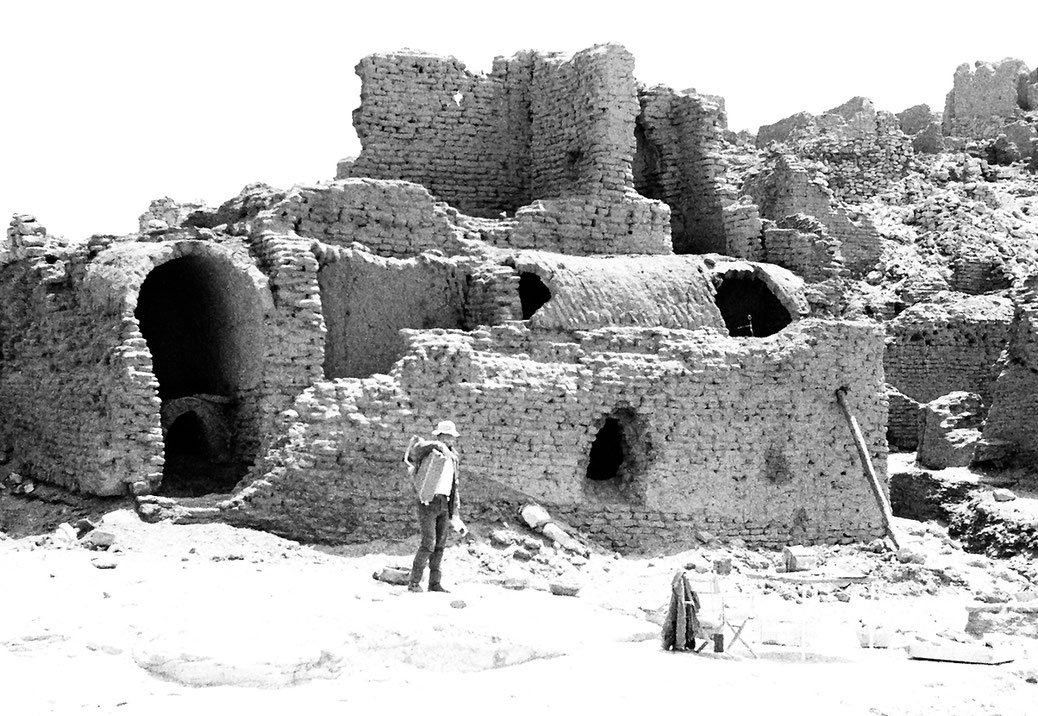

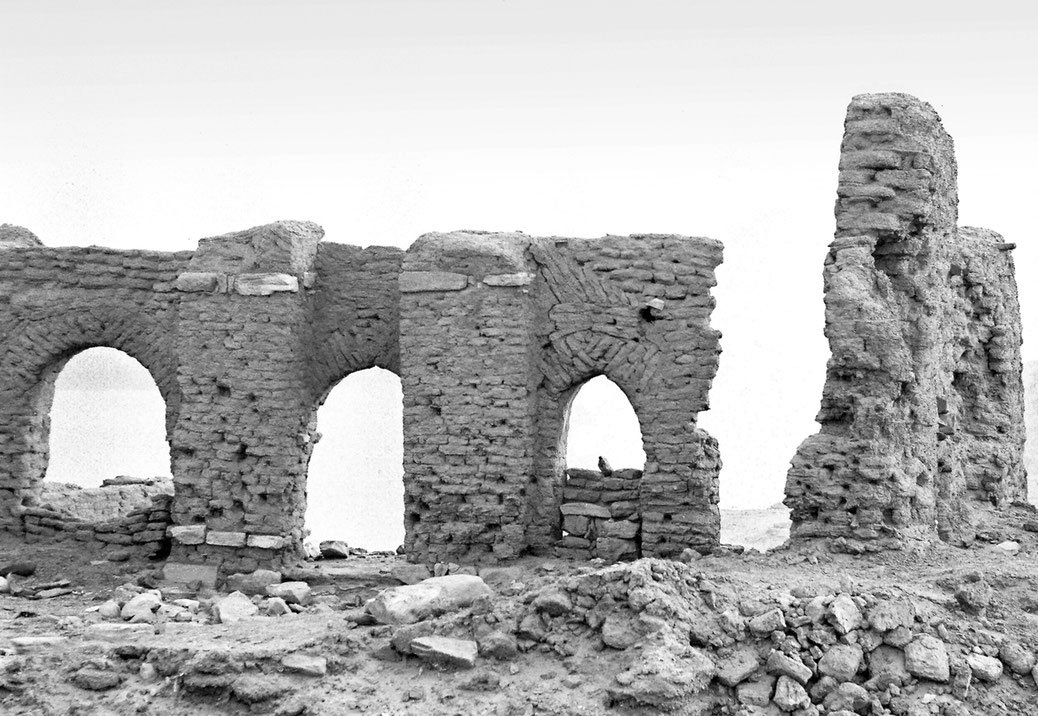

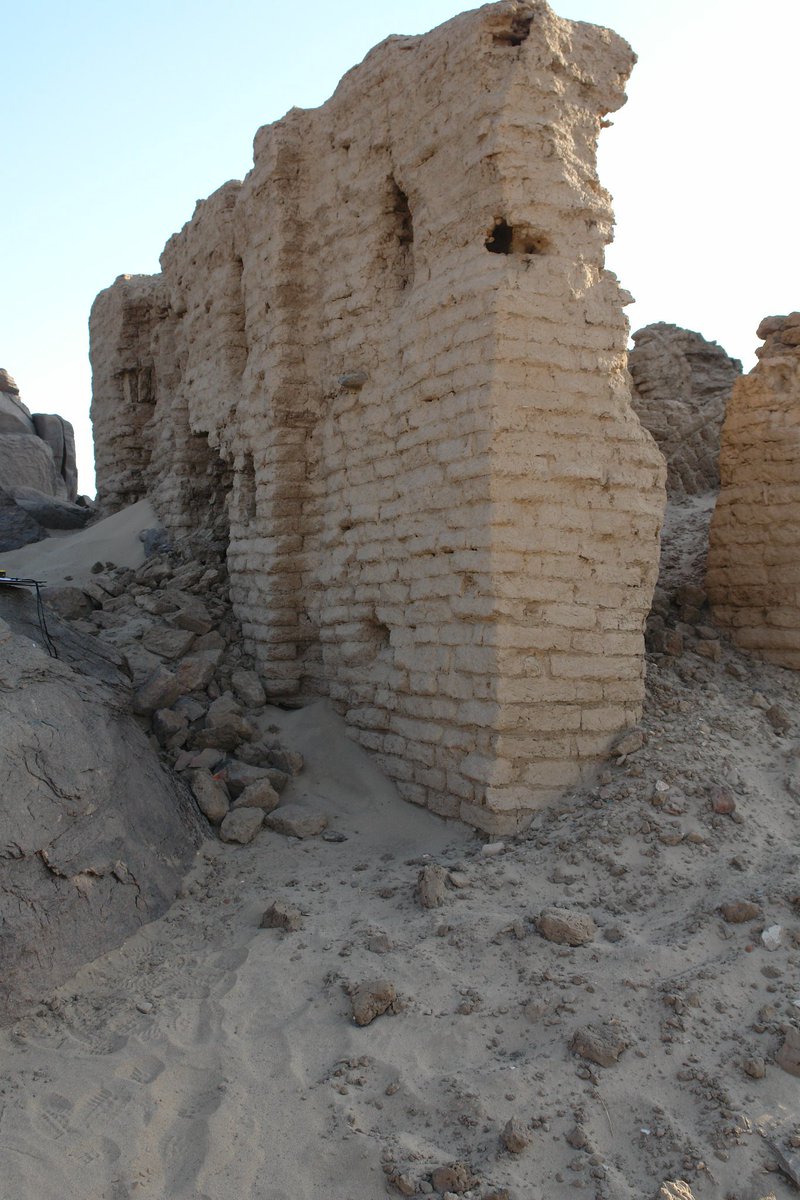
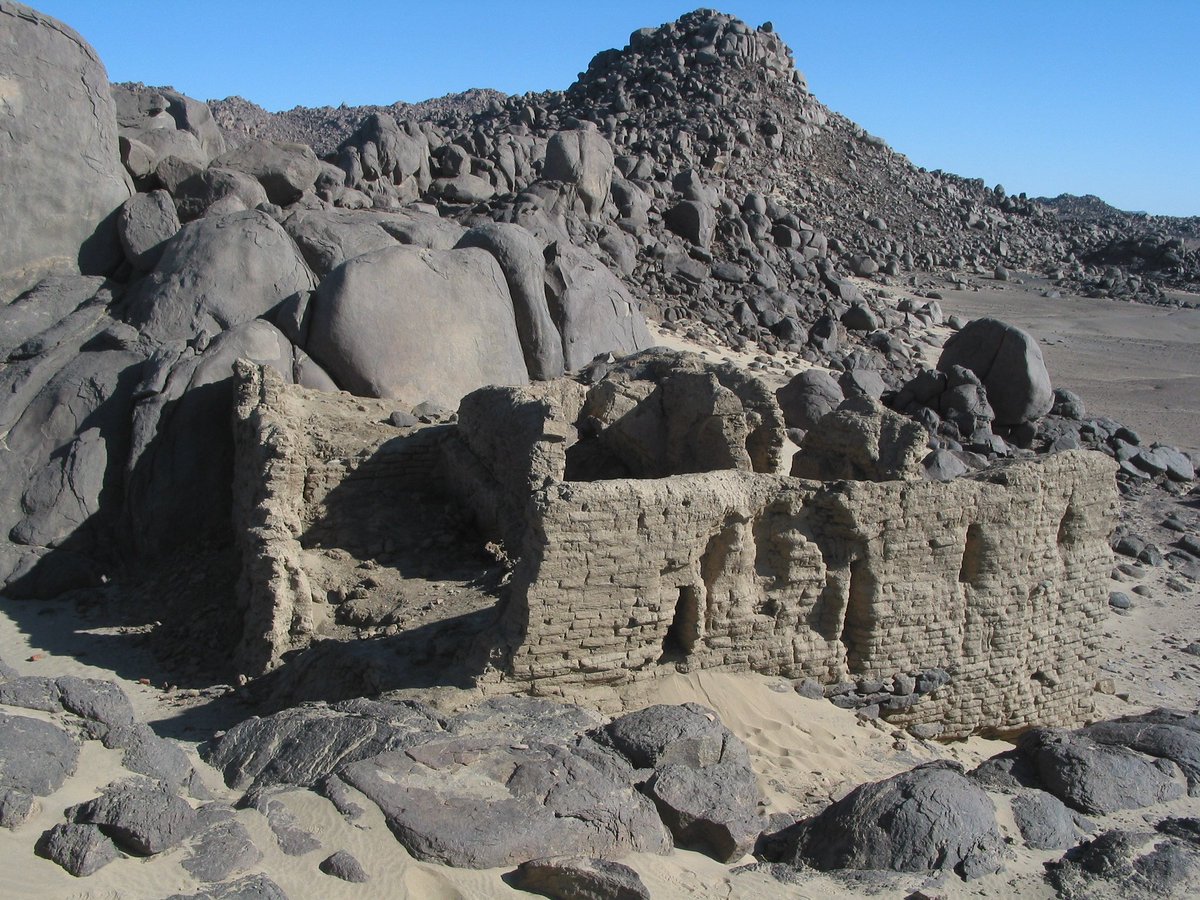

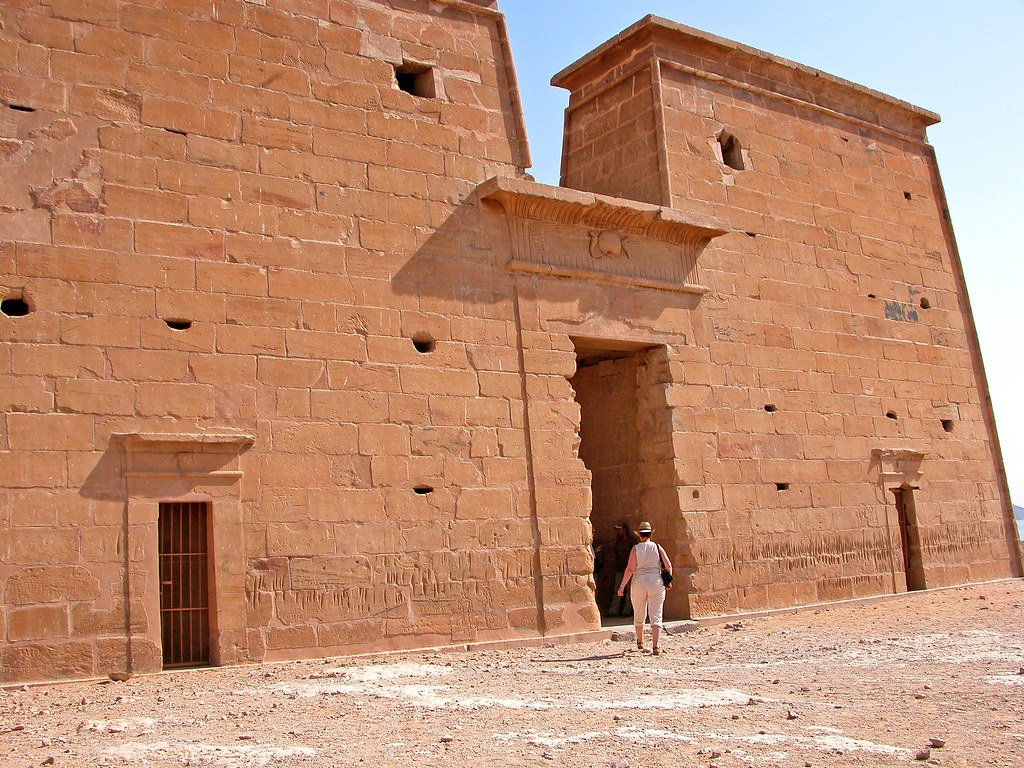
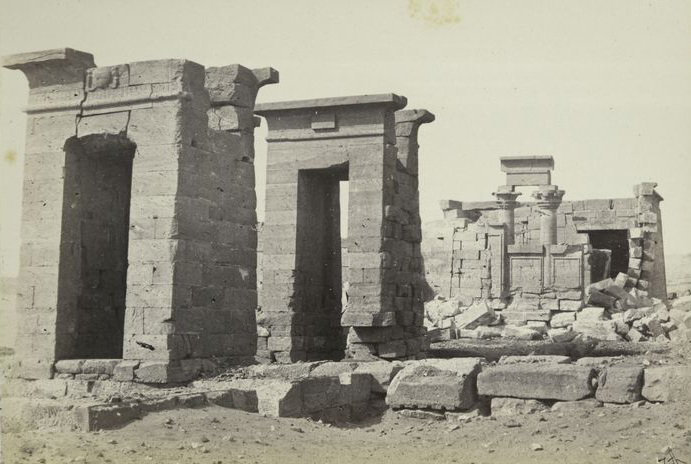


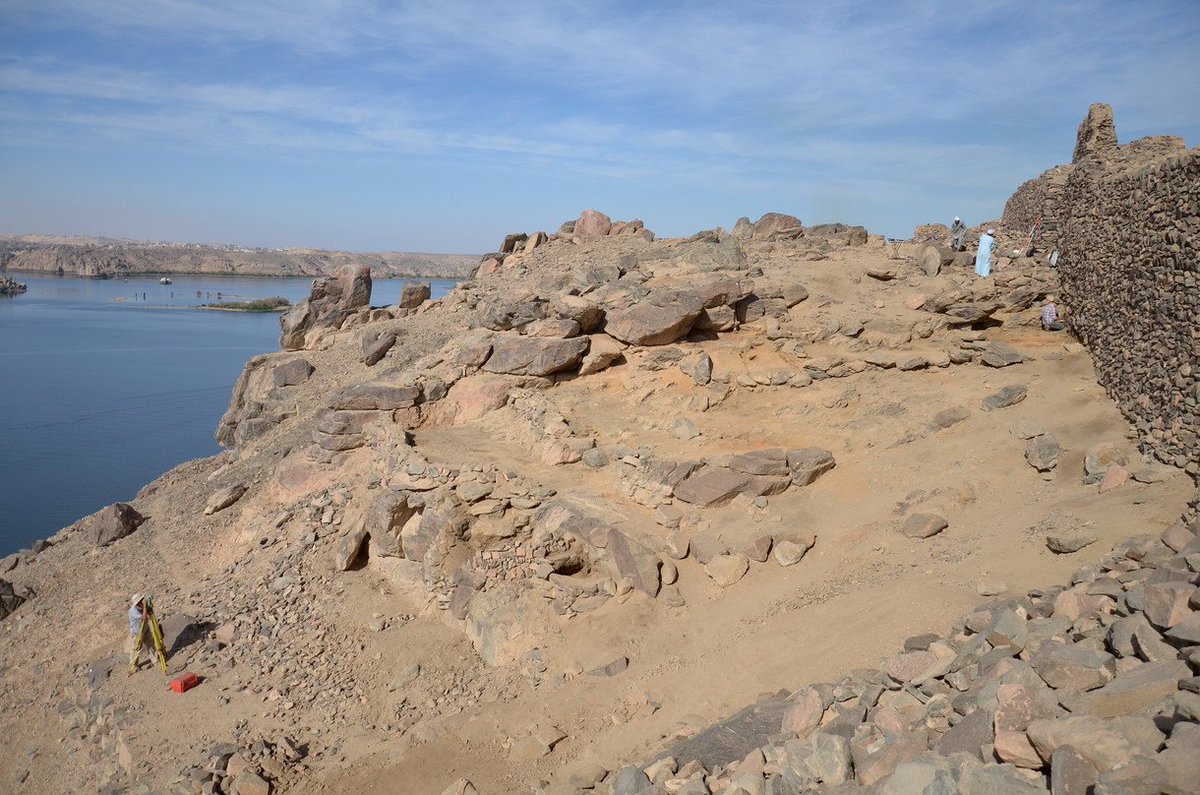



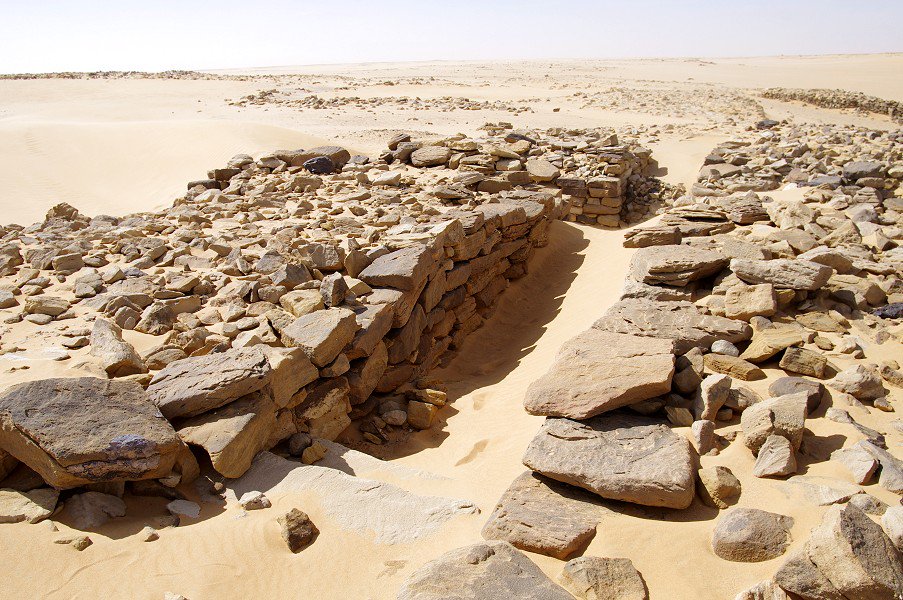
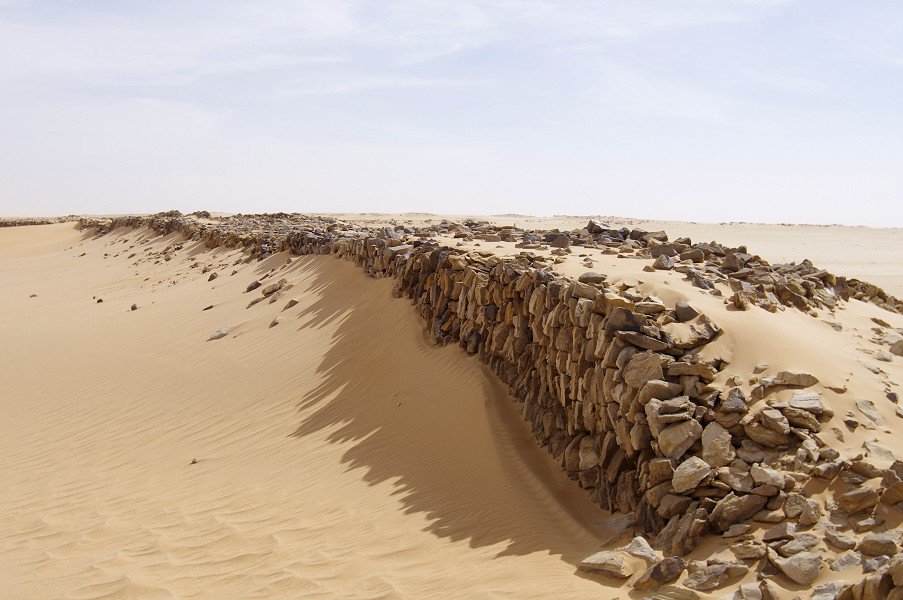

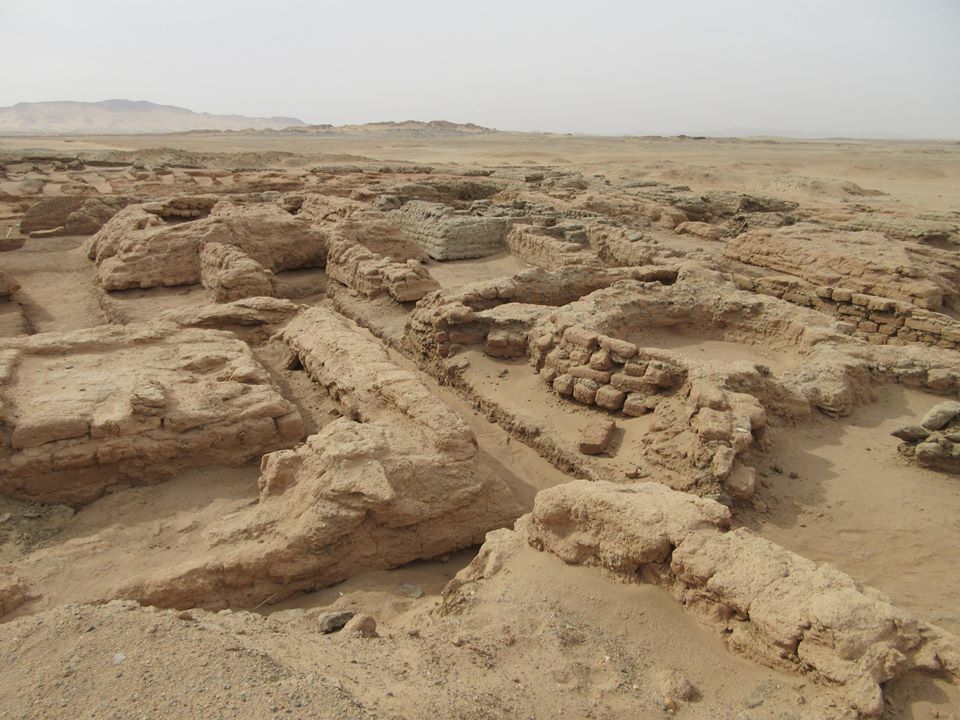
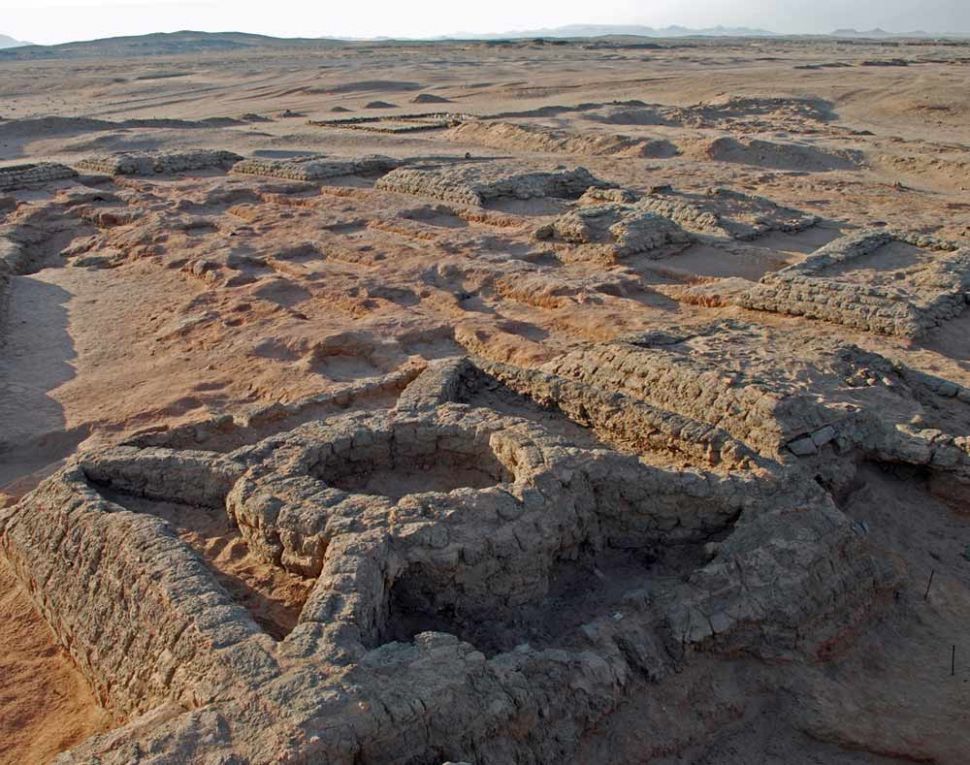
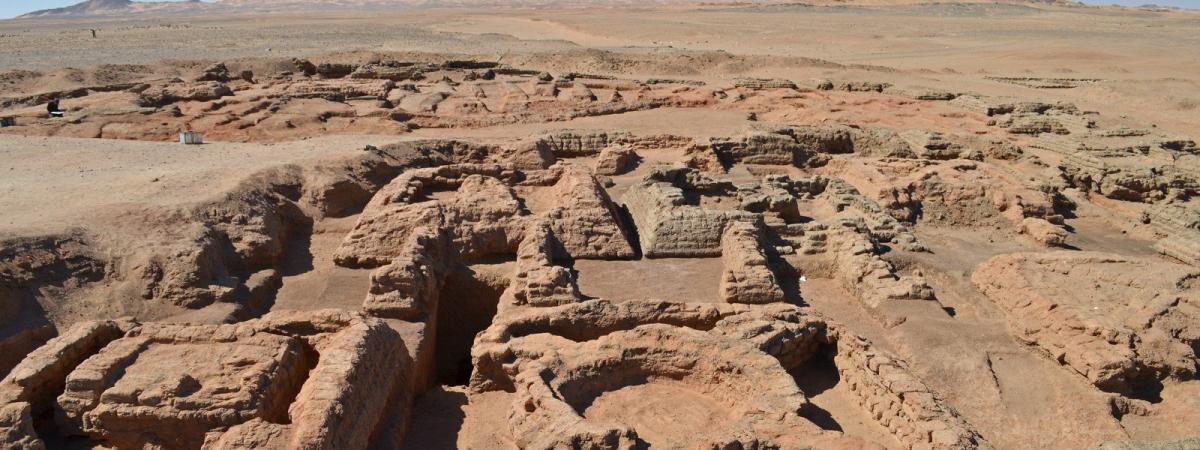
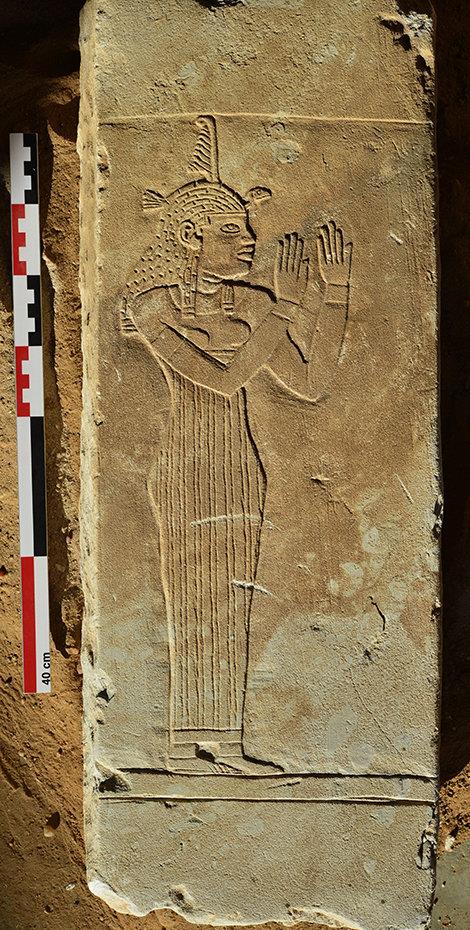
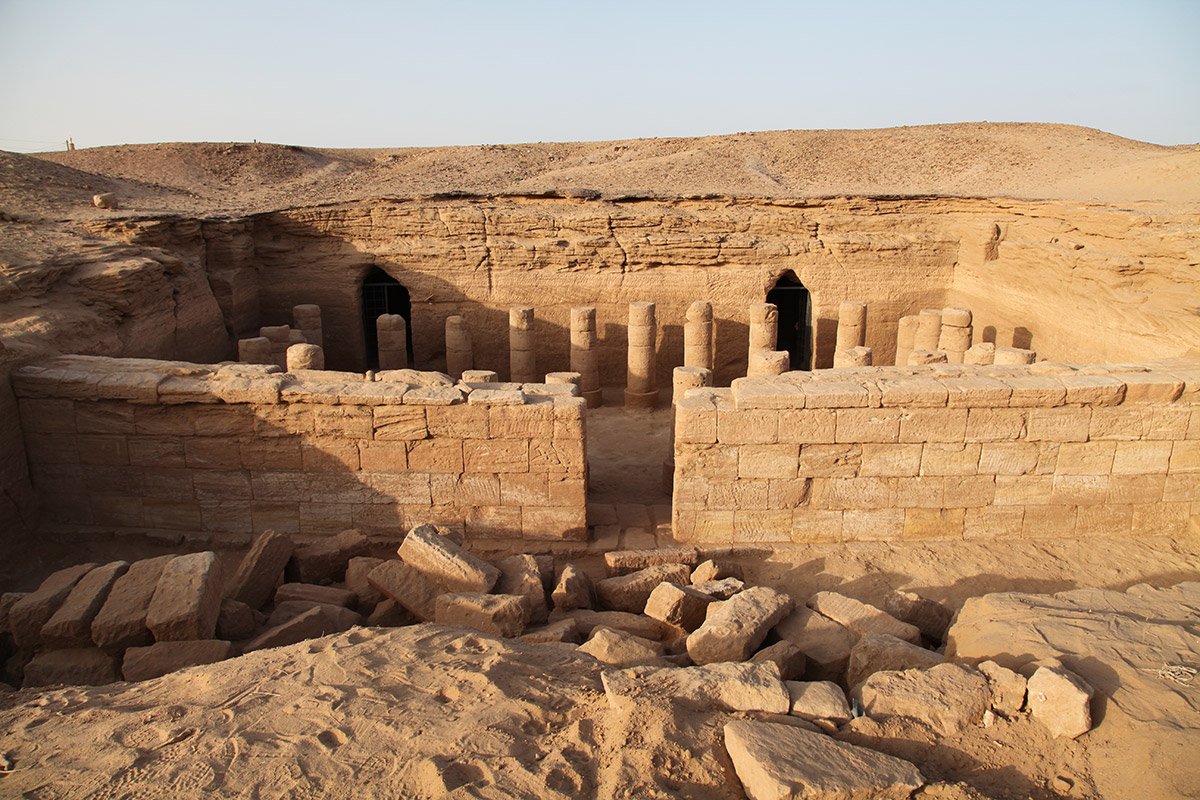
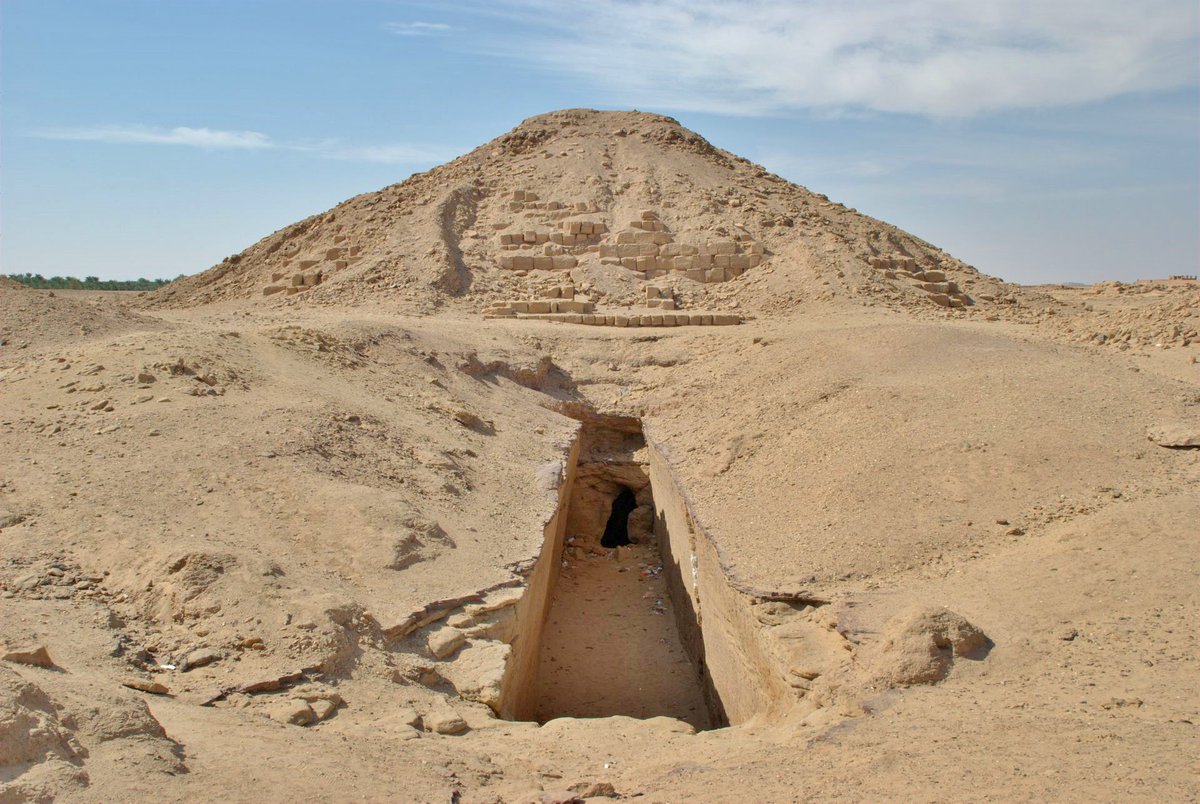
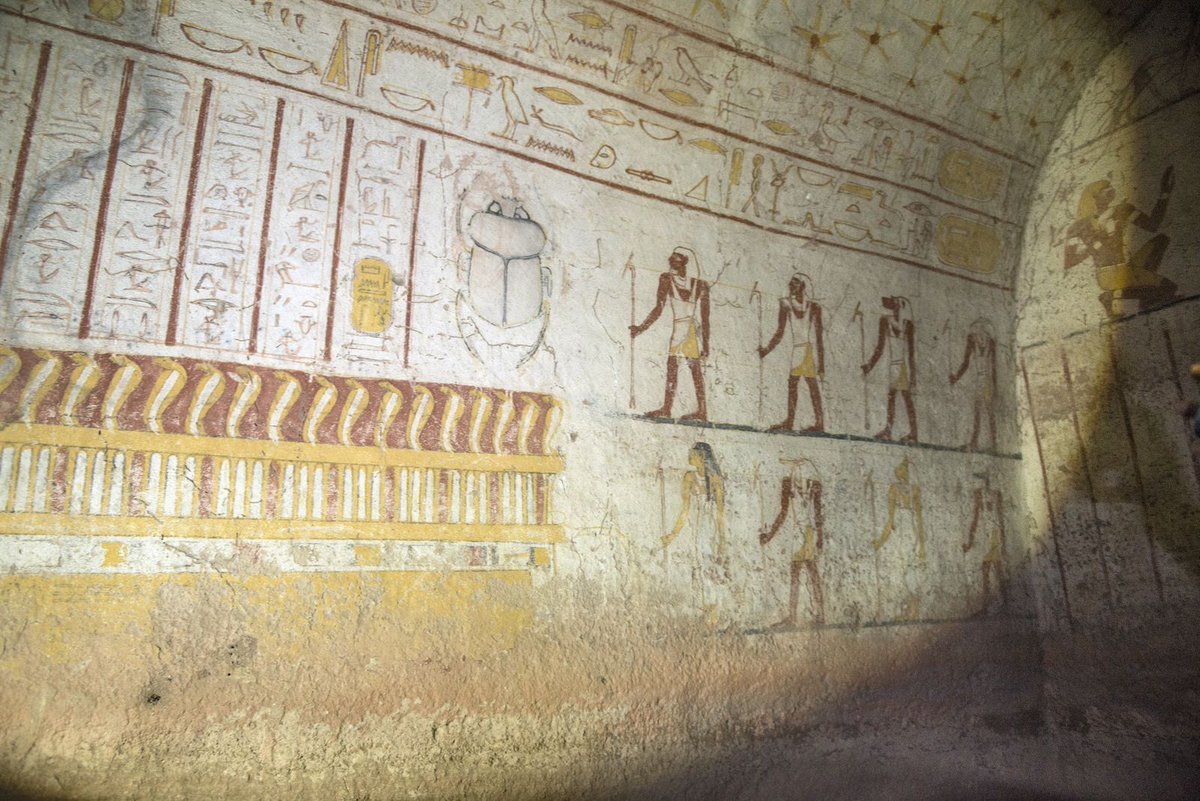
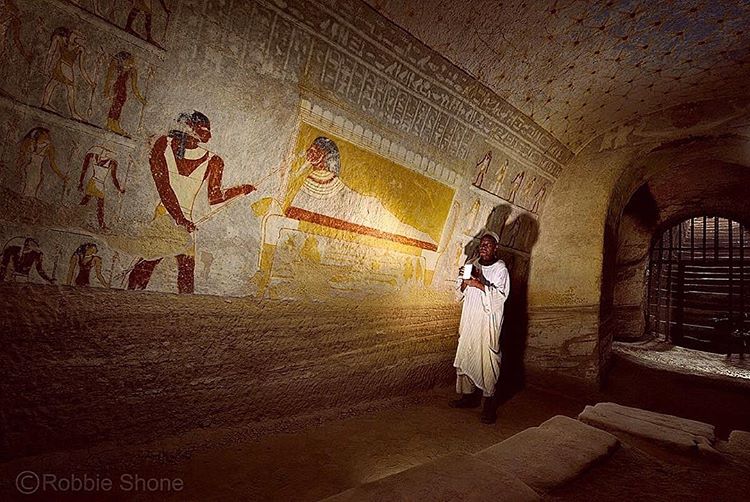
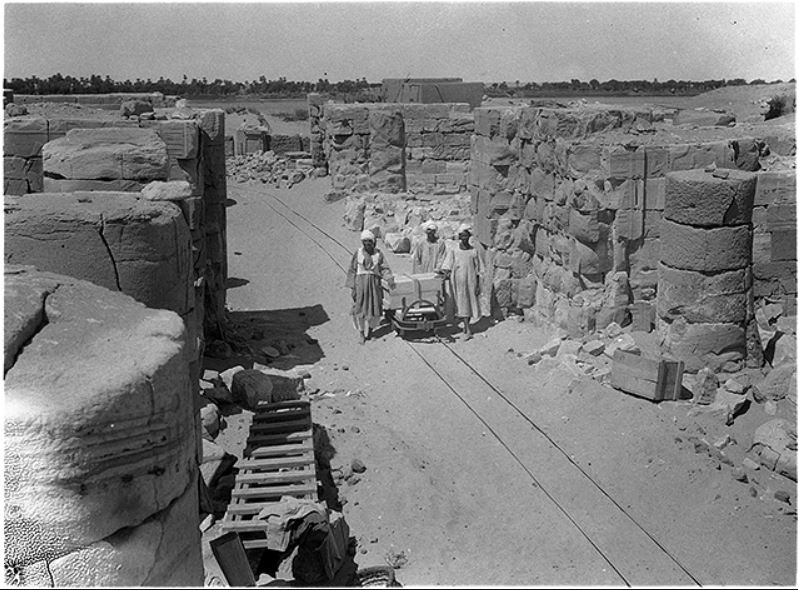
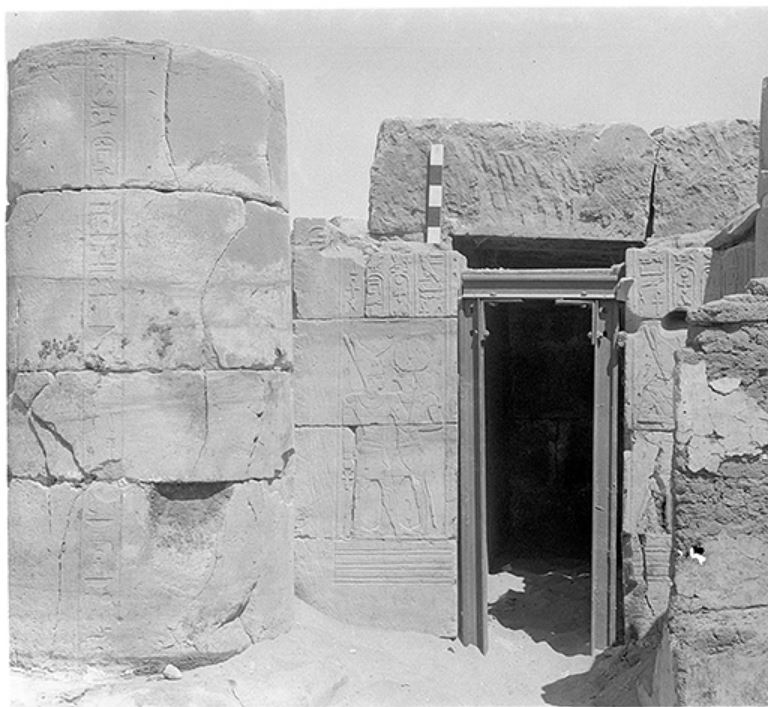
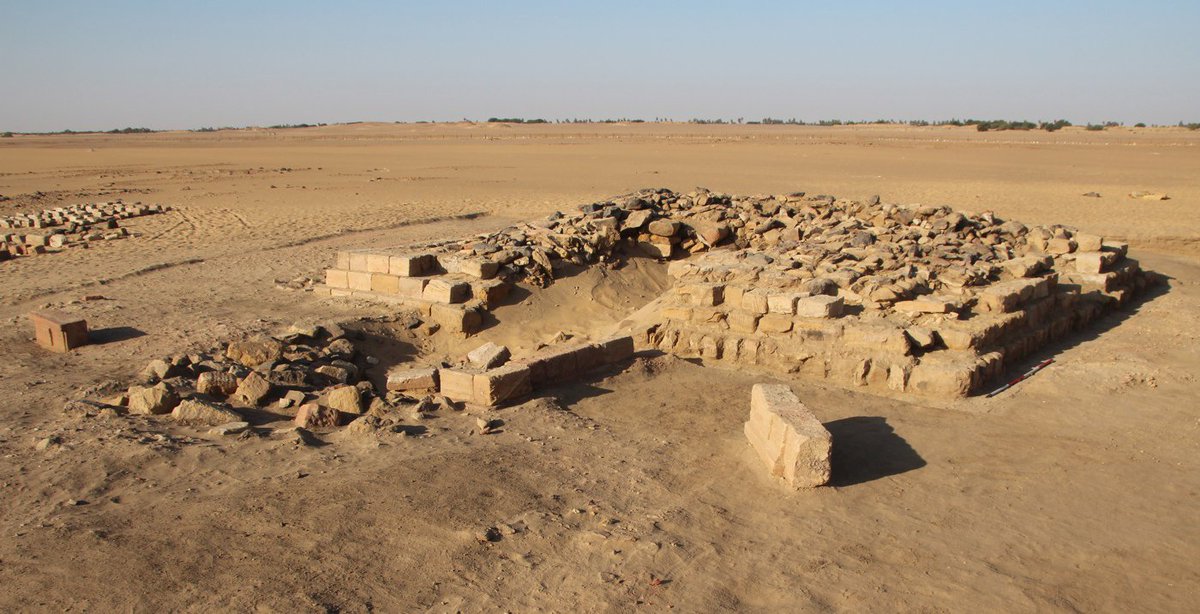

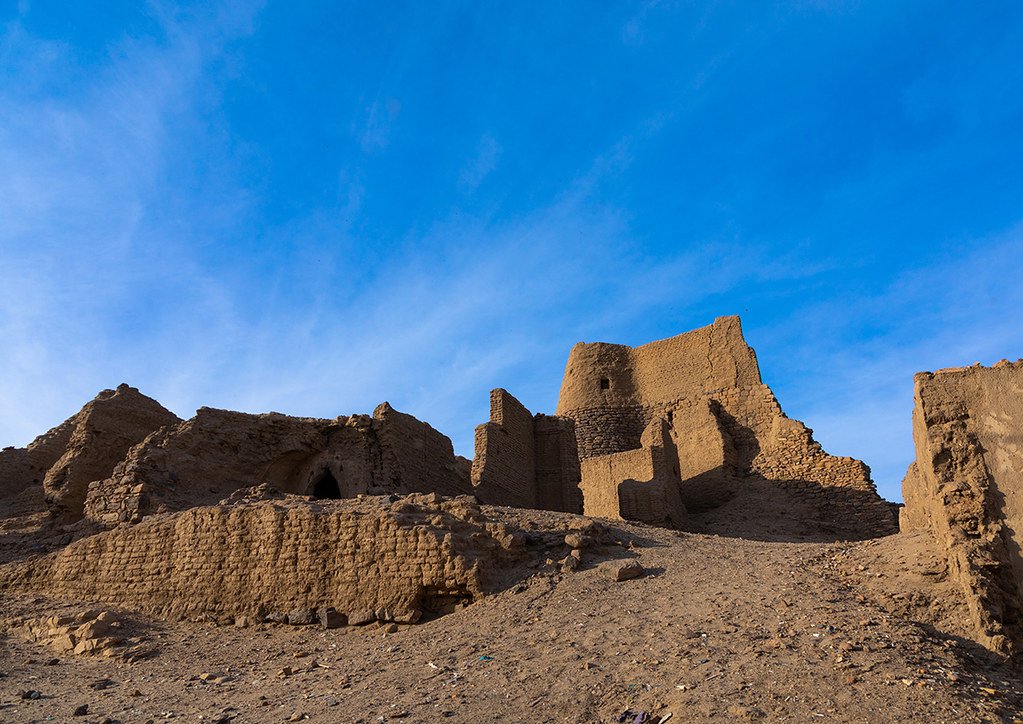
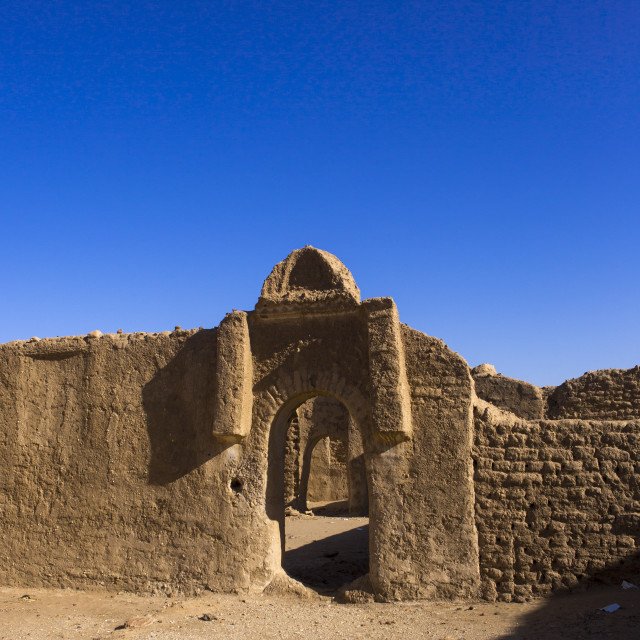
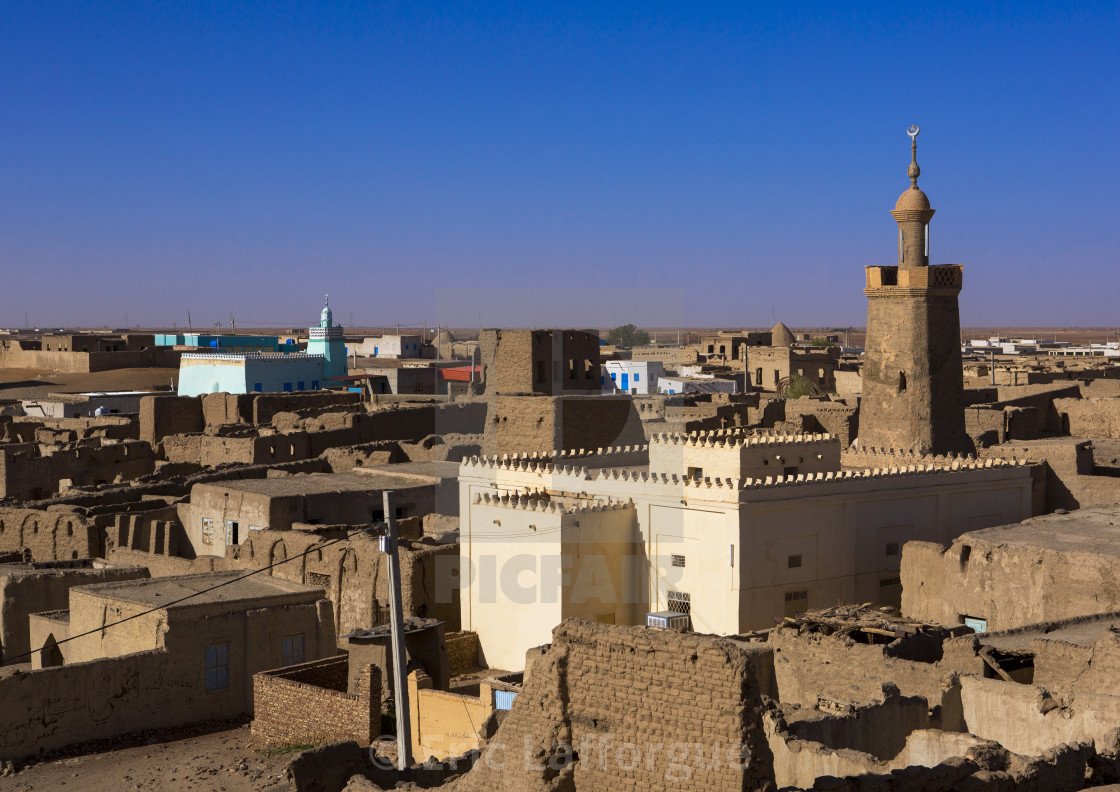
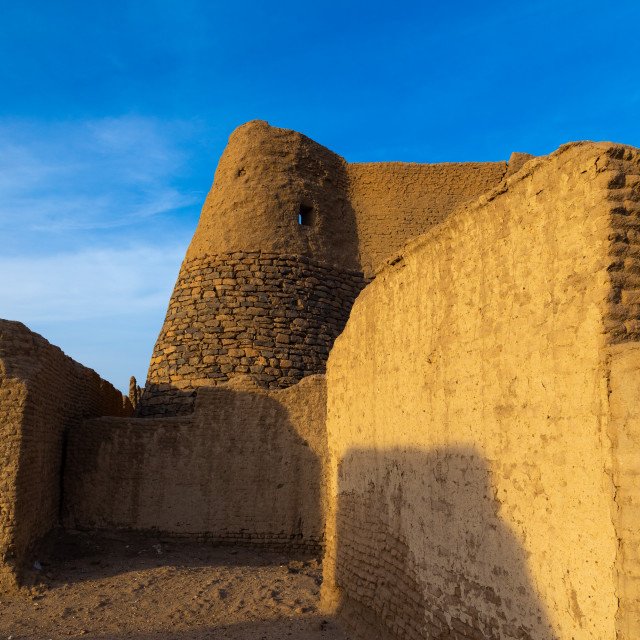
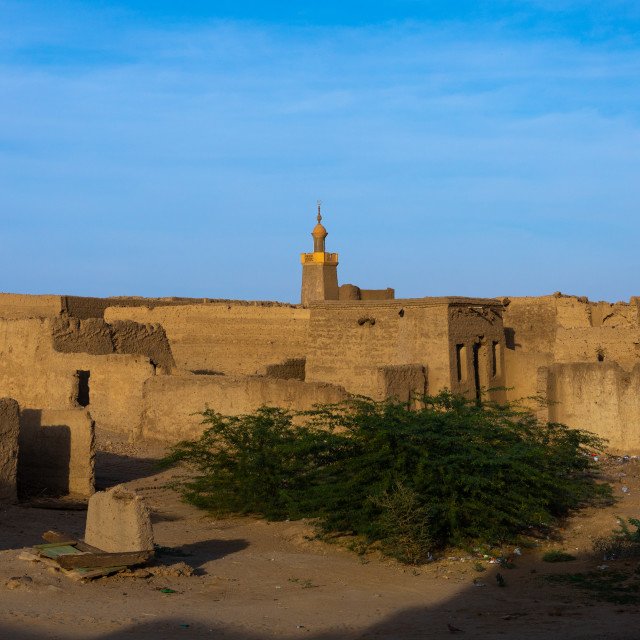
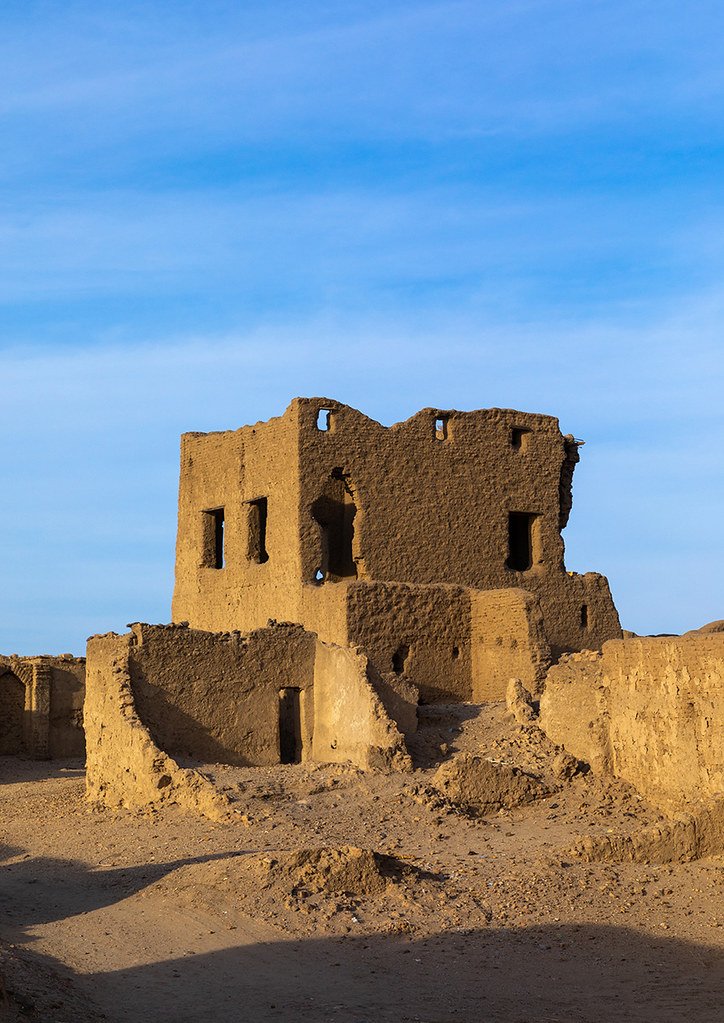
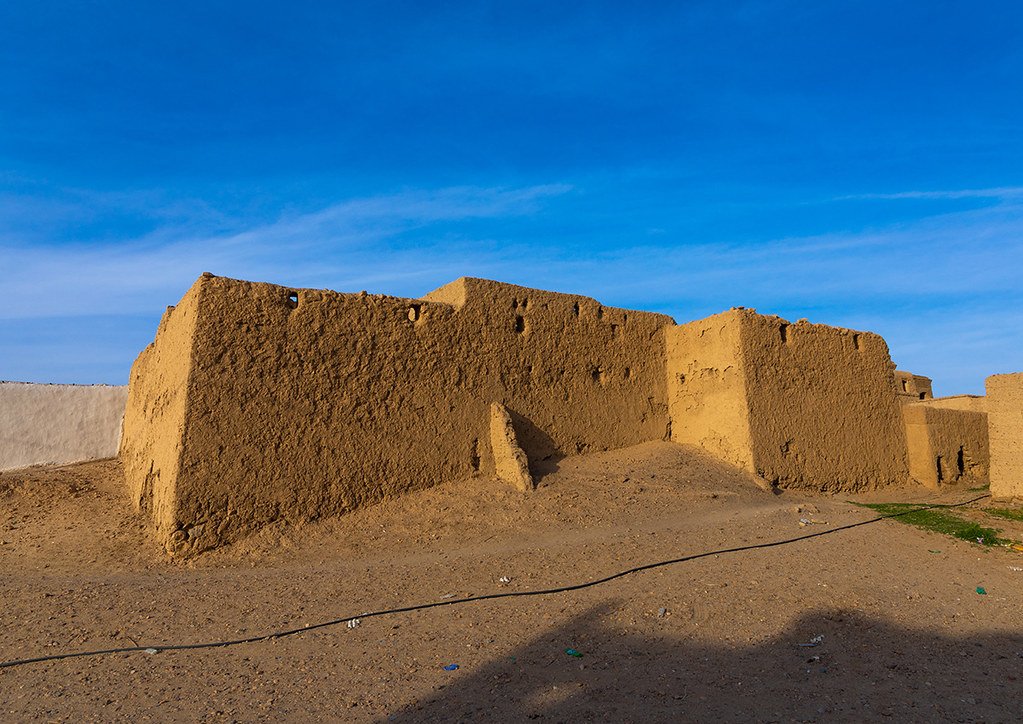
 ) , two temples, a pyramid-cemeteries and several storied mudbrick homes" title="1st century BC Nalote/Karanog was a provincial capital of the meroitic kingdom occupied till the christian era <now flooded under lake nasser> #historyxtthe city contained a governor& #39;s "castle" (insethttps://abs.twimg.com/emoji/v2/... draggable="false" alt="👇" title="Rückhand Zeigefinger nach unten" aria-label="Emoji: Rückhand Zeigefinger nach unten">) , two temples, a pyramid-cemeteries and several storied mudbrick homes">
) , two temples, a pyramid-cemeteries and several storied mudbrick homes" title="1st century BC Nalote/Karanog was a provincial capital of the meroitic kingdom occupied till the christian era <now flooded under lake nasser> #historyxtthe city contained a governor& #39;s "castle" (insethttps://abs.twimg.com/emoji/v2/... draggable="false" alt="👇" title="Rückhand Zeigefinger nach unten" aria-label="Emoji: Rückhand Zeigefinger nach unten">) , two temples, a pyramid-cemeteries and several storied mudbrick homes">
 ) , two temples, a pyramid-cemeteries and several storied mudbrick homes" title="1st century BC Nalote/Karanog was a provincial capital of the meroitic kingdom occupied till the christian era <now flooded under lake nasser> #historyxtthe city contained a governor& #39;s "castle" (insethttps://abs.twimg.com/emoji/v2/... draggable="false" alt="👇" title="Rückhand Zeigefinger nach unten" aria-label="Emoji: Rückhand Zeigefinger nach unten">) , two temples, a pyramid-cemeteries and several storied mudbrick homes">
) , two temples, a pyramid-cemeteries and several storied mudbrick homes" title="1st century BC Nalote/Karanog was a provincial capital of the meroitic kingdom occupied till the christian era <now flooded under lake nasser> #historyxtthe city contained a governor& #39;s "castle" (insethttps://abs.twimg.com/emoji/v2/... draggable="false" alt="👇" title="Rückhand Zeigefinger nach unten" aria-label="Emoji: Rückhand Zeigefinger nach unten">) , two temples, a pyramid-cemeteries and several storied mudbrick homes">
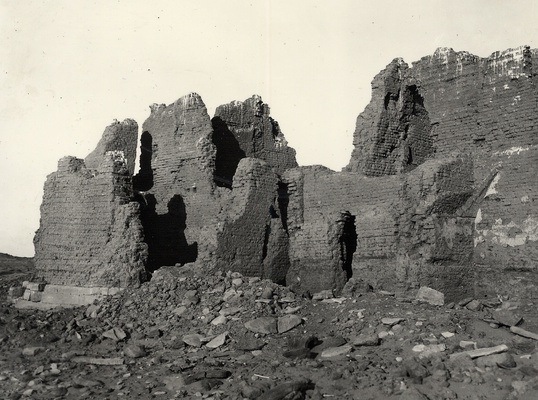 ) , two temples, a pyramid-cemeteries and several storied mudbrick homes" title="1st century BC Nalote/Karanog was a provincial capital of the meroitic kingdom occupied till the christian era <now flooded under lake nasser> #historyxtthe city contained a governor& #39;s "castle" (insethttps://abs.twimg.com/emoji/v2/... draggable="false" alt="👇" title="Rückhand Zeigefinger nach unten" aria-label="Emoji: Rückhand Zeigefinger nach unten">) , two temples, a pyramid-cemeteries and several storied mudbrick homes">
) , two temples, a pyramid-cemeteries and several storied mudbrick homes" title="1st century BC Nalote/Karanog was a provincial capital of the meroitic kingdom occupied till the christian era <now flooded under lake nasser> #historyxtthe city contained a governor& #39;s "castle" (insethttps://abs.twimg.com/emoji/v2/... draggable="false" alt="👇" title="Rückhand Zeigefinger nach unten" aria-label="Emoji: Rückhand Zeigefinger nach unten">) , two temples, a pyramid-cemeteries and several storied mudbrick homes">
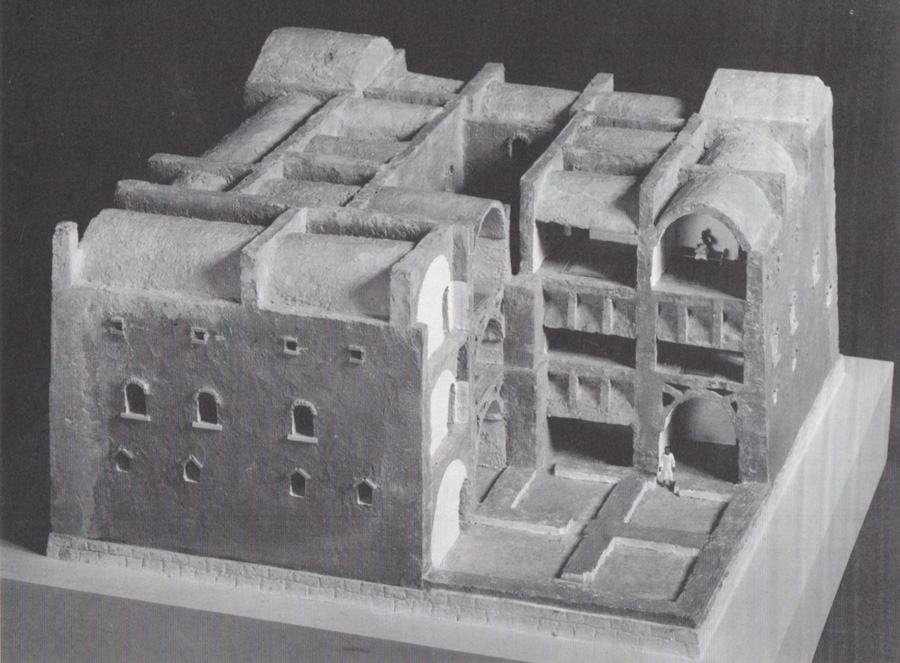 ) , two temples, a pyramid-cemeteries and several storied mudbrick homes" title="1st century BC Nalote/Karanog was a provincial capital of the meroitic kingdom occupied till the christian era <now flooded under lake nasser> #historyxtthe city contained a governor& #39;s "castle" (insethttps://abs.twimg.com/emoji/v2/... draggable="false" alt="👇" title="Rückhand Zeigefinger nach unten" aria-label="Emoji: Rückhand Zeigefinger nach unten">) , two temples, a pyramid-cemeteries and several storied mudbrick homes">
) , two temples, a pyramid-cemeteries and several storied mudbrick homes" title="1st century BC Nalote/Karanog was a provincial capital of the meroitic kingdom occupied till the christian era <now flooded under lake nasser> #historyxtthe city contained a governor& #39;s "castle" (insethttps://abs.twimg.com/emoji/v2/... draggable="false" alt="👇" title="Rückhand Zeigefinger nach unten" aria-label="Emoji: Rückhand Zeigefinger nach unten">) , two temples, a pyramid-cemeteries and several storied mudbrick homes">

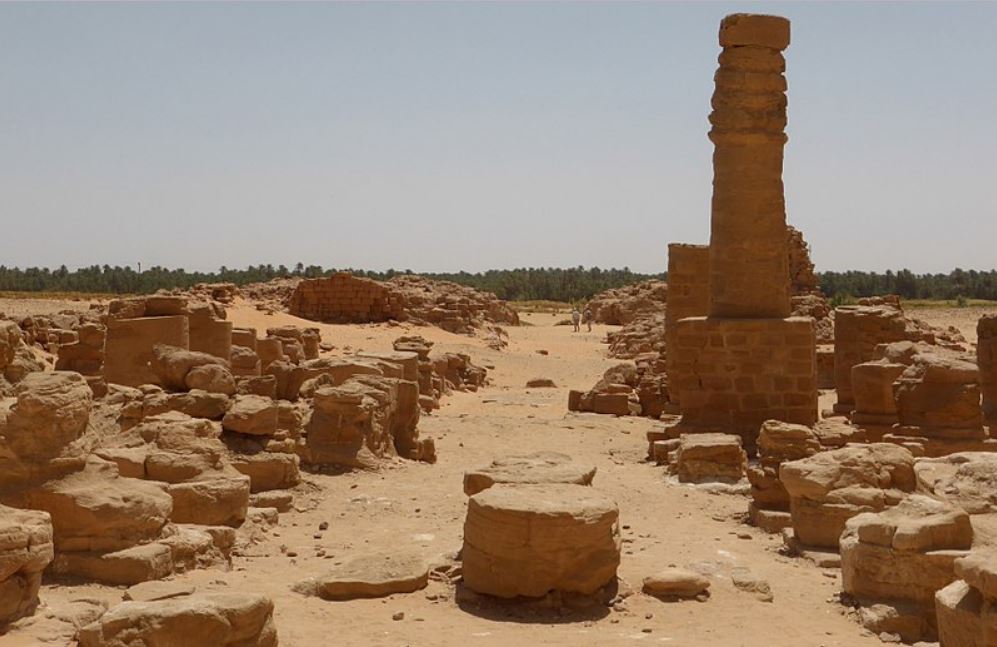
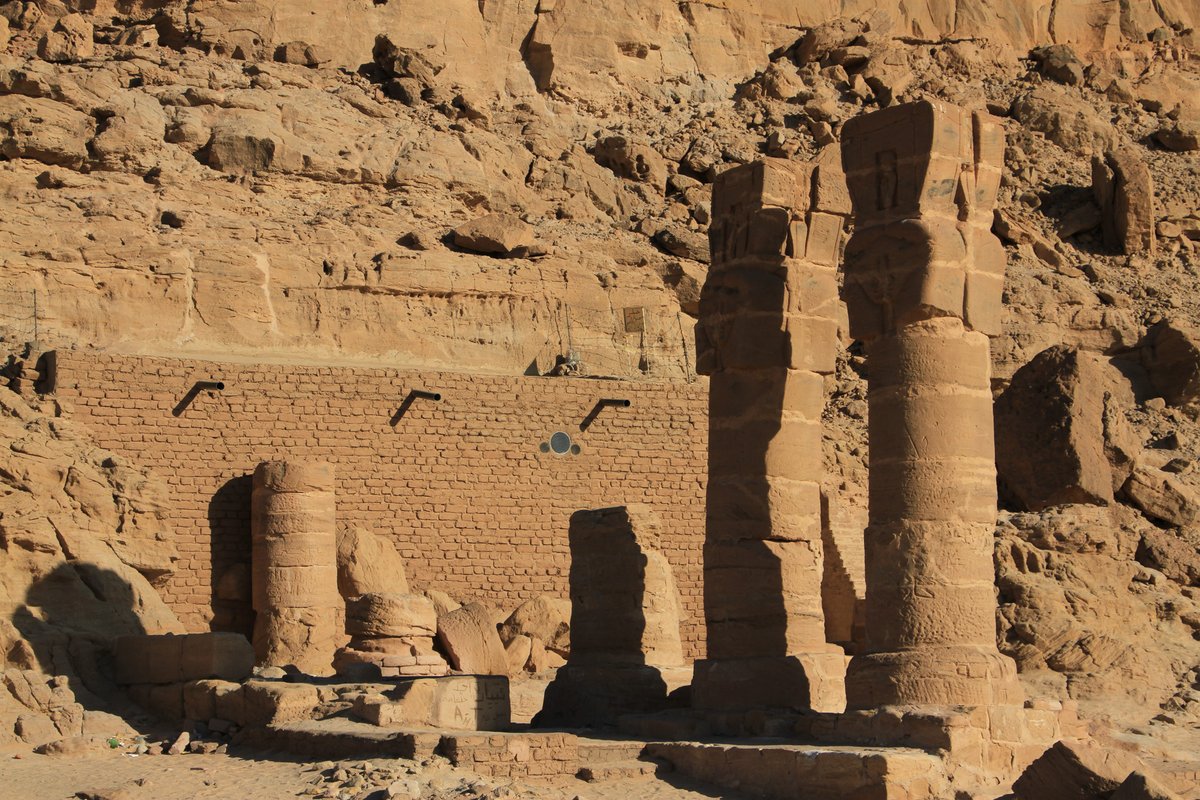

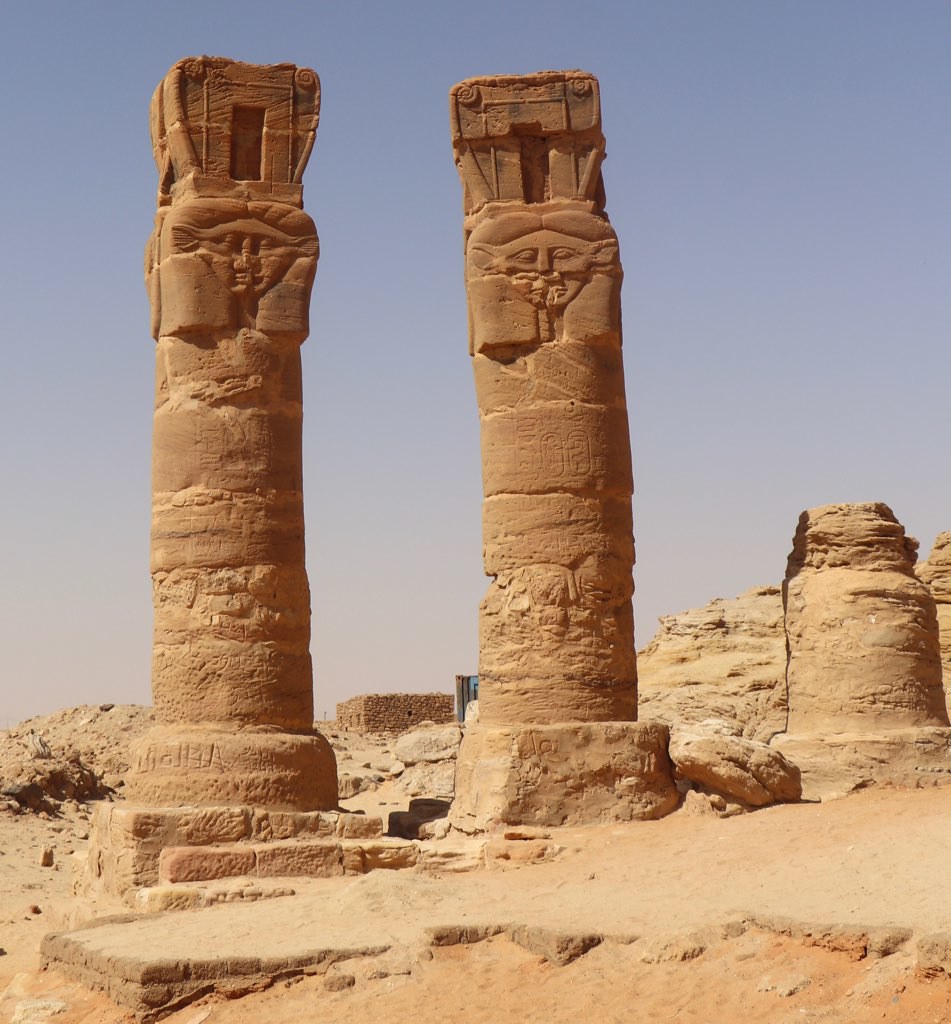 #historyxt" title="<holy mountain>the most prominent ruins on the site are the temples of amun <small temple built by Thutmose III, rebuilt and expanded by piye, destroyed by the romans, rebuilt by natakamani> and mut <built by taharqa> and the pyramids UNESCO; https://whc.unesco.org/en/list/1... href="https://twtext.com//hashtag/historyxt"> #historyxt">
#historyxt" title="<holy mountain>the most prominent ruins on the site are the temples of amun <small temple built by Thutmose III, rebuilt and expanded by piye, destroyed by the romans, rebuilt by natakamani> and mut <built by taharqa> and the pyramids UNESCO; https://whc.unesco.org/en/list/1... href="https://twtext.com//hashtag/historyxt"> #historyxt">
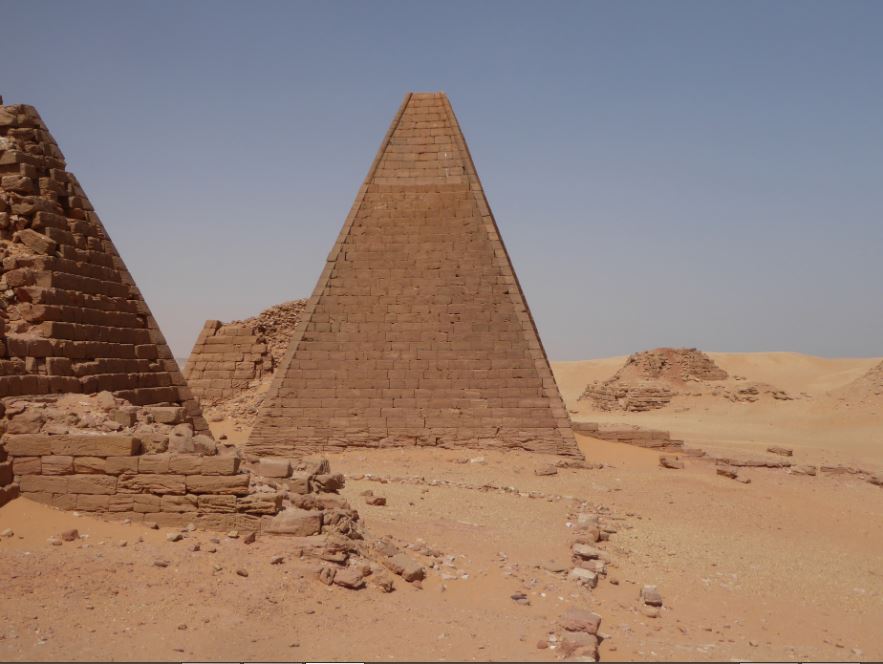 #historyxt" title="<holy mountain>the most prominent ruins on the site are the temples of amun <small temple built by Thutmose III, rebuilt and expanded by piye, destroyed by the romans, rebuilt by natakamani> and mut <built by taharqa> and the pyramids UNESCO; https://whc.unesco.org/en/list/1... href="https://twtext.com//hashtag/historyxt"> #historyxt">
#historyxt" title="<holy mountain>the most prominent ruins on the site are the temples of amun <small temple built by Thutmose III, rebuilt and expanded by piye, destroyed by the romans, rebuilt by natakamani> and mut <built by taharqa> and the pyramids UNESCO; https://whc.unesco.org/en/list/1... href="https://twtext.com//hashtag/historyxt"> #historyxt">
 #historyxt" title="<holy mountain>the most prominent ruins on the site are the temples of amun <small temple built by Thutmose III, rebuilt and expanded by piye, destroyed by the romans, rebuilt by natakamani> and mut <built by taharqa> and the pyramids UNESCO; https://whc.unesco.org/en/list/1... href="https://twtext.com//hashtag/historyxt"> #historyxt">
#historyxt" title="<holy mountain>the most prominent ruins on the site are the temples of amun <small temple built by Thutmose III, rebuilt and expanded by piye, destroyed by the romans, rebuilt by natakamani> and mut <built by taharqa> and the pyramids UNESCO; https://whc.unesco.org/en/list/1... href="https://twtext.com//hashtag/historyxt"> #historyxt">
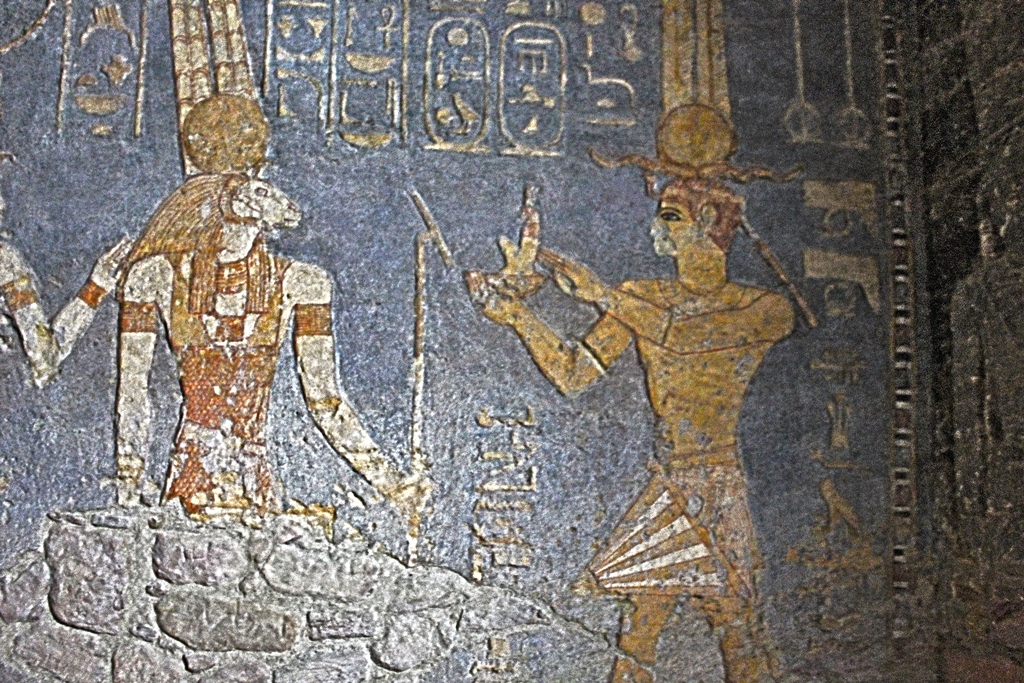 #historyxt" title="<holy mountain>the most prominent ruins on the site are the temples of amun <small temple built by Thutmose III, rebuilt and expanded by piye, destroyed by the romans, rebuilt by natakamani> and mut <built by taharqa> and the pyramids UNESCO; https://whc.unesco.org/en/list/1... href="https://twtext.com//hashtag/historyxt"> #historyxt">
#historyxt" title="<holy mountain>the most prominent ruins on the site are the temples of amun <small temple built by Thutmose III, rebuilt and expanded by piye, destroyed by the romans, rebuilt by natakamani> and mut <built by taharqa> and the pyramids UNESCO; https://whc.unesco.org/en/list/1... href="https://twtext.com//hashtag/historyxt"> #historyxt">
